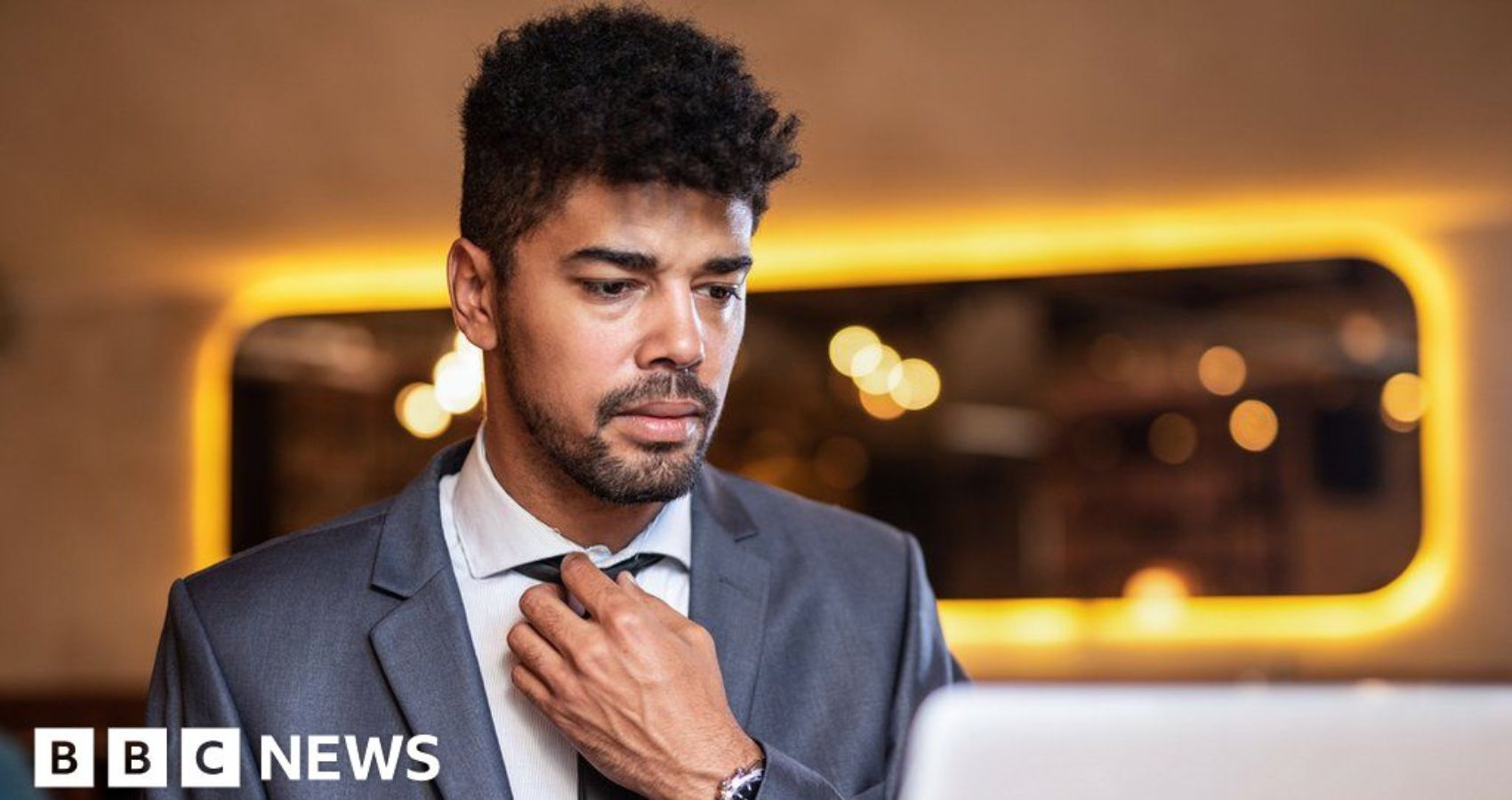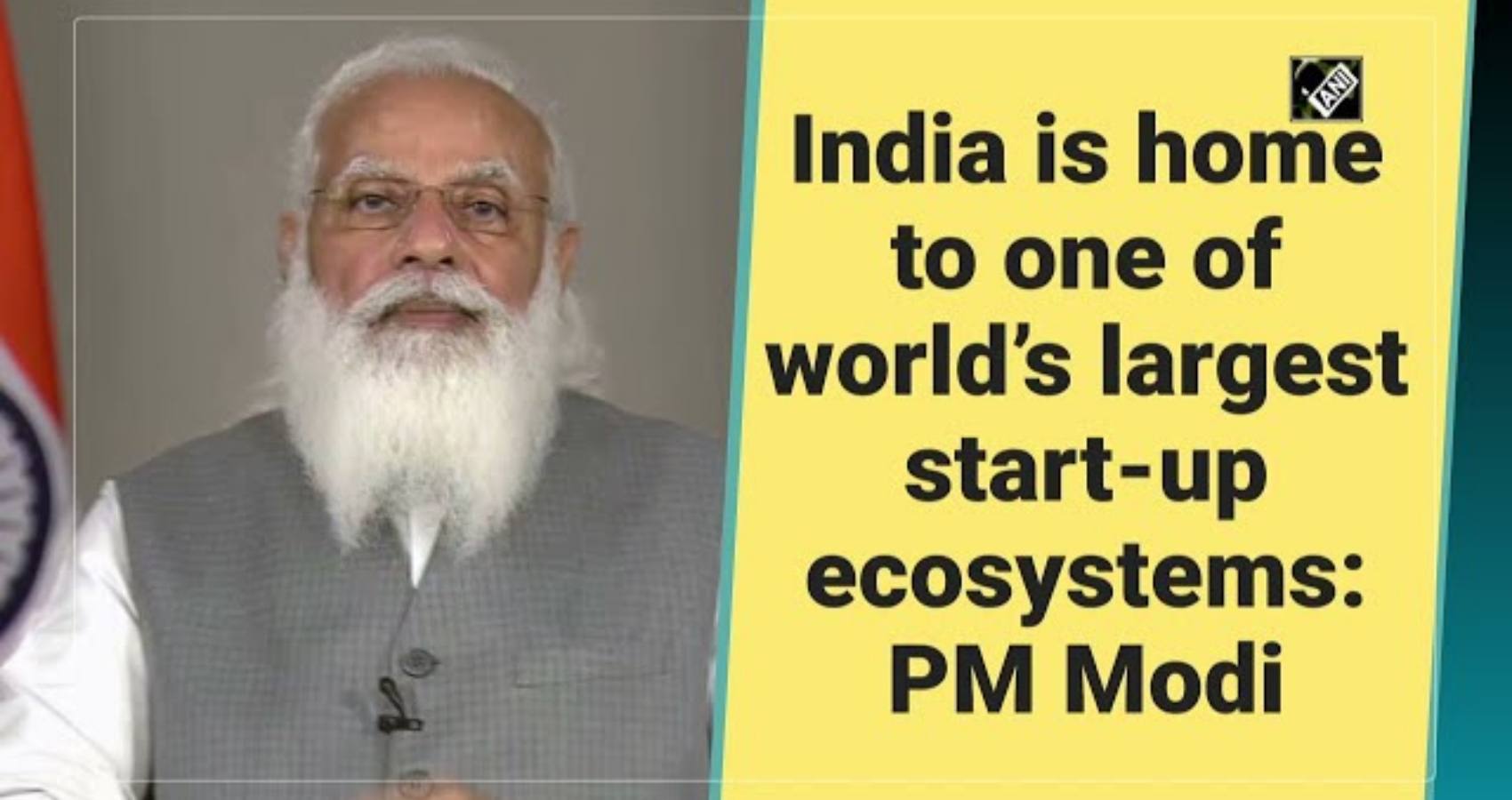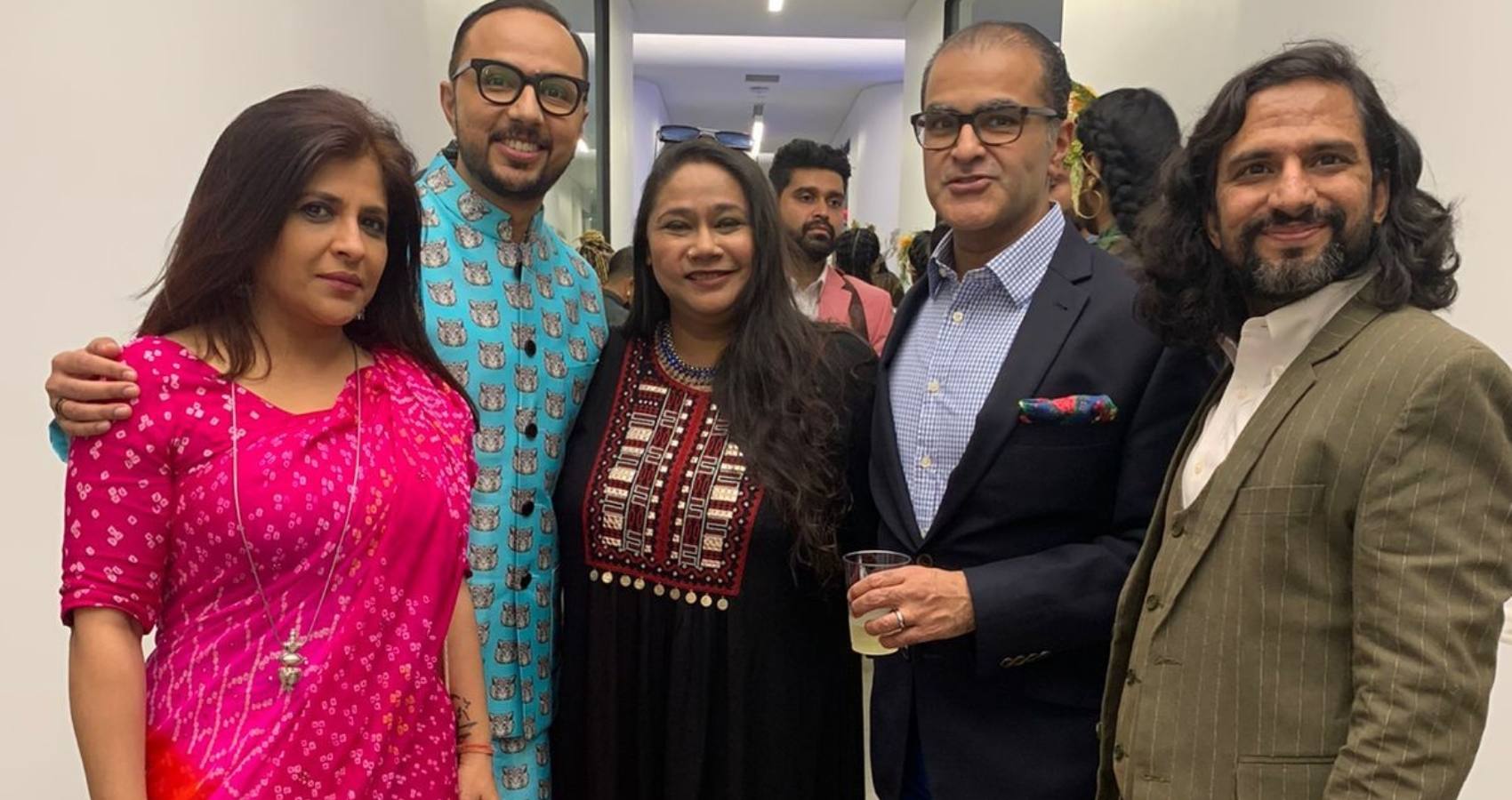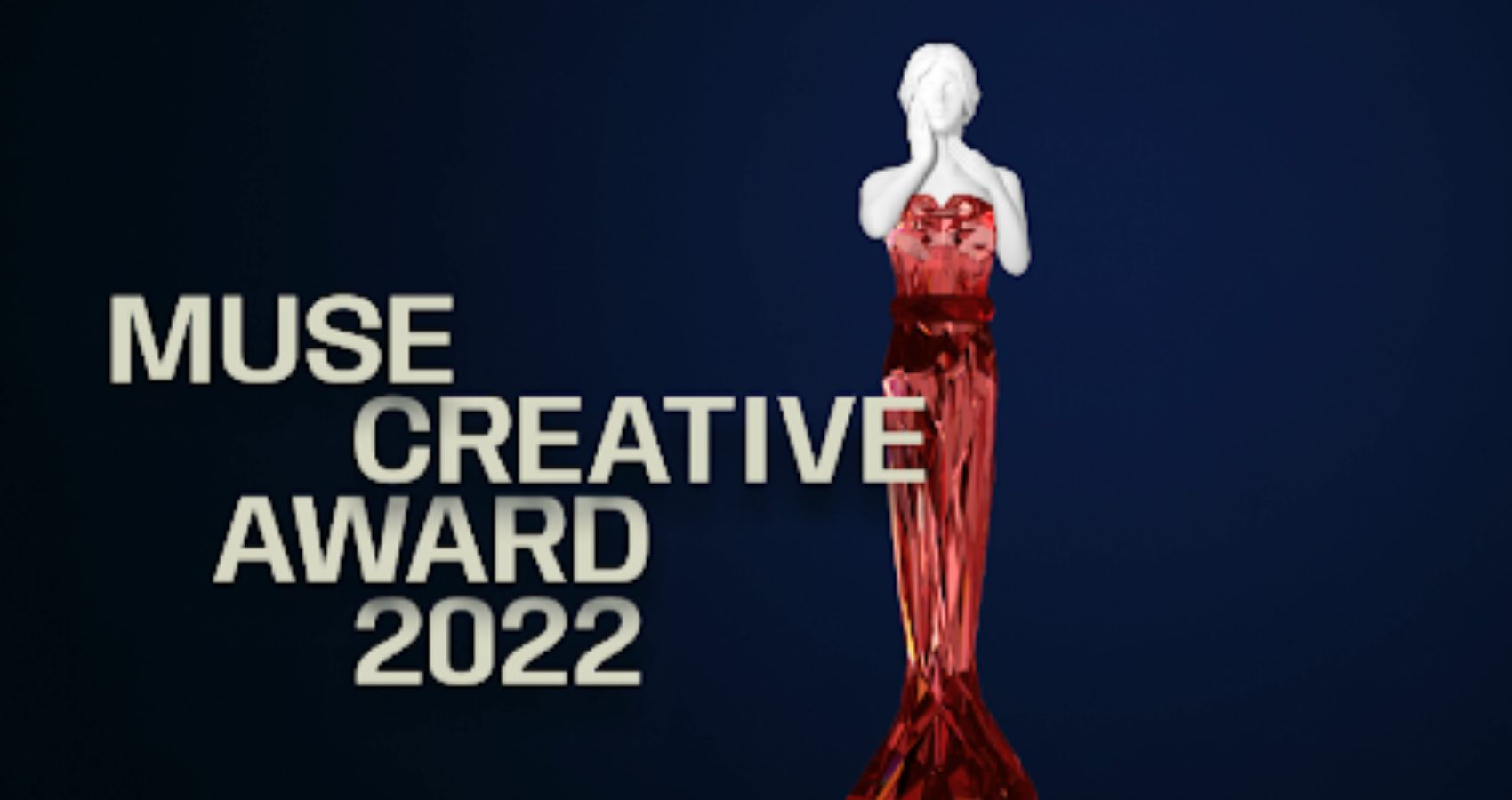It’s not typical for a chatbot to be associated with emotional sensitivity. We often expect subpar writing, fabricated information, and occasional offensive content from them – something I’ve discussed in the past. However, recent advancements in chatbot technology have enabled these AI creations to generate human-like responses to inquiries, giving them an unexpected advantage in a field that is inherently human: healthcare.
Researchers at the University of California, San Diego conducted an experiment by selecting around 200 questions from r/AskDocs, a Reddit forum where verified healthcare professionals address medical queries. These questions were then fed to ChatGPT, a chatbot, and the resulting responses were evaluated by a separate group of healthcare experts alongside answers provided by human doctors.
The findings were astounding. ChatGPT consistently outperformed human doctors in terms of usefulness, with its answers deemed three to four times more reliable. Additionally, chatbot responses exhibited none of the negative tendencies often associated with AI-generated content. Most strikingly, chatbot answers were rated as seven times more empathetic than those from human doctors. As the author noted, “It’s as if the unfeeling android Mr. Data figured out how to convincingly emulate Dr. Crusher’s comforting bedside manner.”
Although human doctors’ empathy levels may not set a high benchmark, it’s remarkable how effectively chatbots can address medical concerns in both style and substance. While it’s unclear whether AI-powered chatbots will revolutionize journalism or improve internet search, they could potentially transform interactions between patients and healthcare providers within our flawed medical system.
The empathy experiment was not designed to prove that ChatGPT could replace doctors or nurses, but rather to demonstrate its potential role in healthcare. The current for-profit healthcare system is plagued by understaffing and overburdened professionals. John Ayers, a computational epidemiologist at UC San Diego and lead author of the study, notes that “people are disconnected from healthcare, and they’re desperate.” Consequently, patients are increasingly turning to forums like r/AskDocs for answers, a trend that doctors never anticipated. With some fine-tuning, chatbots could significantly enhance the patient experience within the medical industry.
The intensity of responding to patient messages has grown tremendously, especially during the COVID pandemic. Remote communication between doctors and patients increased, with research showing that physicians spent nearly an hour daily managing their email inboxes during the pandemic’s first year. Additionally, doctors dedicate almost half their day to electronic medical record administration. Insurance companies often bill for time spent answering messages, making it a potential revenue stream beyond face-to-face consultations.
Previous studies focused on whether patients and doctors liked using messaging systems, but Ayers’ research examined if the systems were effective. “We used real messages,” he explains. “Nobody has ever done that before.” The outcome, based on interaction quality, was clear-cut: “ChatGPT won in a landslide,” Ayers states. “This stuff is probably ready for prime time.”
Ayers is eager to explore the chatbot’s capabilities further by conducting randomized controlled trials to evaluate patient messaging against patient outcomes. He envisions chatbots assisting heart attack survivors with maintaining a low-salt diet, medication reminders, and treatment updates. “A message in that case could save that patient’s life,” he asserts.
While he concept of a compassionate chatbot may seem unsettling or even dangerous, it could be lifesaving in our current healthcare system. An AI assistant may not be more human, but it could be more humane. Specialized AI systems excel at diagnostics, detecting specific issues like tumors or sepsis. However, these systems are expensive and difficult to develop. Consequently, the medical industry is turning to chatbots as a cost-effective, widespread solution.
Despite 60% of Americans in a recent Pew Research Center survey stating they wouldn’t want AI diagnosing or treating them, it’s likely they will experience it anyway. Many healthcare tasks are somewhat formulaic, such as triage or interpreting test results. These perfunctory, robotic tasks are suited for AI.
A recent study by a Harvard research team demonstrated the potential of chatbots in thiscontext. They presented health problem descriptions to physicians, non-medically trained individuals, and ChatGPT, asking them to diagnose the illness and provide triage recommendations. The results showcased the potential for AI chatbots to excel in these robotic healthcare tasks.
The non-medically trained participants in the study were allowed to use the internet for assistance, often referred to as “Dr. Google” by healthcare professionals. Despite this, their diagnostic abilities remained poor compared to physicians. The chatbot, on the other hand, demonstrated remarkable diagnostic accuracy, scoring over 80% compared to the human doctors’ score of over 90%. When it came to triage, ChatGPT achieved a 70% success rate, which, although not as impressive as the physicians’ 91%, is still noteworthy considering it’s a general-purpose chatbot.
Envision chatbots taking on mundane and time-consuming tasks in healthcare, such as appointment scheduling, insurance authorization, and managing electronic medical records. Teva Brender, a medical resident at UC San Francisco, points out that these tasks are physically and emotionally draining and were never the reason healthcare professionals entered the field. If chatbots could handle the initial stages of these bureaucratic processes, physicians could review and approve the content more efficiently.
The likelihood is that highly trained chatbots will collaborate with doctors, nurses, and physician assistants to provide more empathetic and comprehensive care for patients. In the current healthcare system, people are so desperate for medical help that they resort to posting personal images on forums like r/STD for diagnosis. This highlights the inadequacy of the existing system and suggests that AI could be an improvement.
Jonathan Chen, a physician at Stanford University School of Medicine, believes that patients may prefer imperfect advice from 24/7 automated systems over waiting months for a human expert. To enhance AI-driven systems, teams like Ayers’ are developing smaller language models with specialized medical knowledge. By granting these chatbots access to individuals’ medical records, they could offer more tailored advice. “When this tech gets access to electronic health records, that’s the real game changer,” says Ayers.
The prospect of AI-driven health advice accessing medical records is concerning, especially considering the potential for dystopian outcomes. The FDA has yet to establish a regulatory framework for AI and machine learning in medical devices, and liability issues surrounding chatbot advice must be addressed. Moreover, healthcare AI startups may prioritize profit over patient outcomes, leading to cheaper versions of the technology that could spread dangerous misinformation.
Greg Corrado, the head of Health AI at Google, warns against developing these systems in isolation, emphasizing the importance of collaboration with healthcare experts to ensure privacy, safety, and true benefits to patients. While it won’t be an easy task, utilizing robots to help maintain our health in a system that doesn’t provide adequate human care could be a valuable solution. If they can simulate empathy better than human doctors, it would be a welcome bonus.
Student Loan Payments Set to Resume in August After 3-Year Pause, Affecting 43 Million Borrowers Amid Debt Ceiling Bill Negotiations
As part of the negotiations over the debt ceiling bill, it has been agreed that payments on federally funded student loan debts will resume in August. This comes after a pause of over three years and accrued interest, which was put in place at the start of the pandemic. The end of the pause on payments now has a hard ending date, with two potential end dates. The pause will end either 60 days after the U.S. Supreme Court issues a decision on lawsuits brought against the administration over the loan forgiveness plan, or 60 days after June 30th, 2022, whichever comes first. Therefore, the latest the pause will be lifted is on August 29th, 2022. Payments will resume no later than September 1st, 2022.
The resumption of payments will affect around 43 million borrowers who owe over a trillion dollars in student loan debt. However, one factor that could change the date of the loan repayment is a joint resolution passed by Congress in the past two weeks. The legislation, which was passed with the help of some Democratic senators and representatives, calls for borrowers to begin repaying loans and blocks President Biden’s loan forgiveness program.
Democratic Senators, Joe Manchin of West Virginia and Jon Tester of Montana, voted for the bill, as well as independent Arizona Senator, Kyrsten Sinema. In the House, Maine Representative, Jared Golden, and Washington Representative, Marie Gluesenkamp Perez, both Democrats, voted for the bill. Despite this, President Biden has said he will veto the bill when it gets to his desk.
The joint resolution was introduced in late March using the Congressional Review Act, which allows Congress to roll back any regulation from the executive branch without needing to clear the 60-vote threshold in the Senate that is necessary for most legislation to pass. Republicans believe taxpayers shouldn’t have to pay for people who chose to take out loans
to pay for college educations. Sen. John Thune of South Dakota stated, “We’re asking taxpayers at large to foot the bill for student loan cancellation for Americans who enjoy greater long-term earning potential than many of the Americans who will be helping to shoulder the burden. The president’s student loan giveaway isn’t a government handout for the needy, it’s a government handout that will be disproportionately beneficial to Americans who are better off.”
Democrats, on the other hand, argue that the majority of the help on loans will go to those who can least afford to repay them. Sen. Patty Murray of Washington stated, “I’ve heard from so many people across my state who were so grateful and relieved to have a glimmer of hope, to see a light at the end of the tunnel, and now Republicans want to snuff it out.”
If you have a loan payment coming up, there are some actions you should take. First, make sure your student loan servicer knows where you are. You can do this by going to your servicer’s website and verifying that it has your latest contact information. Your loan servicer may also send out notices by email, text, or mail with information about the resumption of payments. If you do not know who services your loan, go to StudentAid.gov, find your account dashboard, and scroll down to the “My Loan Servicers” section. You can also call the Federal Student Aid Information Center at 1-800-433-3243. “People should know the clock starts ticking and interest starts accruing,” said Scott Buchanan, executive director at the Student Loan Servicing Alliance trade organization, adding that “they should start contacting their servicers now.”
In conclusion, while payments on federally funded student loans are set to resume in August, there is a joint resolution that calls for borrowers to begin repaying loans and block Biden’s loan forgiveness program. With the possibility of a veto by President Biden, the fate of the resolution remains uncertain. Therefore, borrowers should prepare for the resumption of payments and ensure that their loan servicers have their latest contact information.
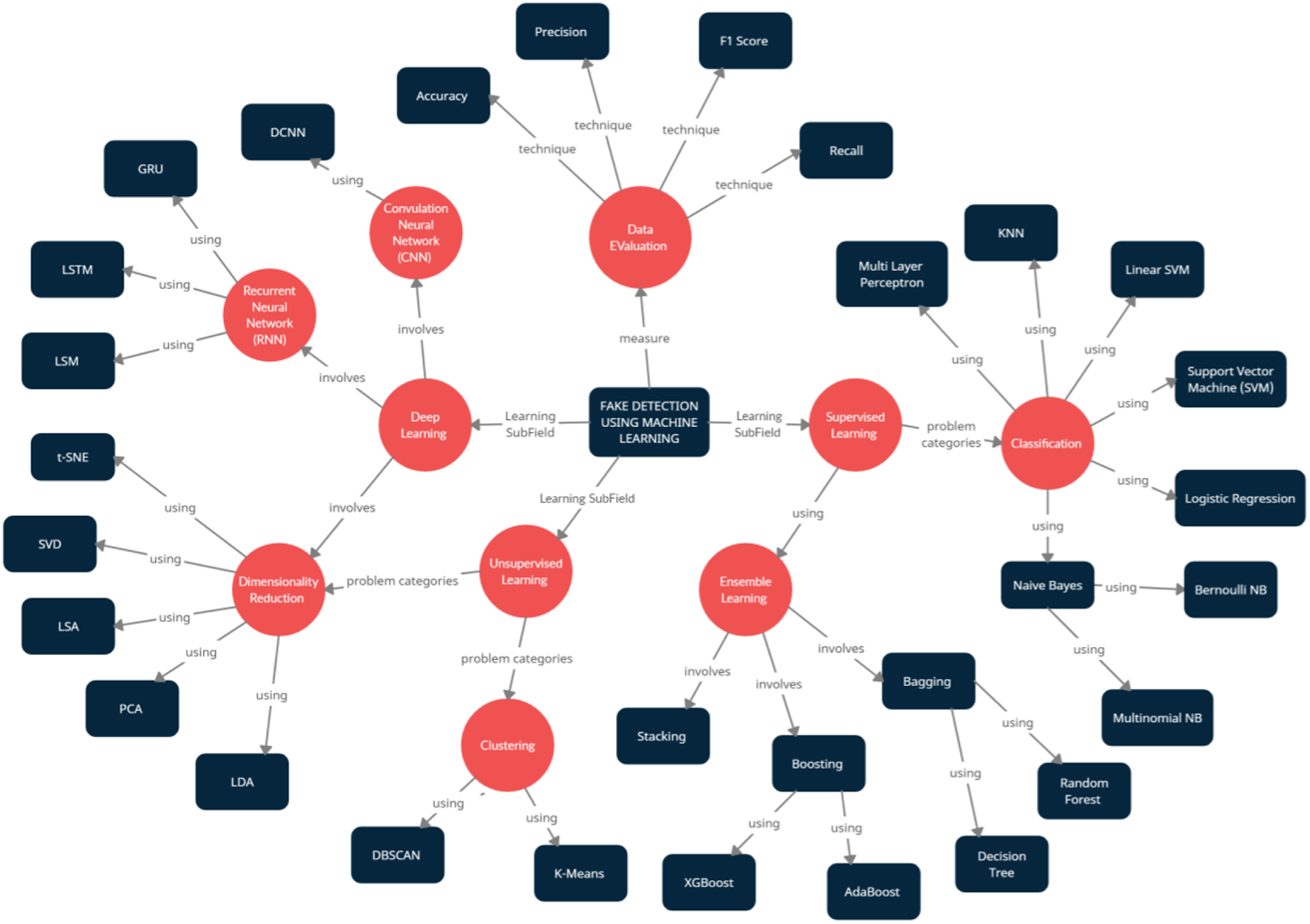

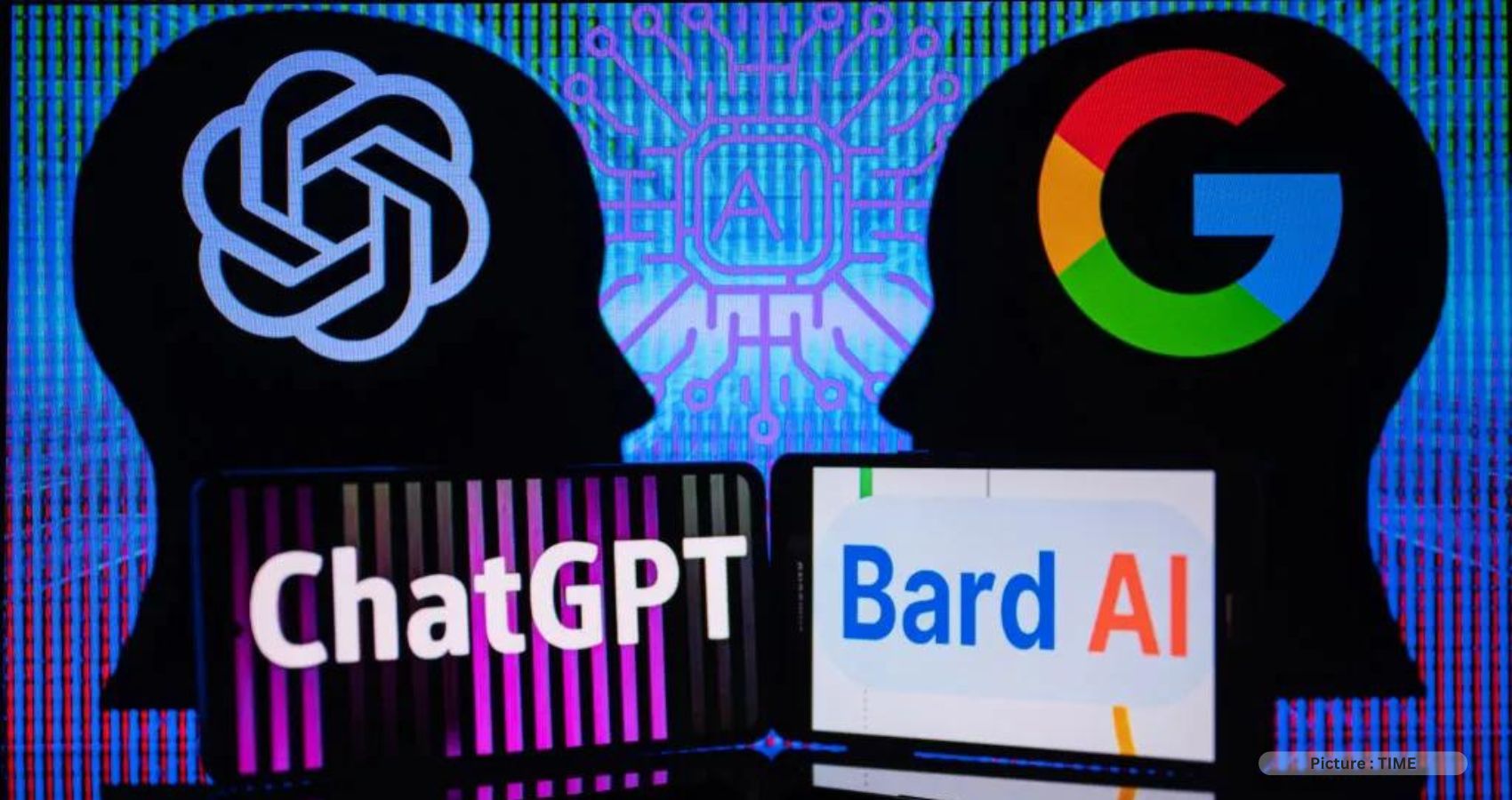


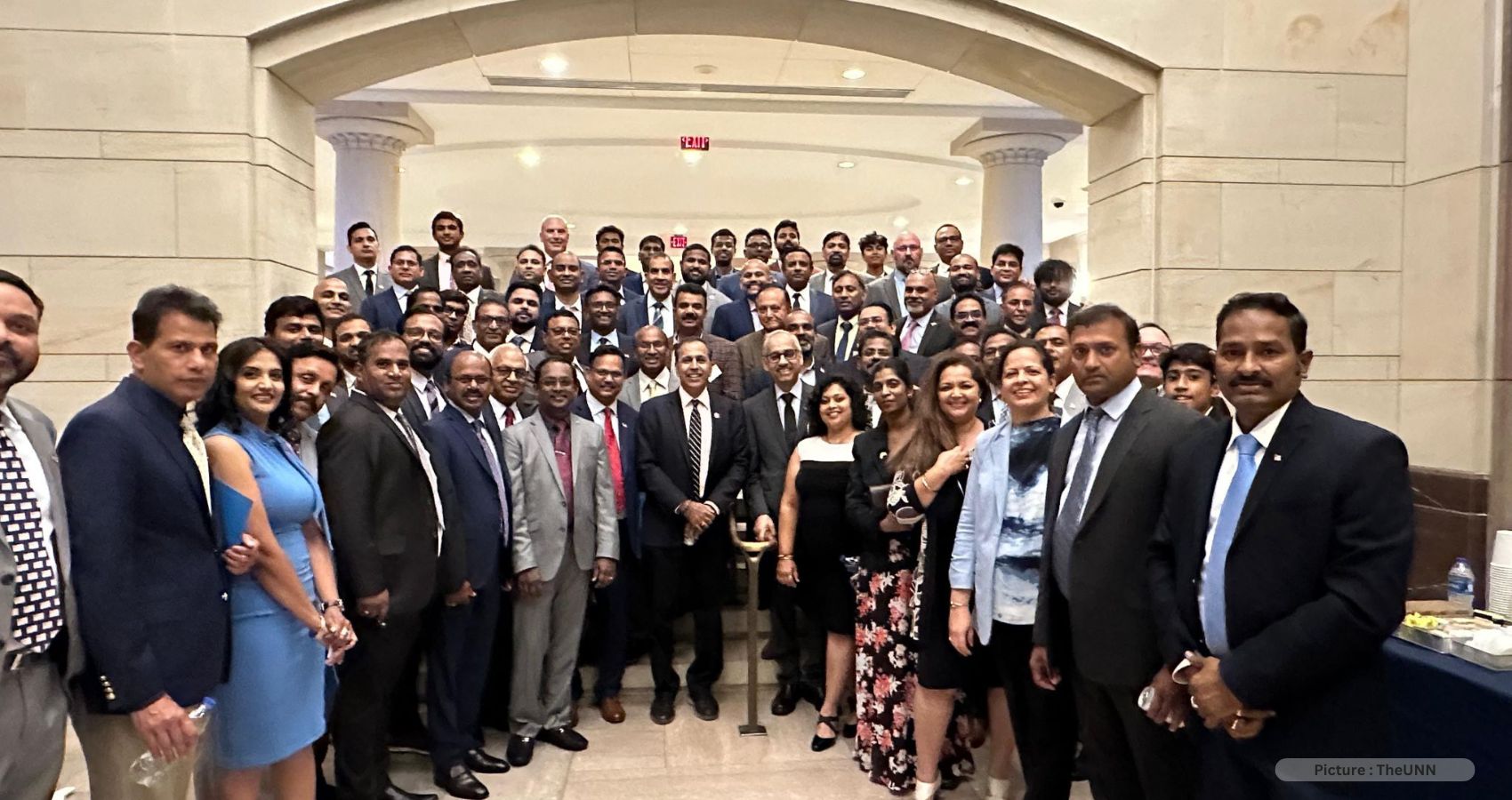
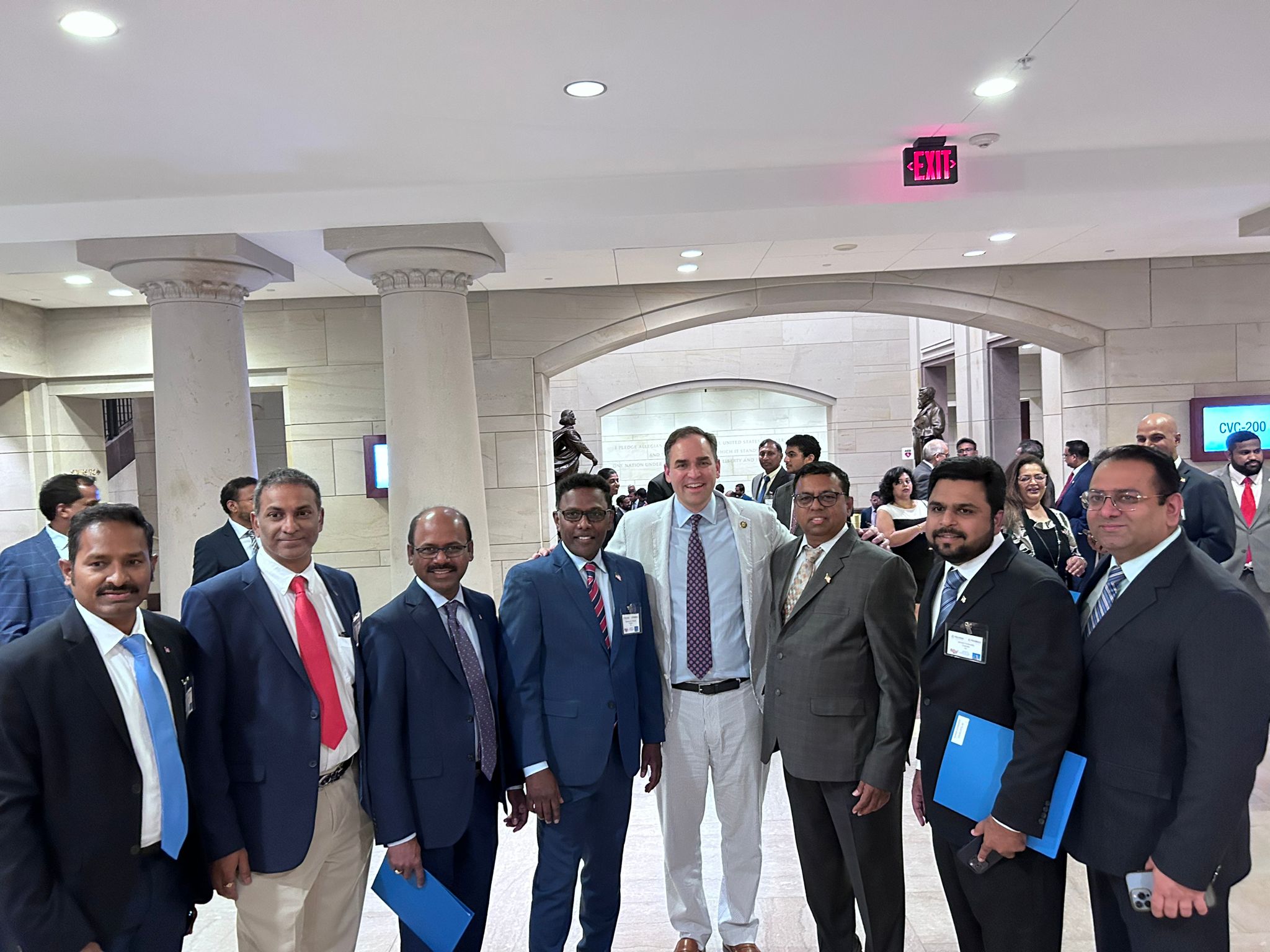
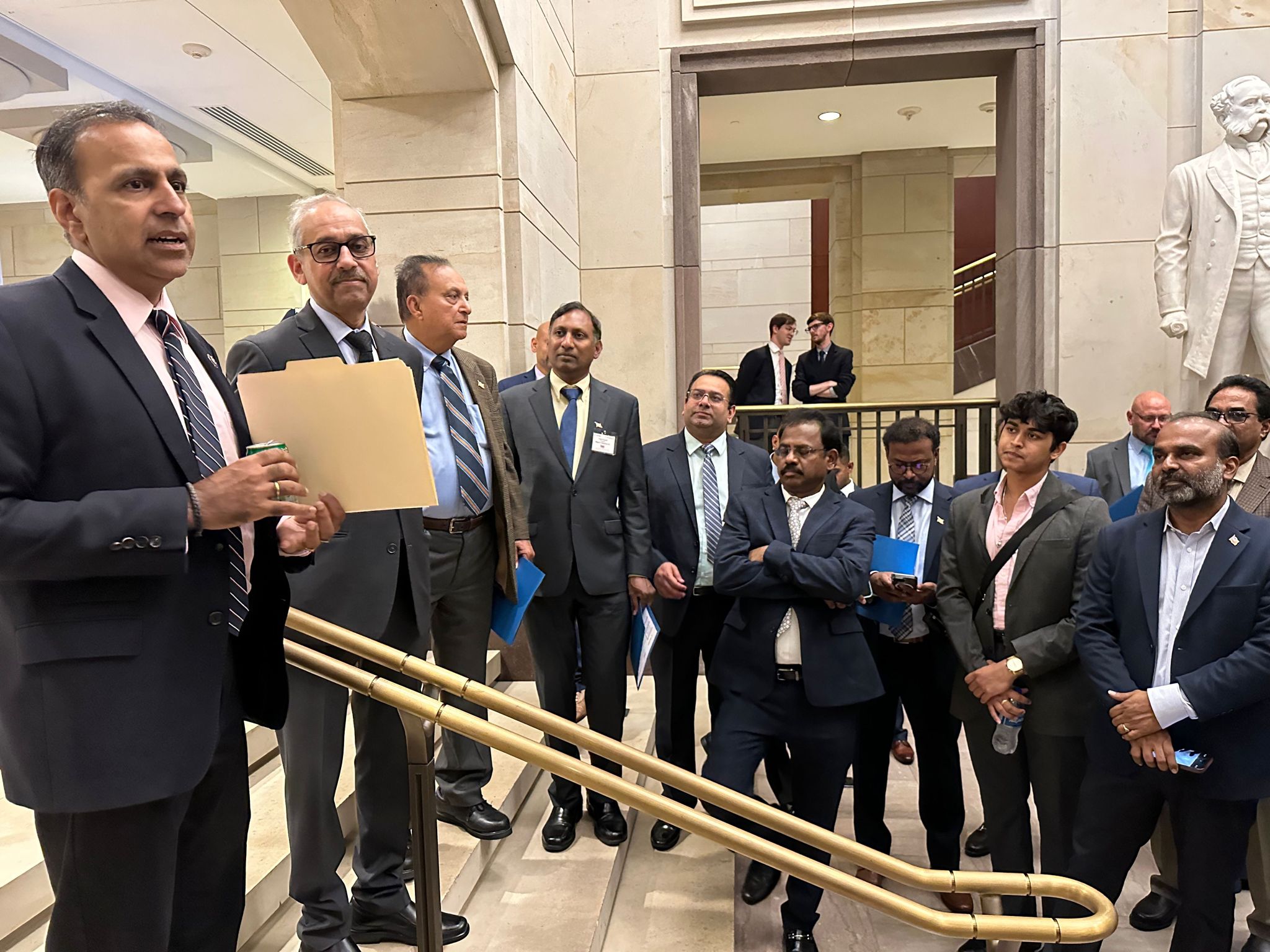
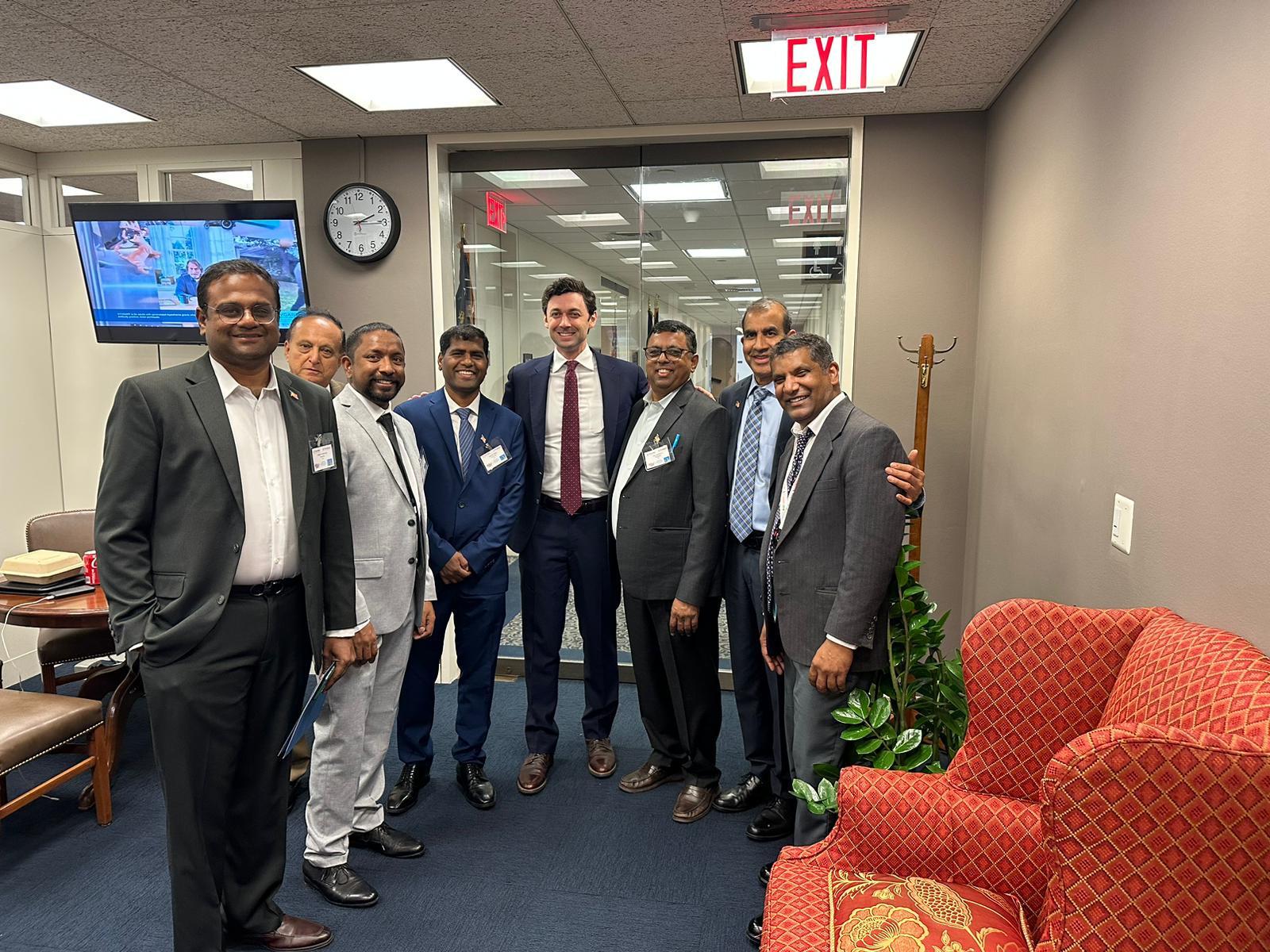
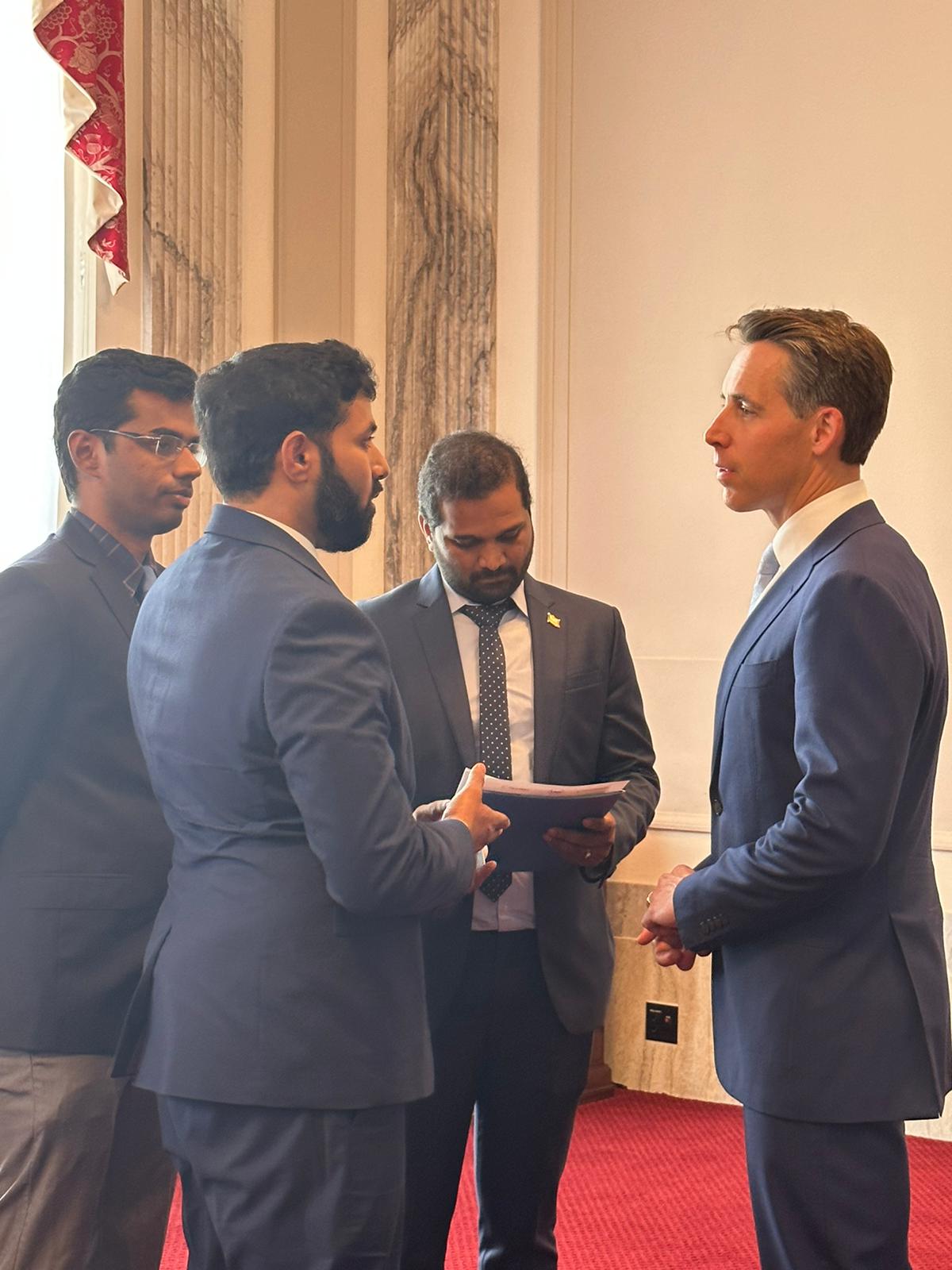
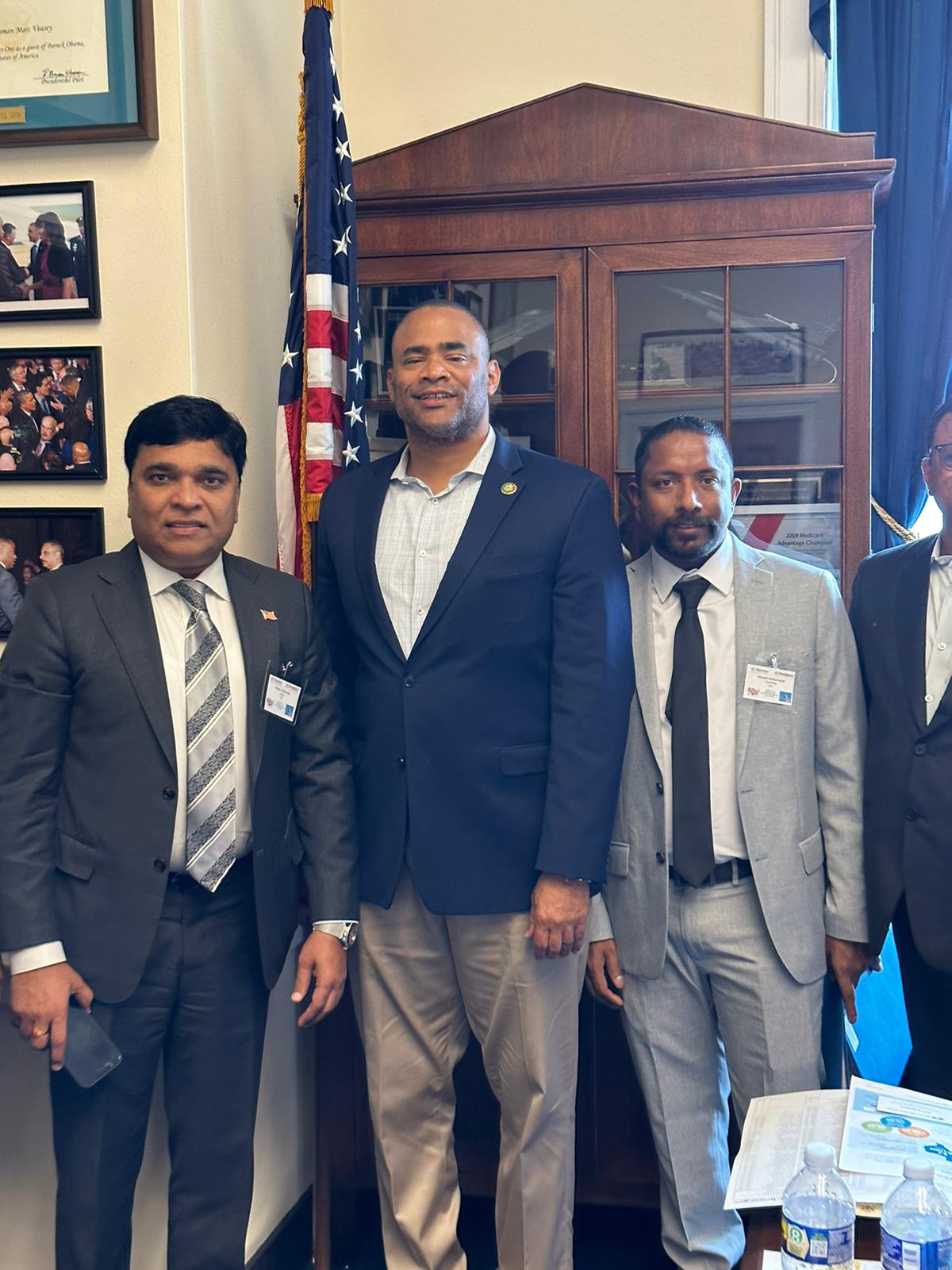

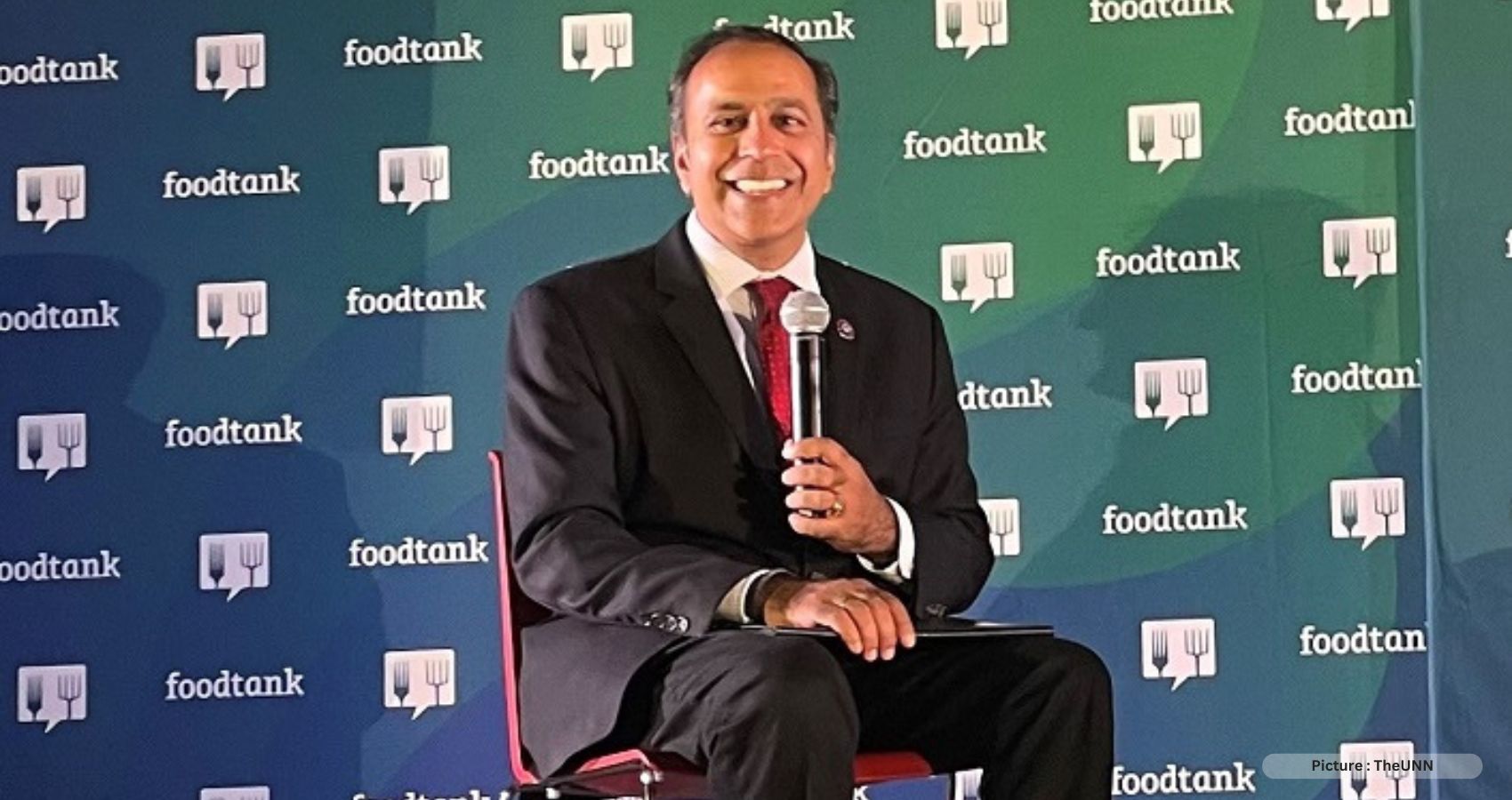
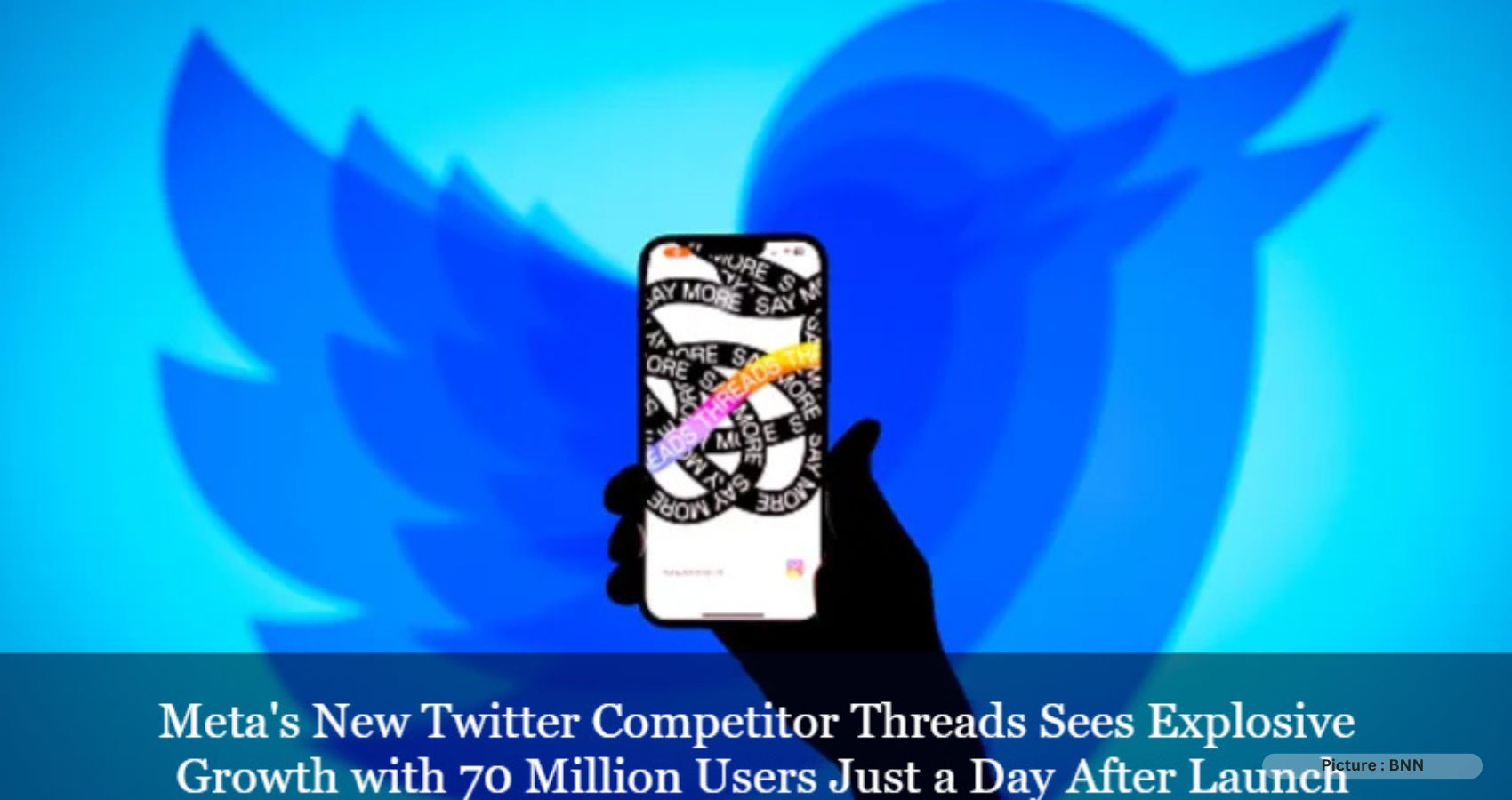


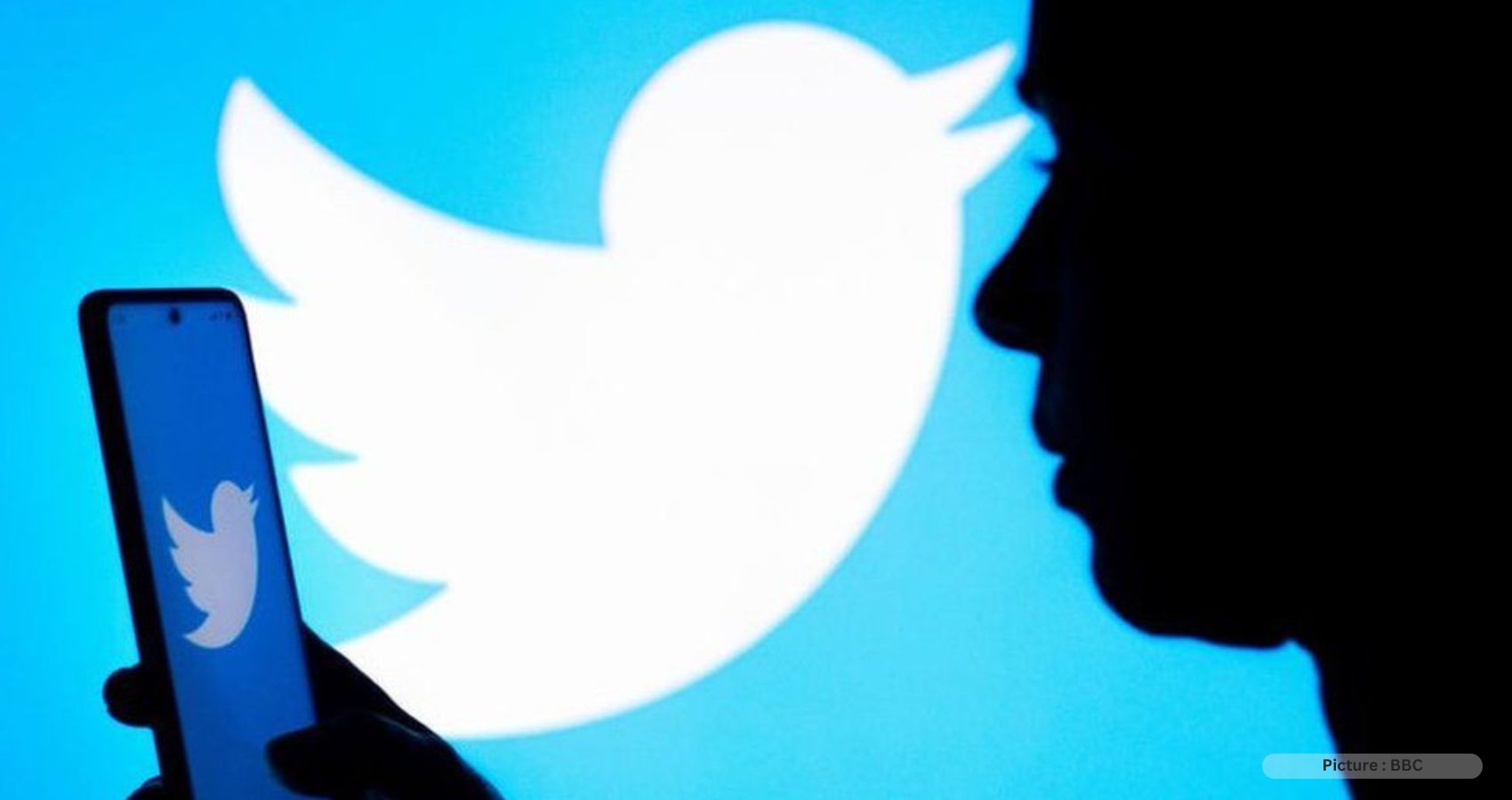
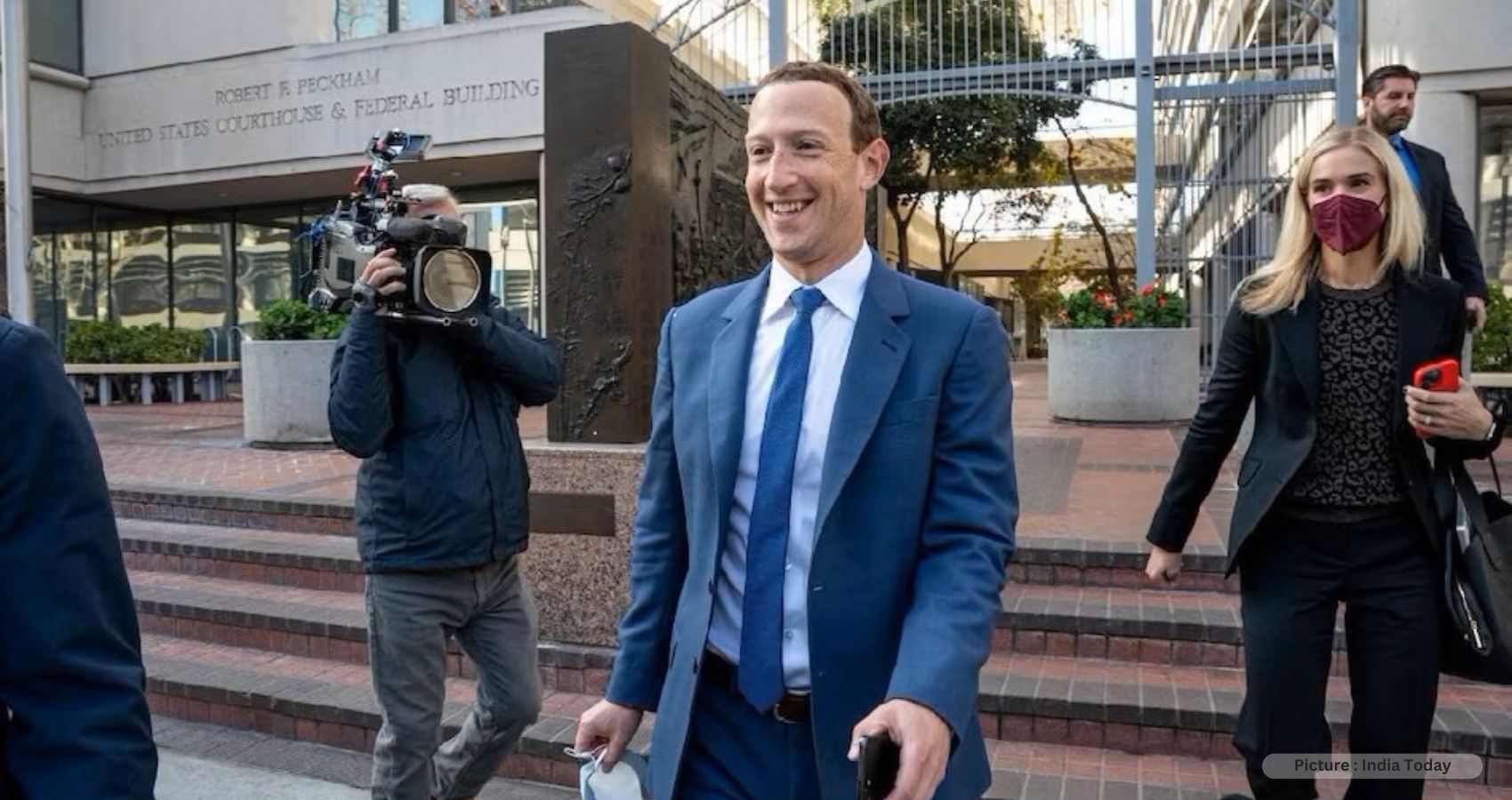
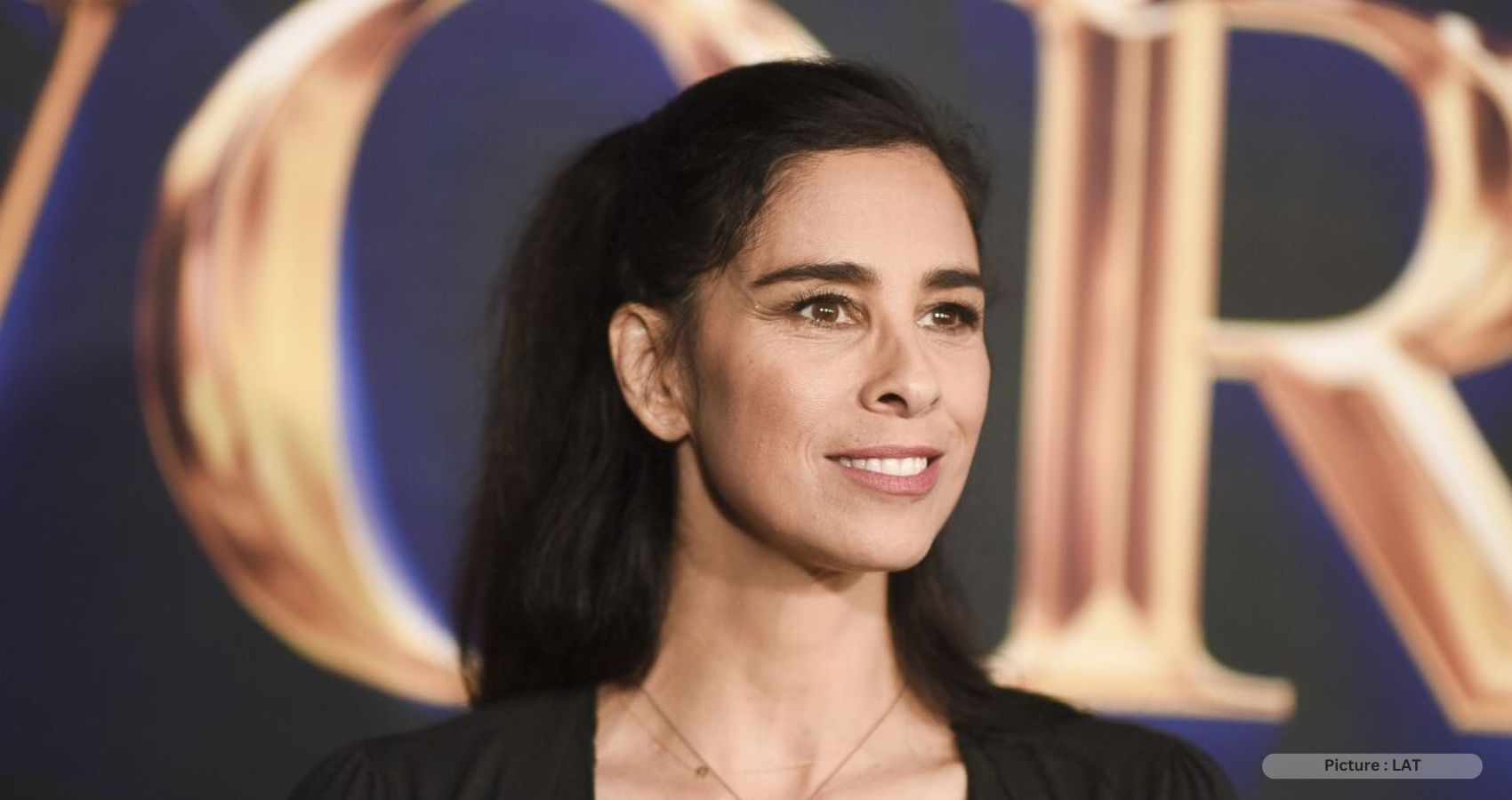
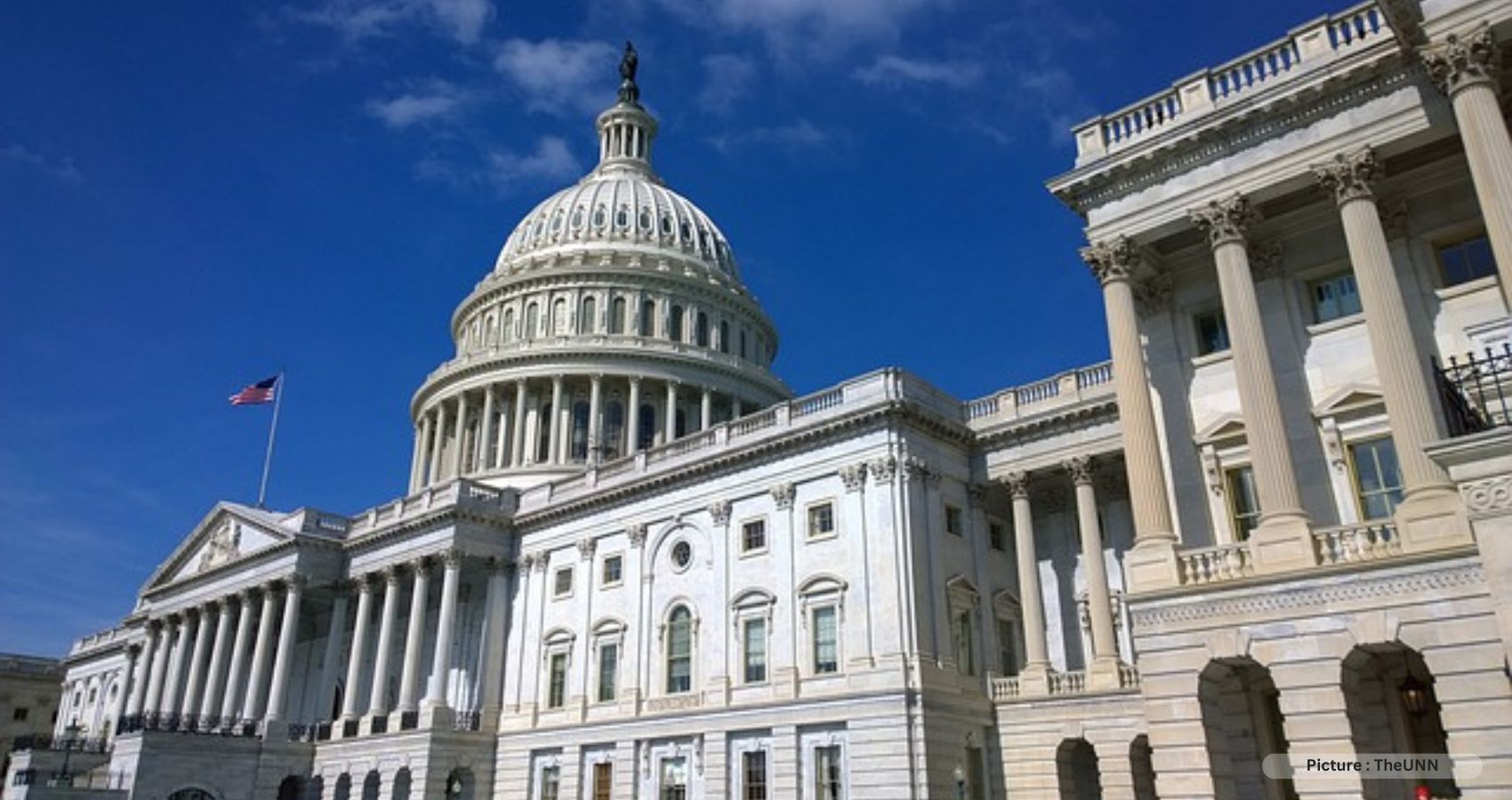

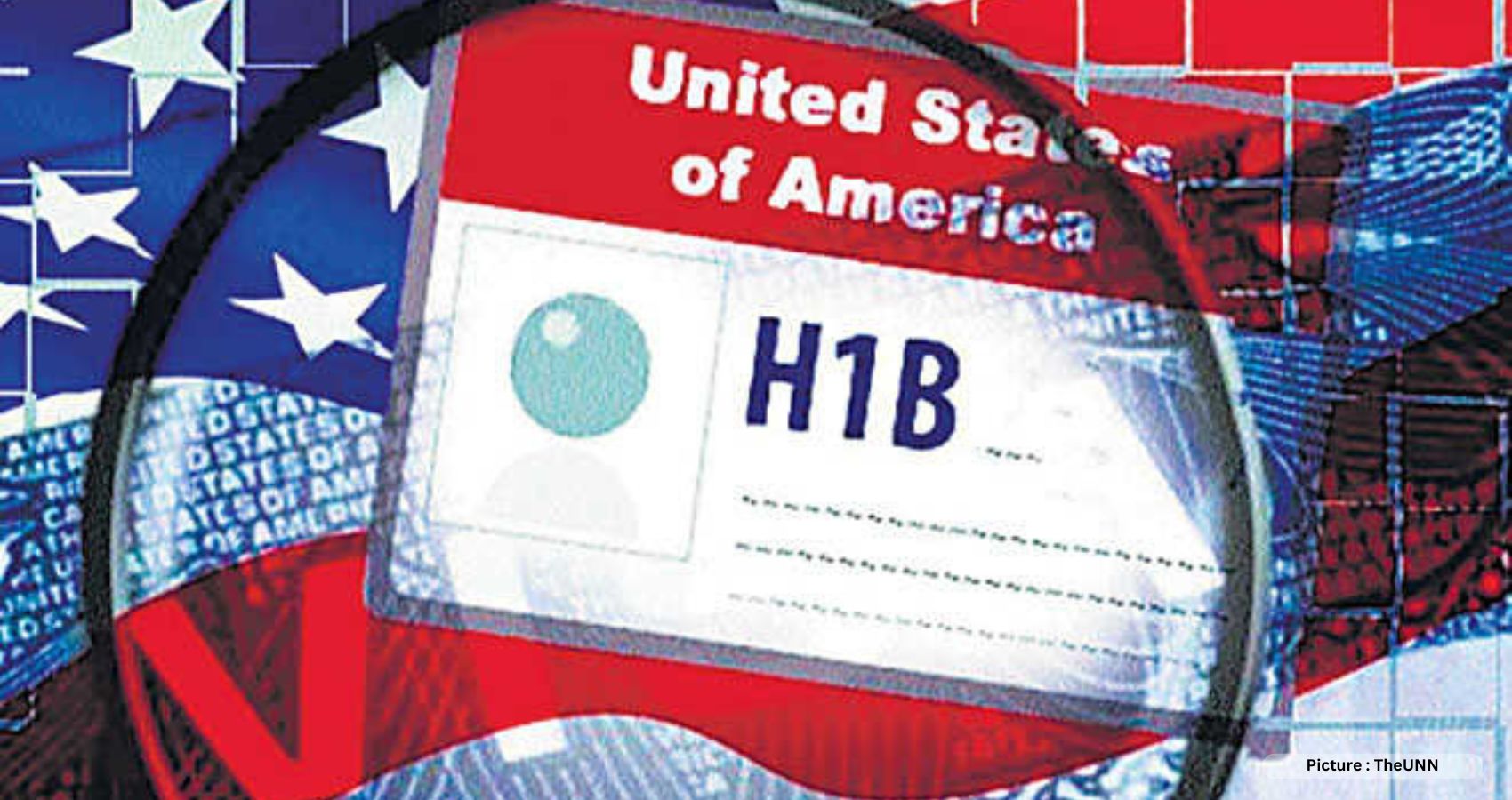
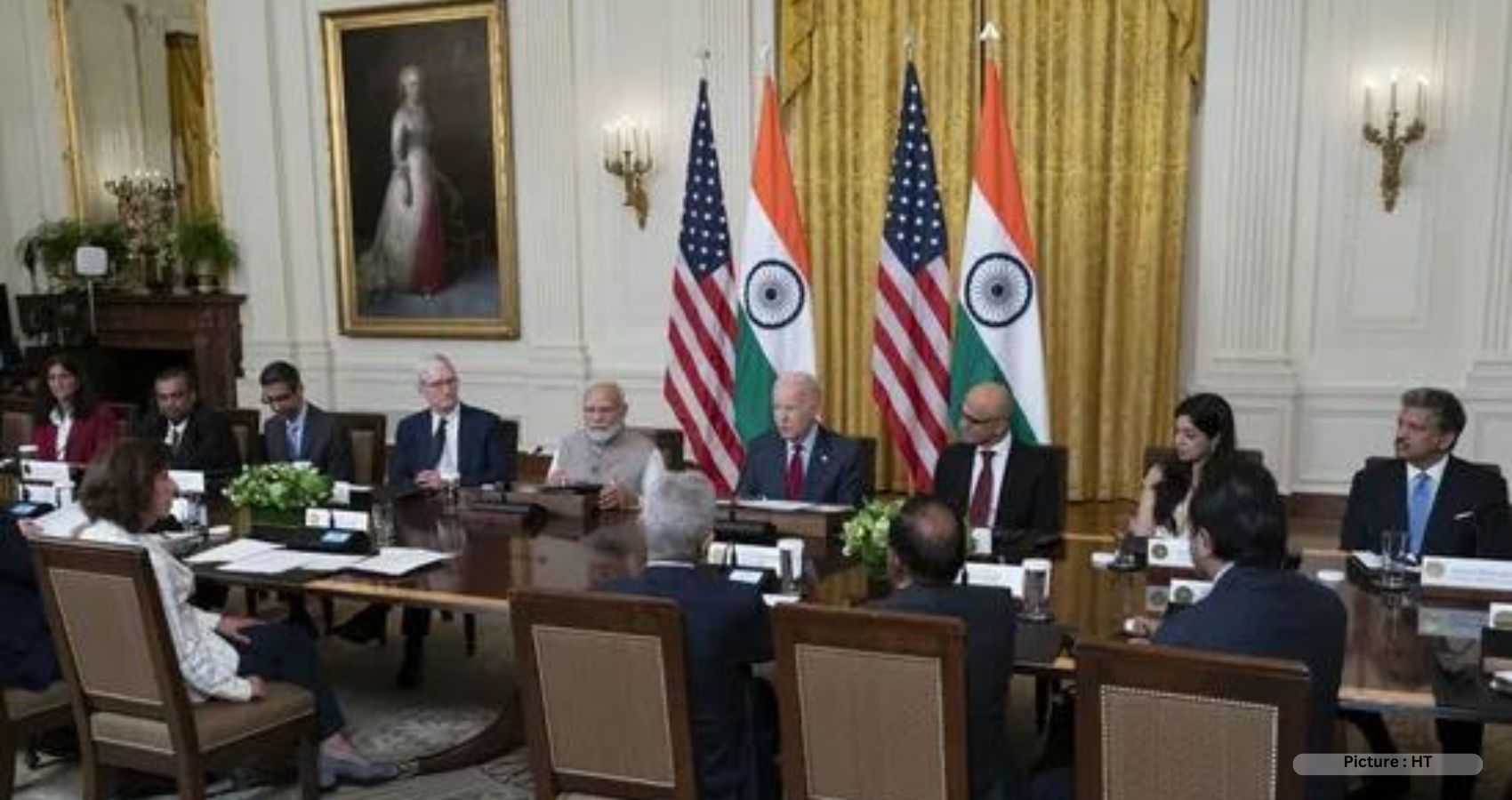
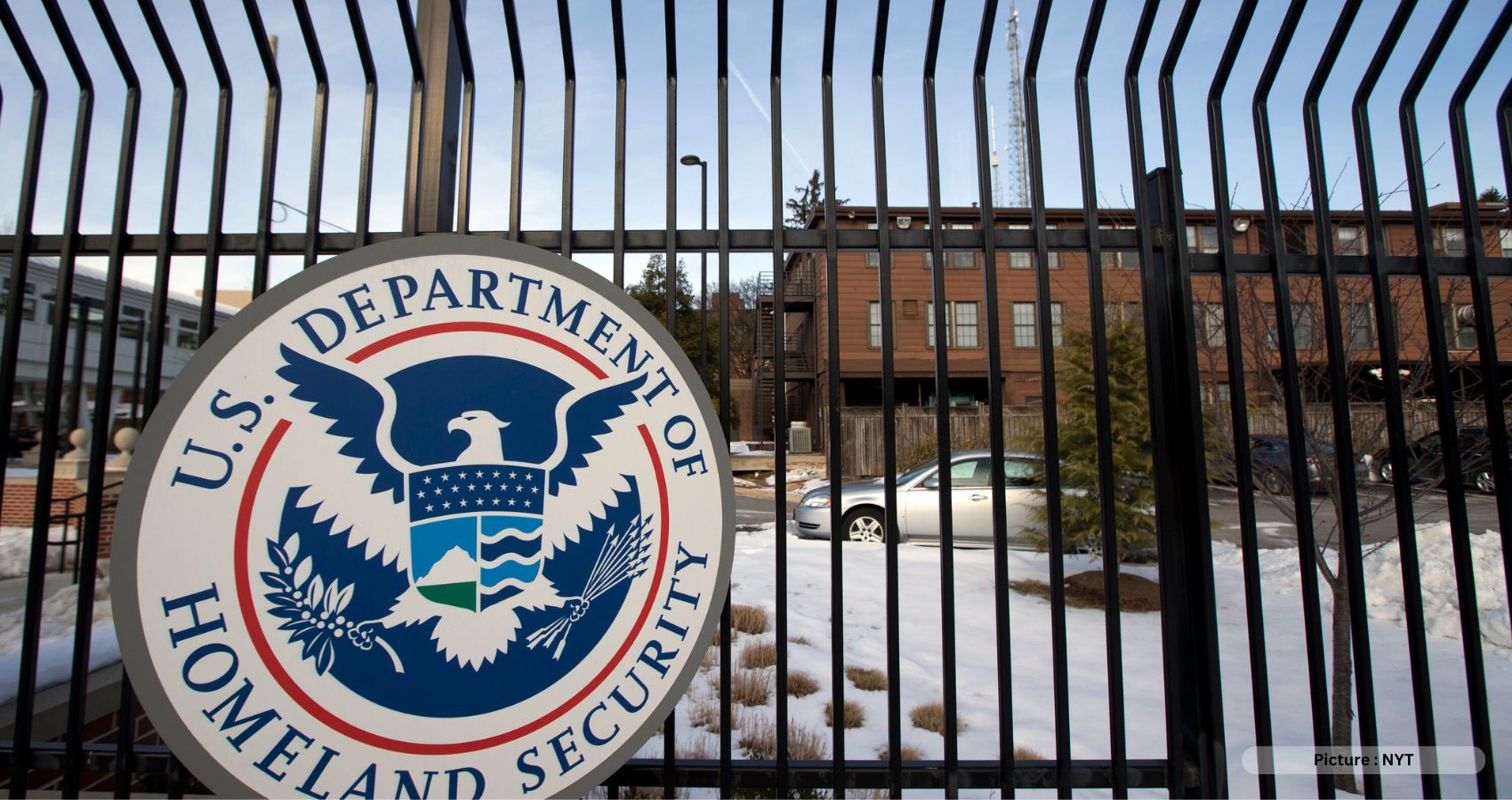




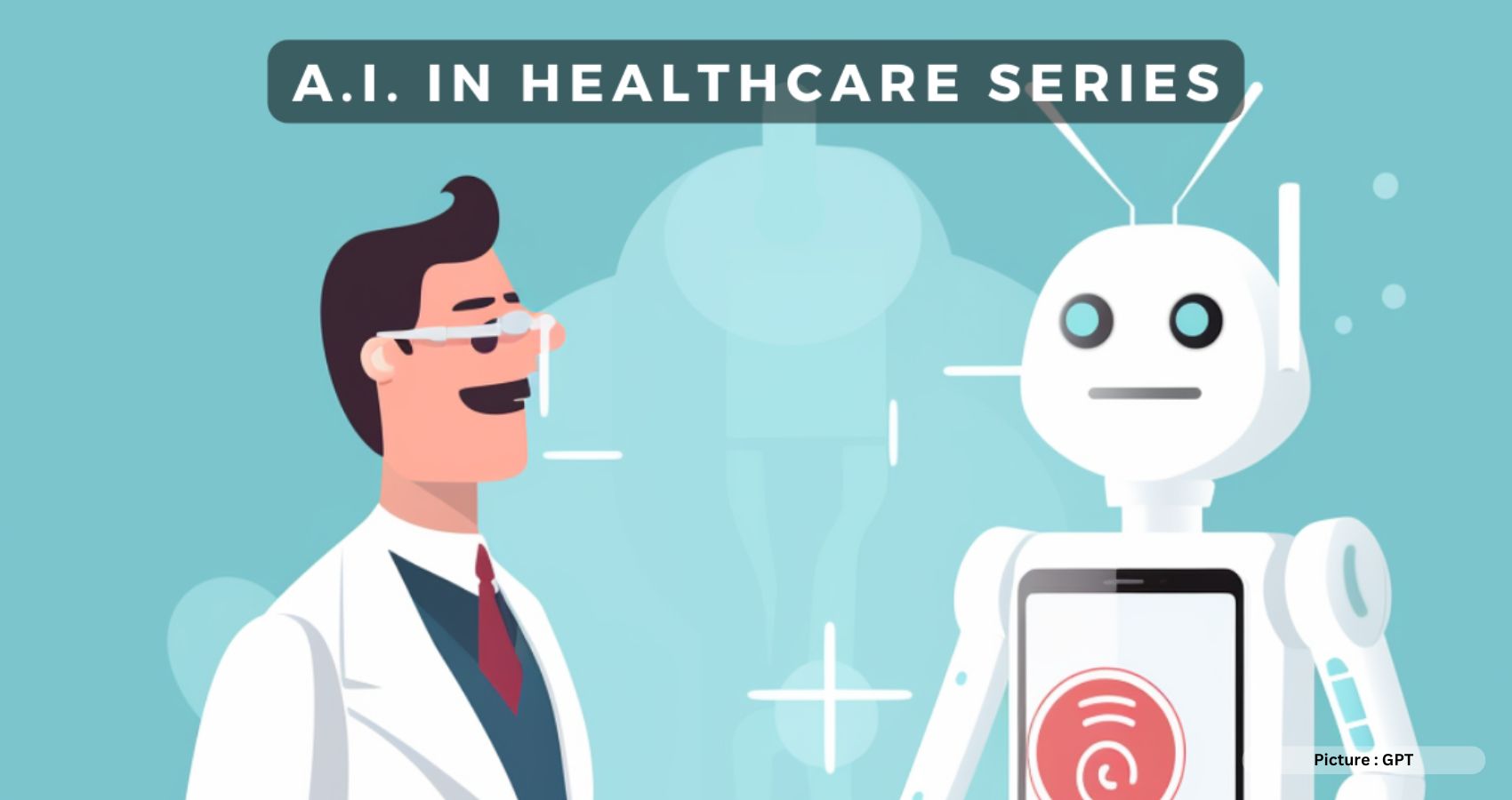
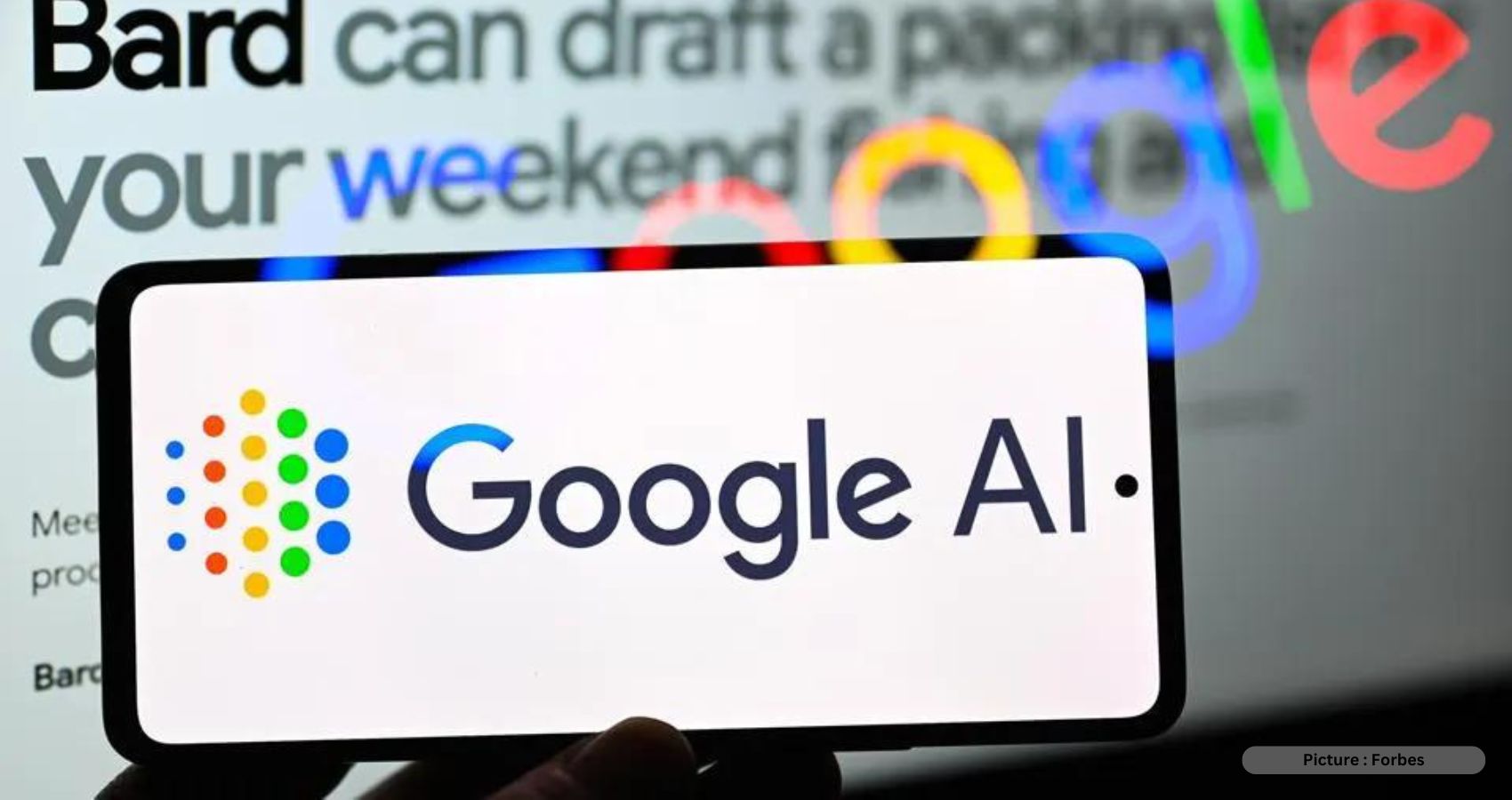

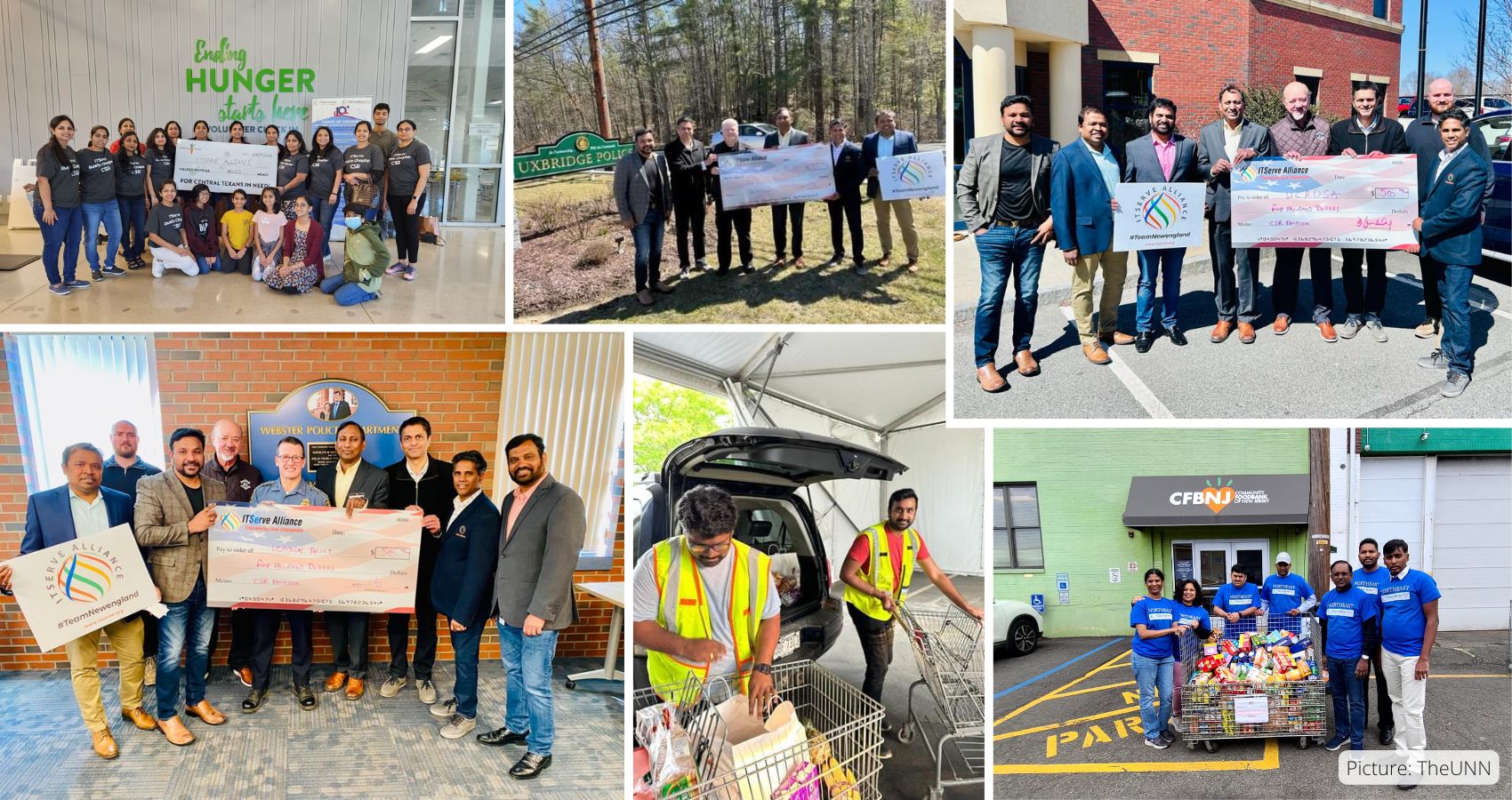
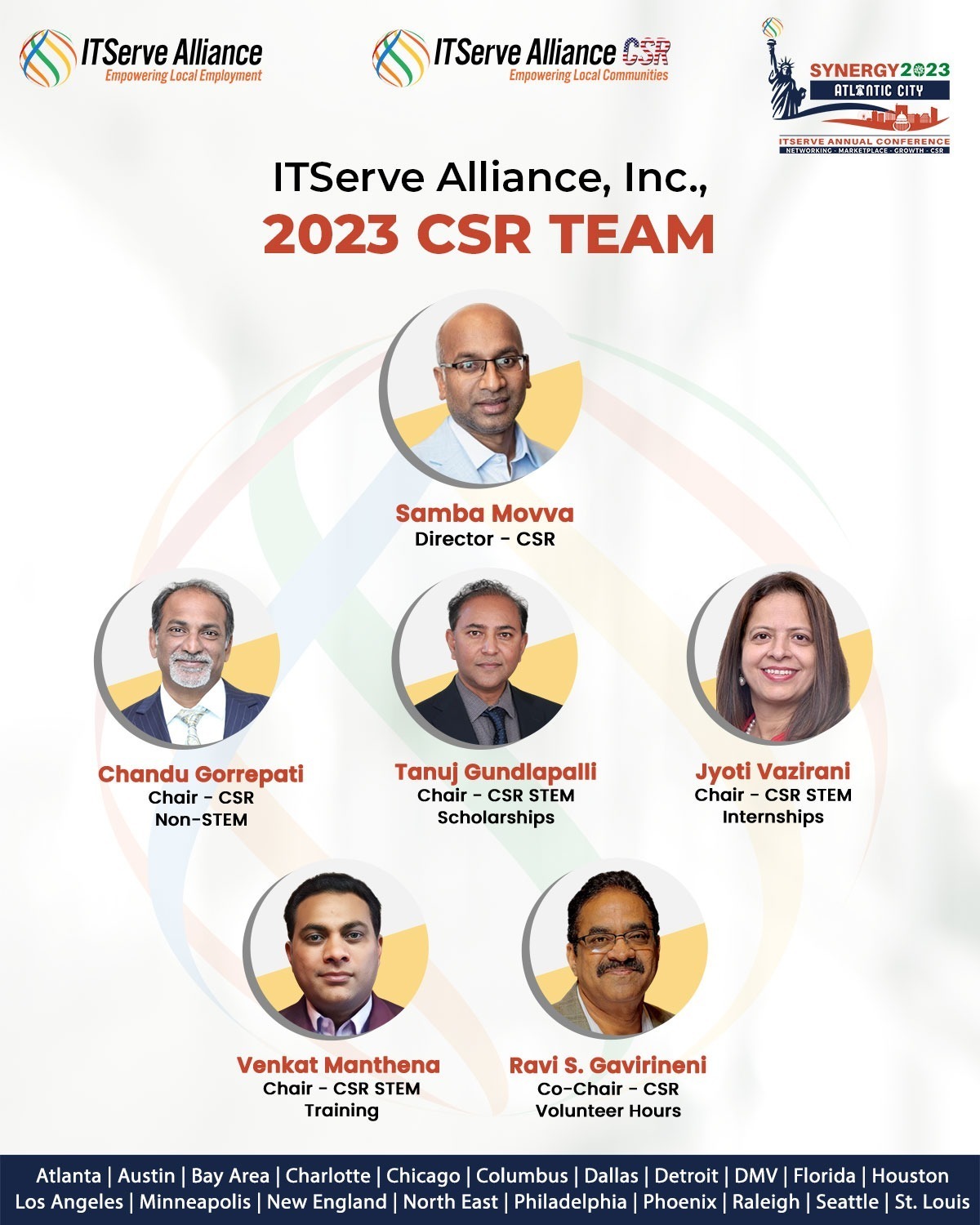 Over the years, ITServe Alliance has established a name for itself as the center point of information for its members and the larger community, covering a variety of areas ranging from immigration, technology, economy, and many more that are relevant to its members. ITServe has 20 Chapters in several states across the United States, bringing resources and service to the larger humanity in every part of this innovation country.
Over the years, ITServe Alliance has established a name for itself as the center point of information for its members and the larger community, covering a variety of areas ranging from immigration, technology, economy, and many more that are relevant to its members. ITServe has 20 Chapters in several states across the United States, bringing resources and service to the larger humanity in every part of this innovation country.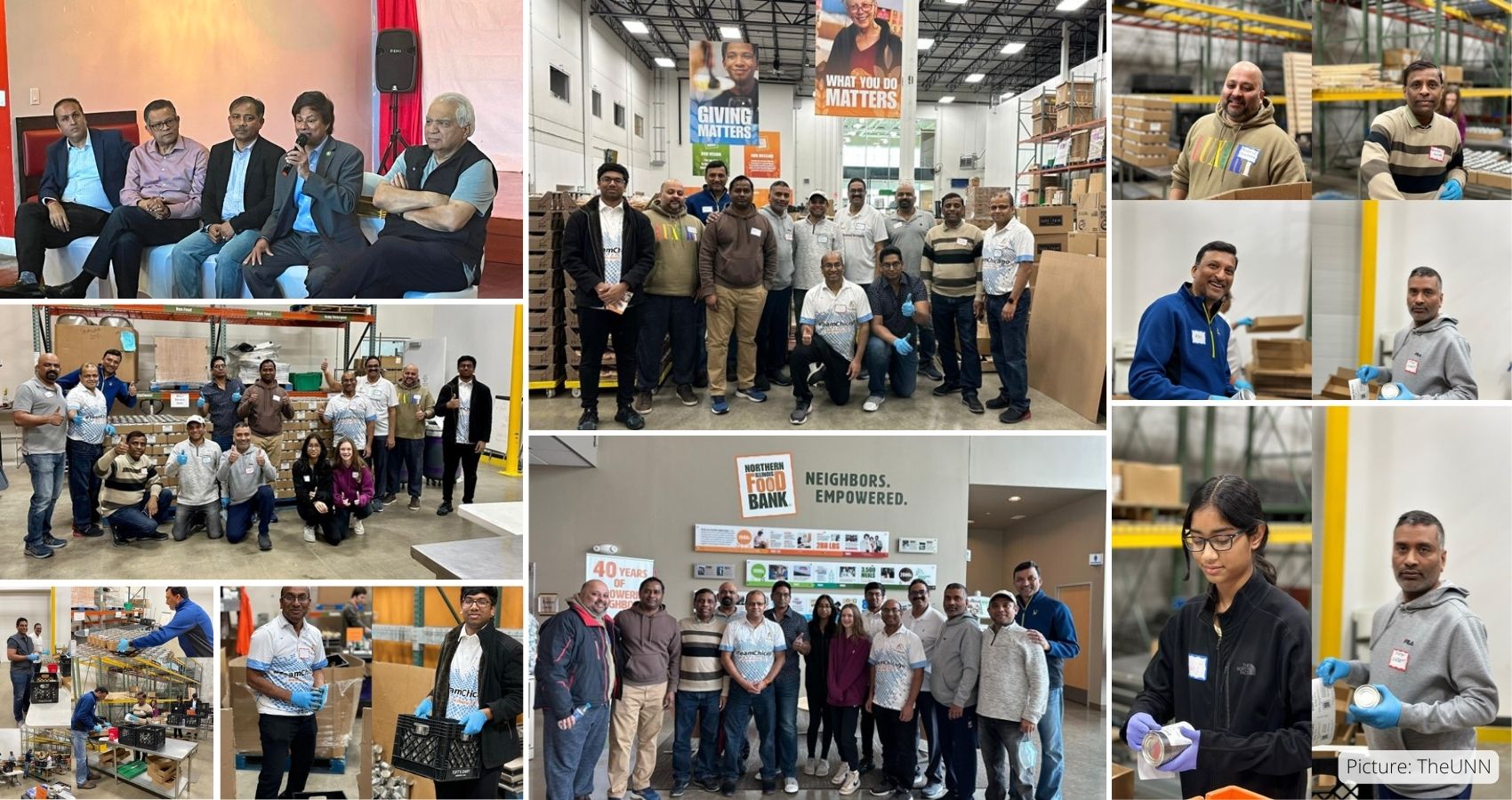
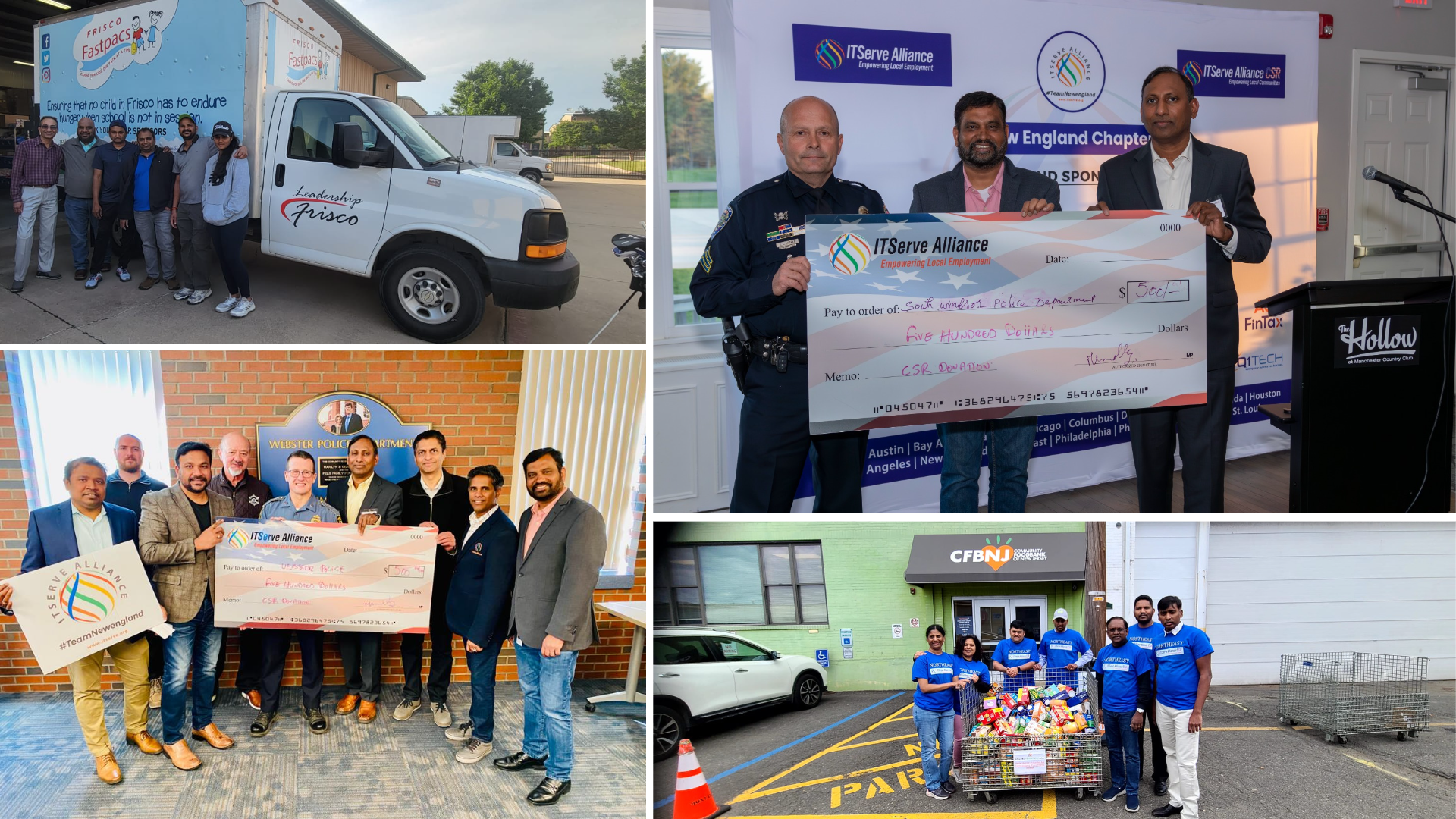
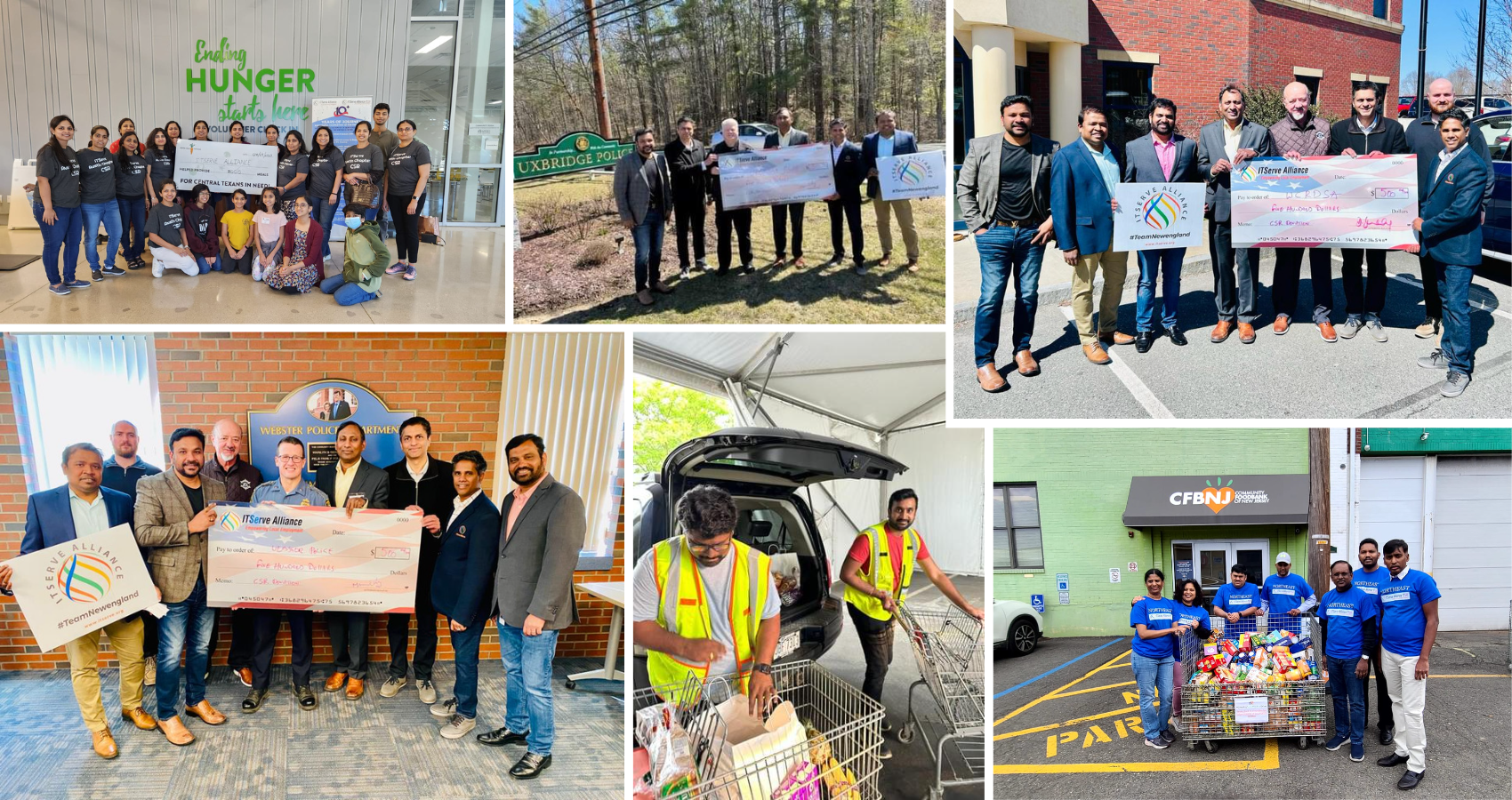

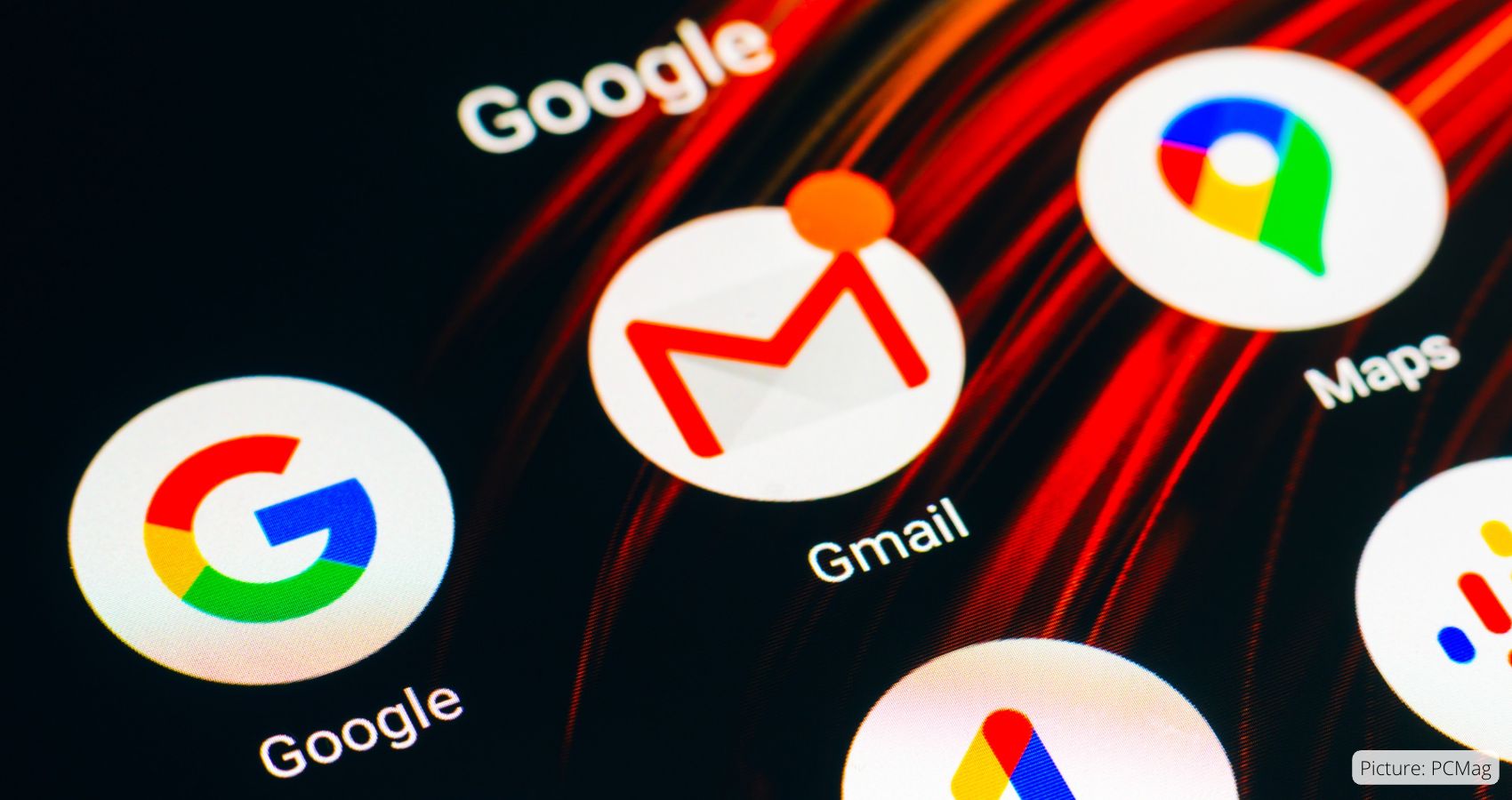
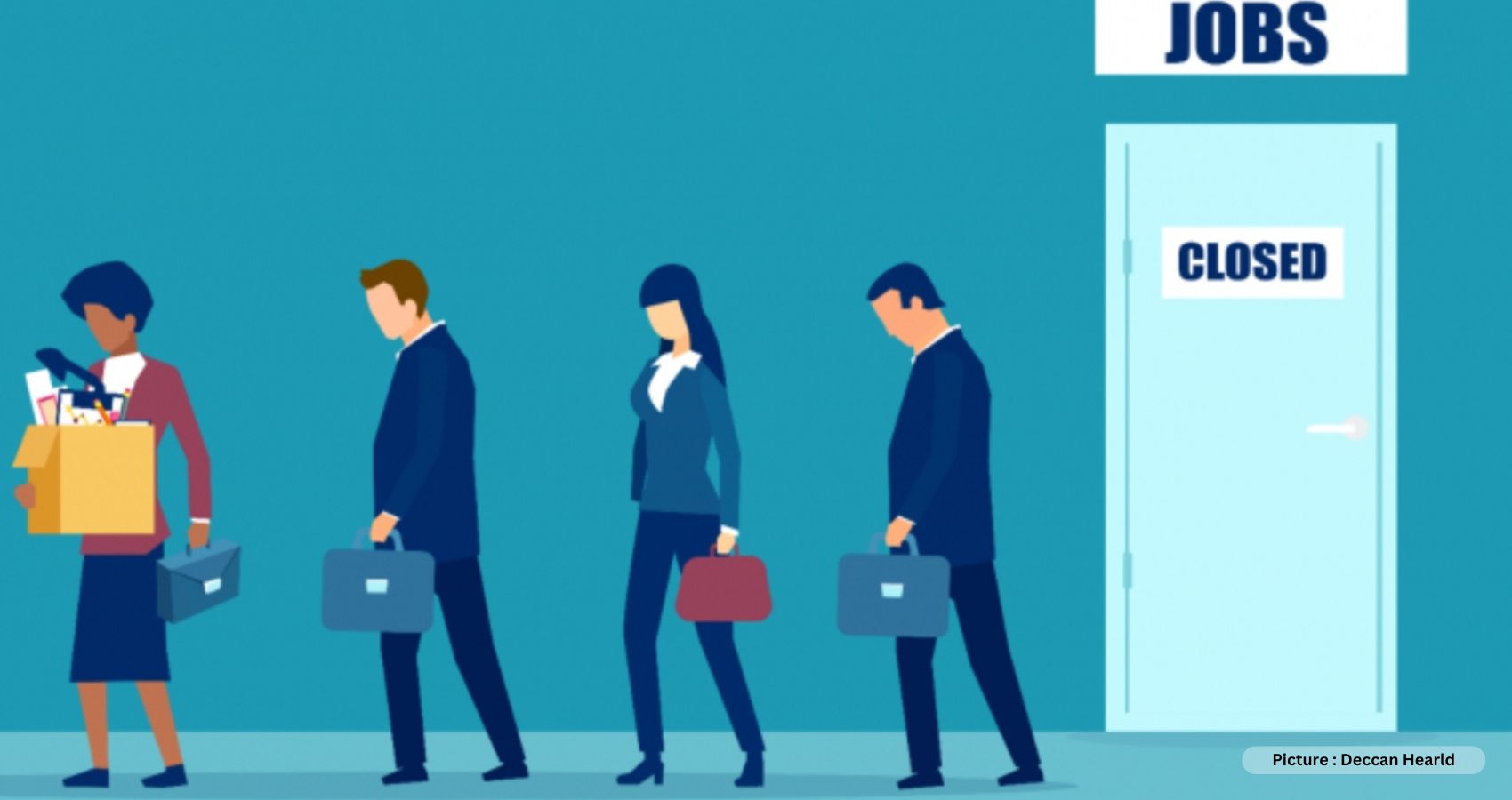

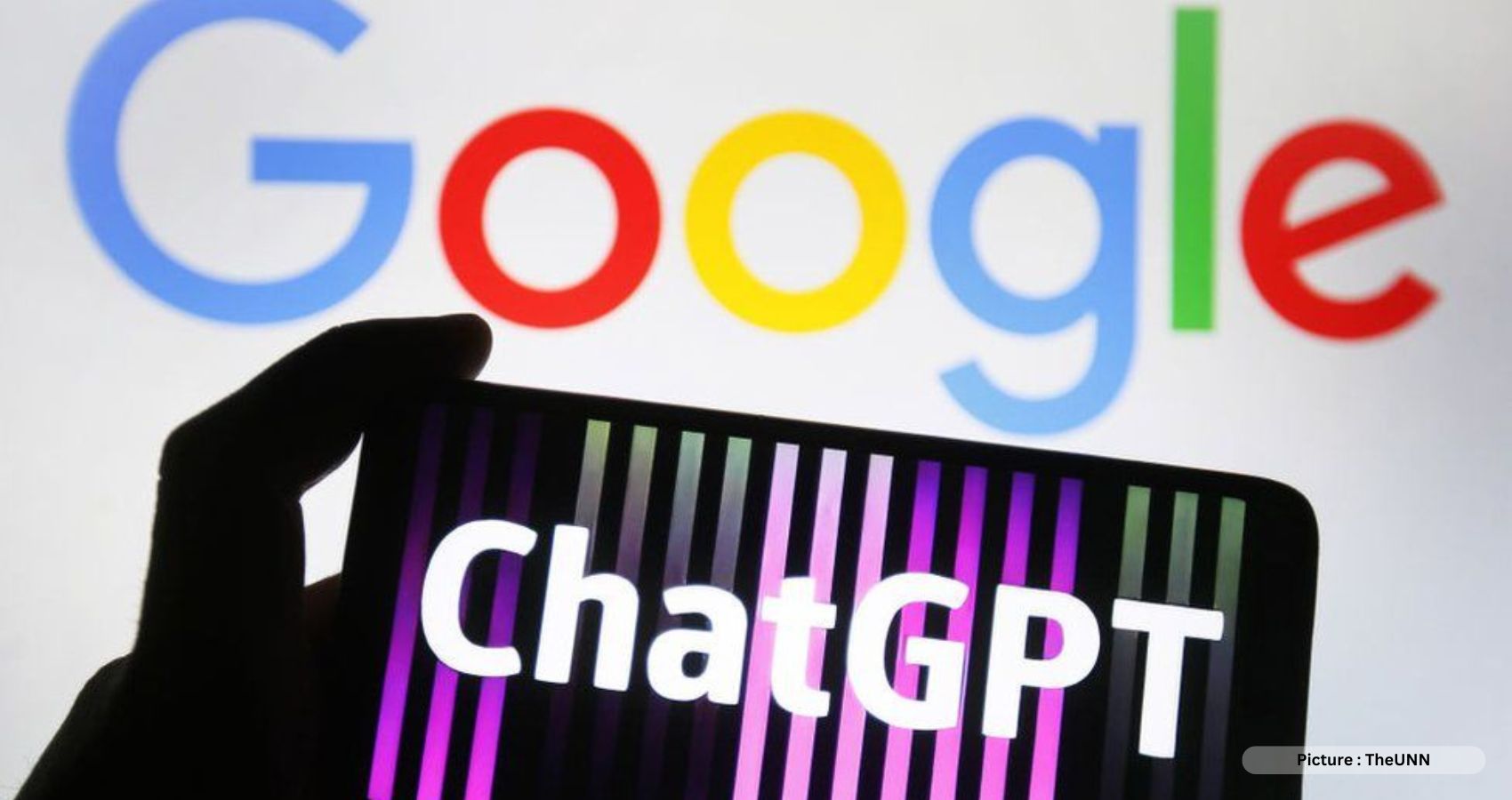




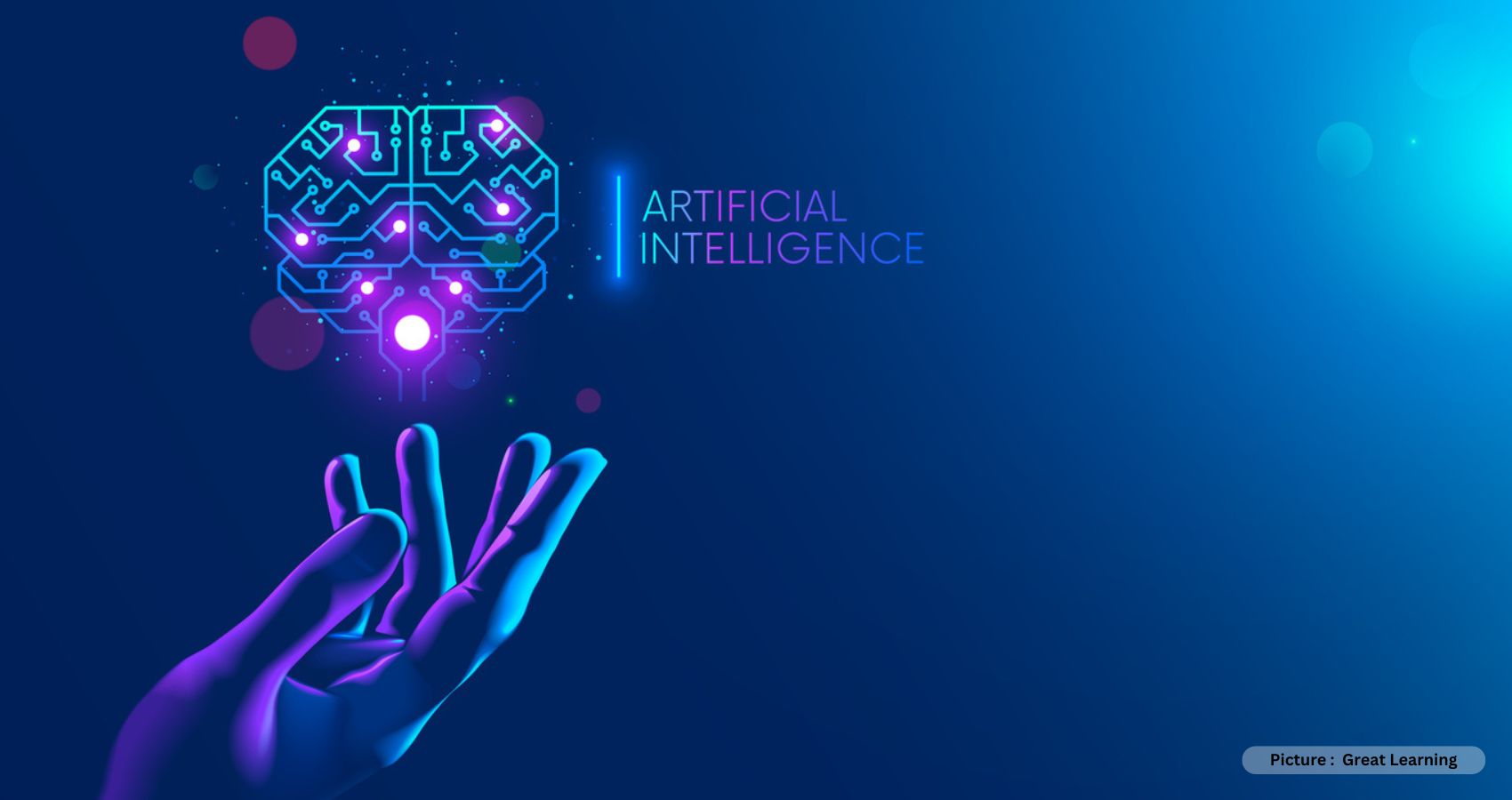
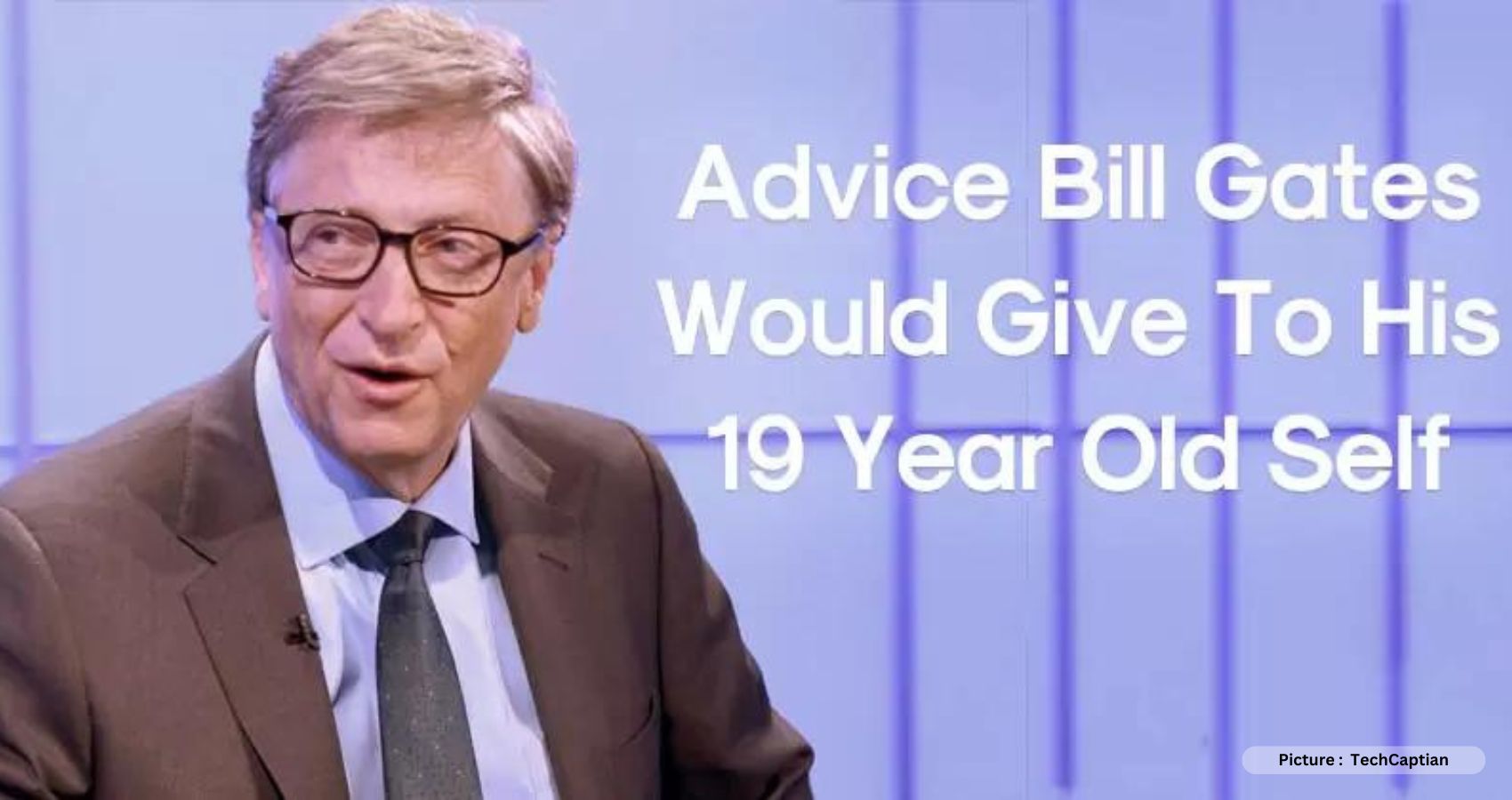

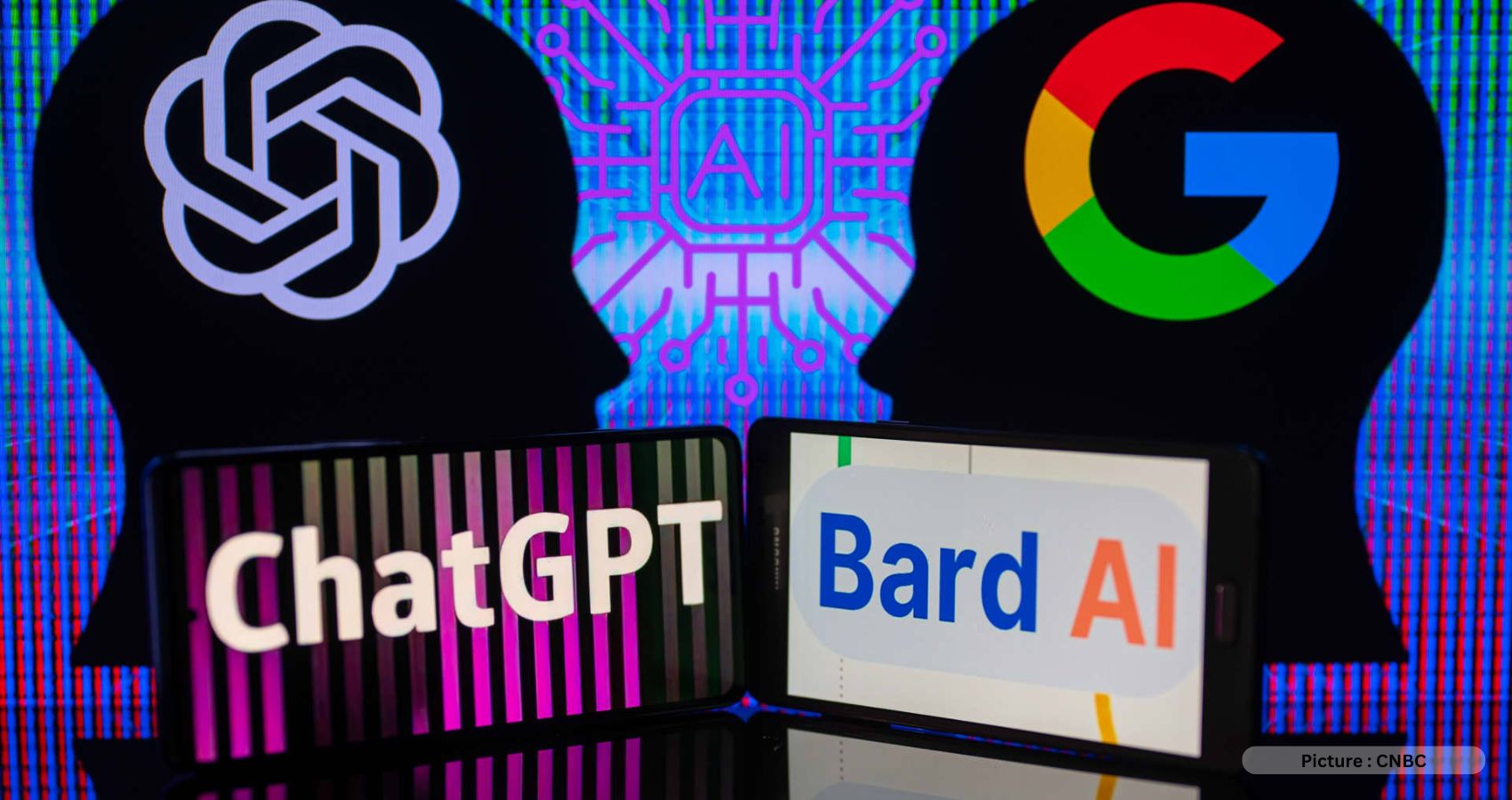
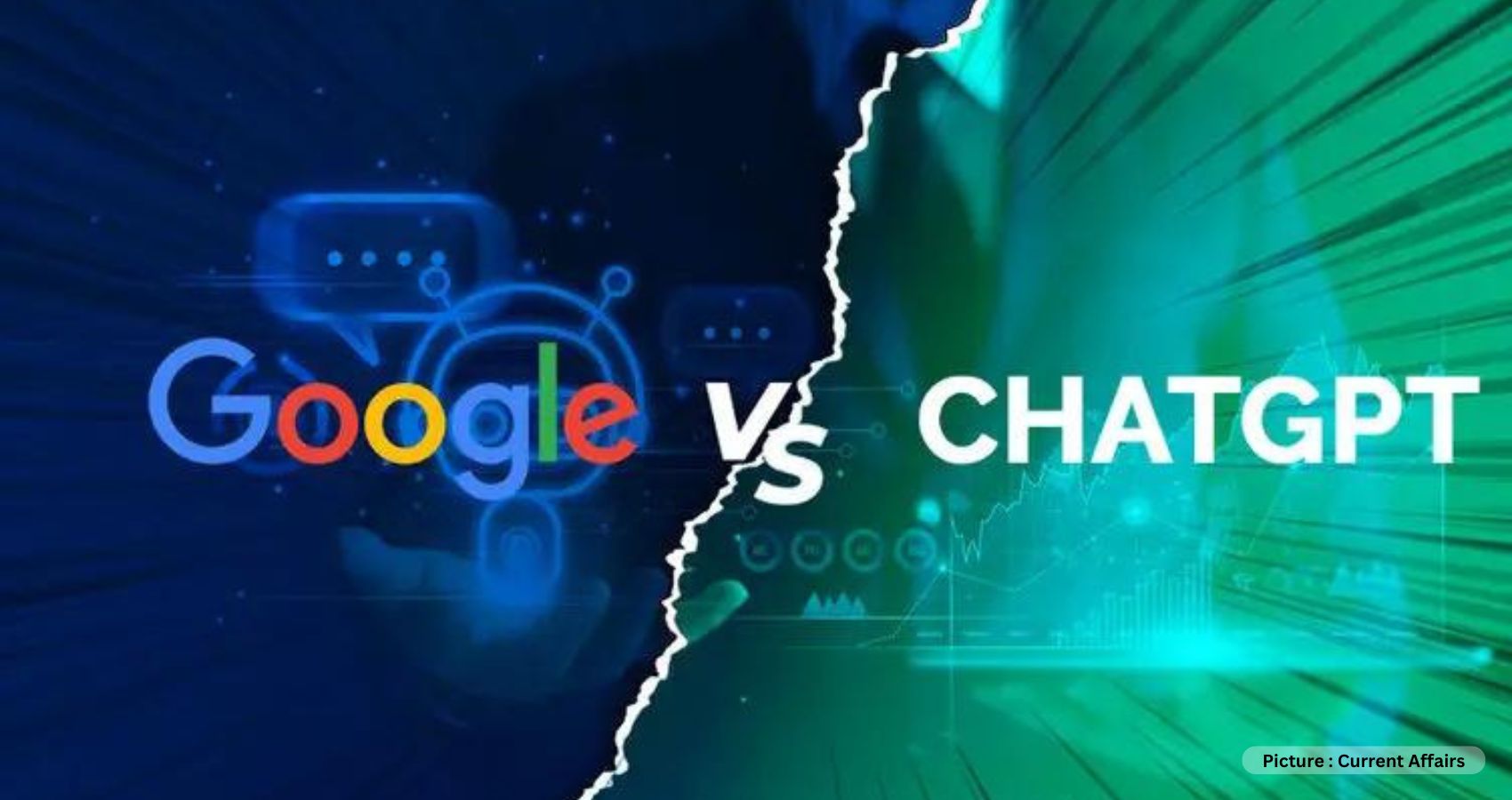


 Google claims that its new AI-driven search feature will generate clicks, as it aims to be transparent about the sources of its information. However, one could argue that this is similar to expecting users to click on Wikipedia’s sources listed at the bottom of each entry. While a small percentage of users deeply interested in a topic might click on those links, most will simply read the Wikipedia entry without concern for the sources.
Google claims that its new AI-driven search feature will generate clicks, as it aims to be transparent about the sources of its information. However, one could argue that this is similar to expecting users to click on Wikipedia’s sources listed at the bottom of each entry. While a small percentage of users deeply interested in a topic might click on those links, most will simply read the Wikipedia entry without concern for the sources.



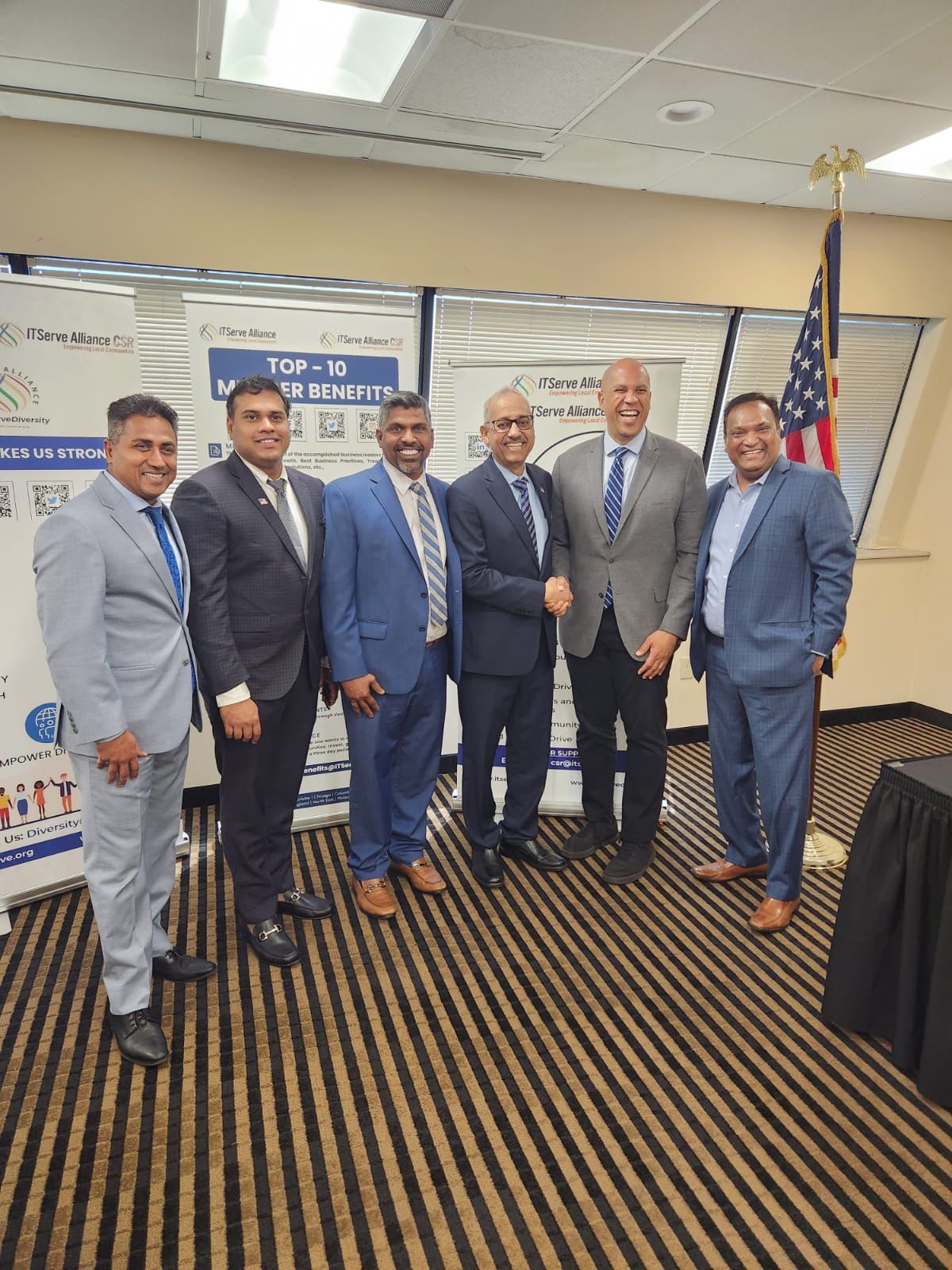
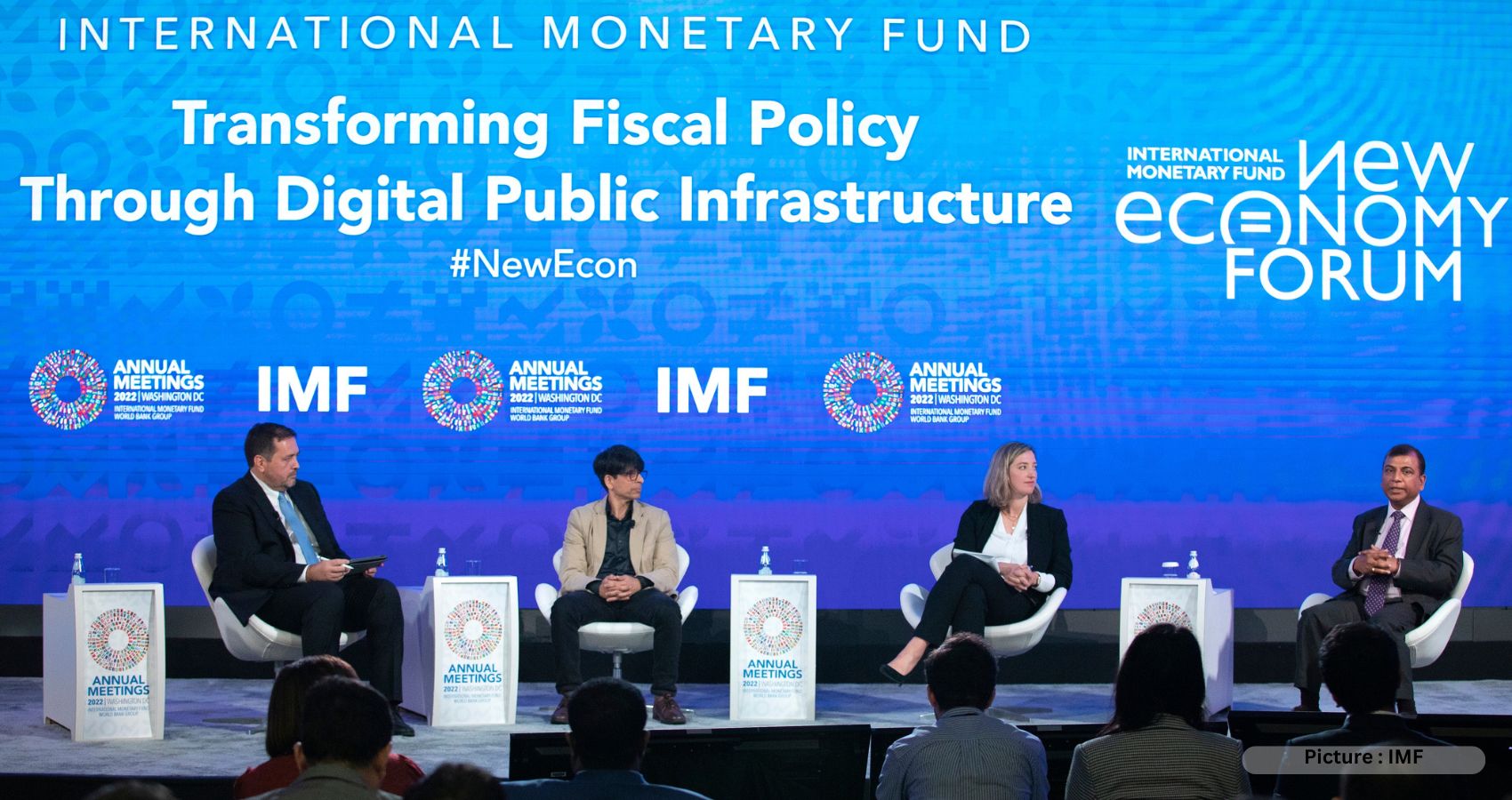
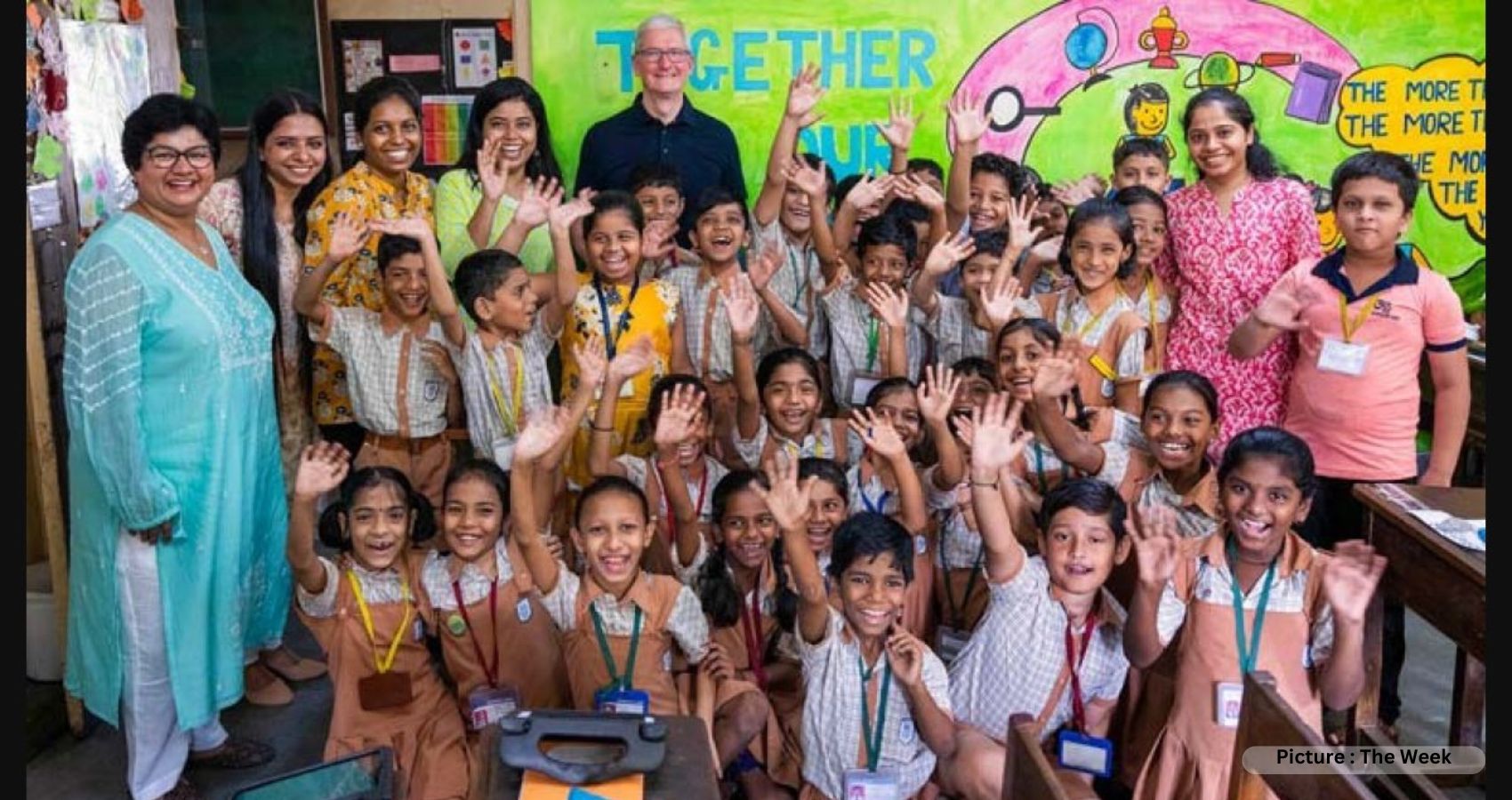
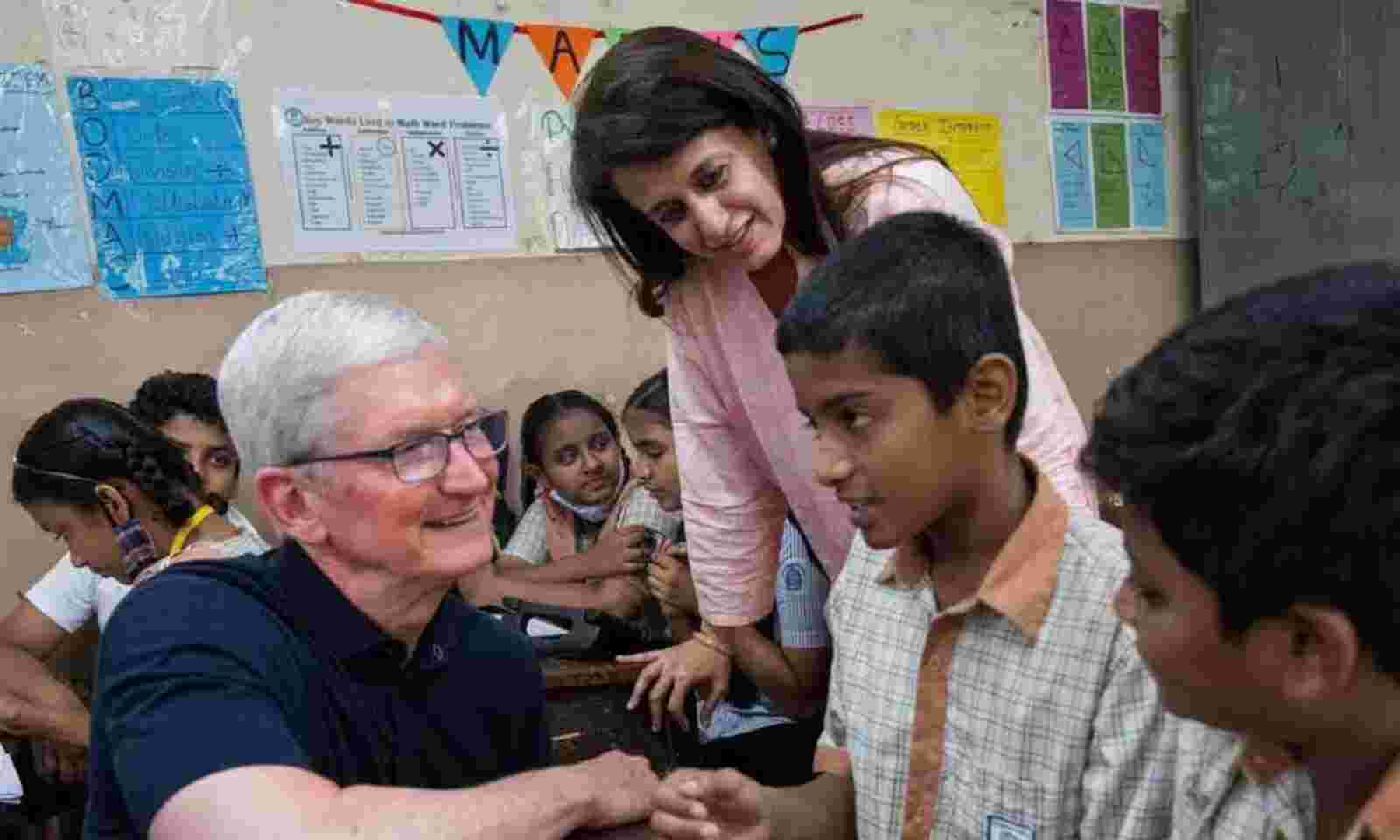
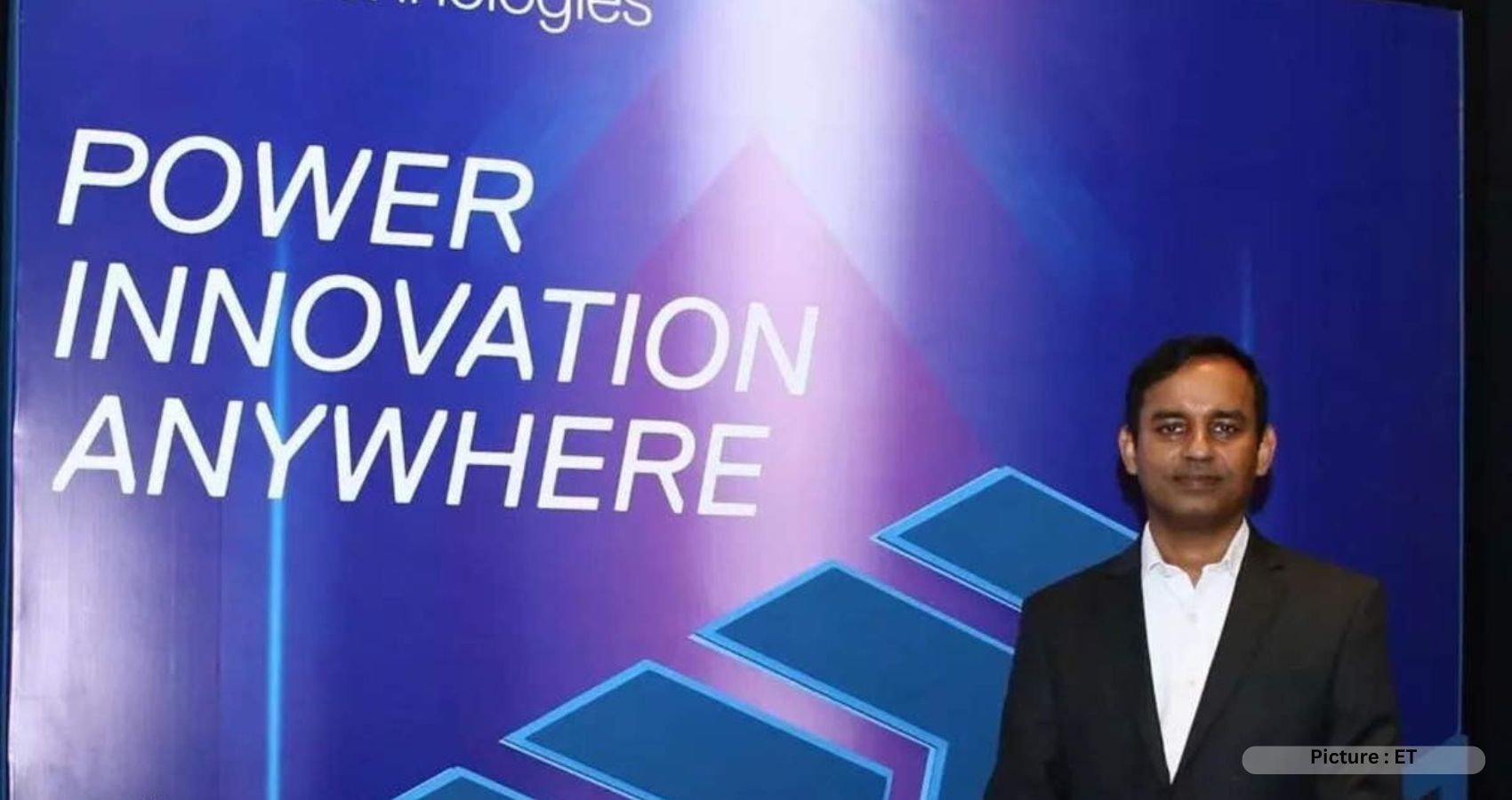
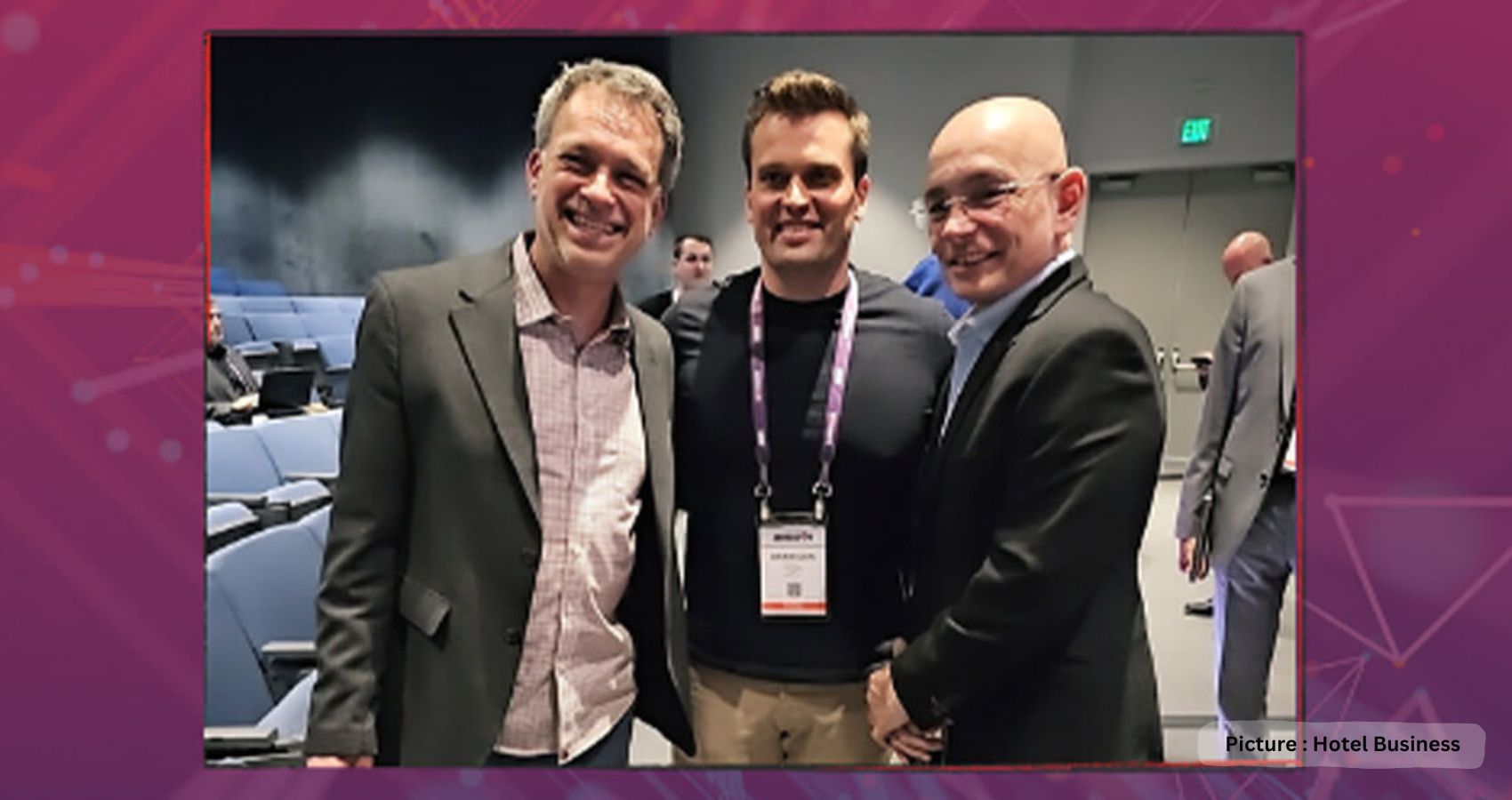

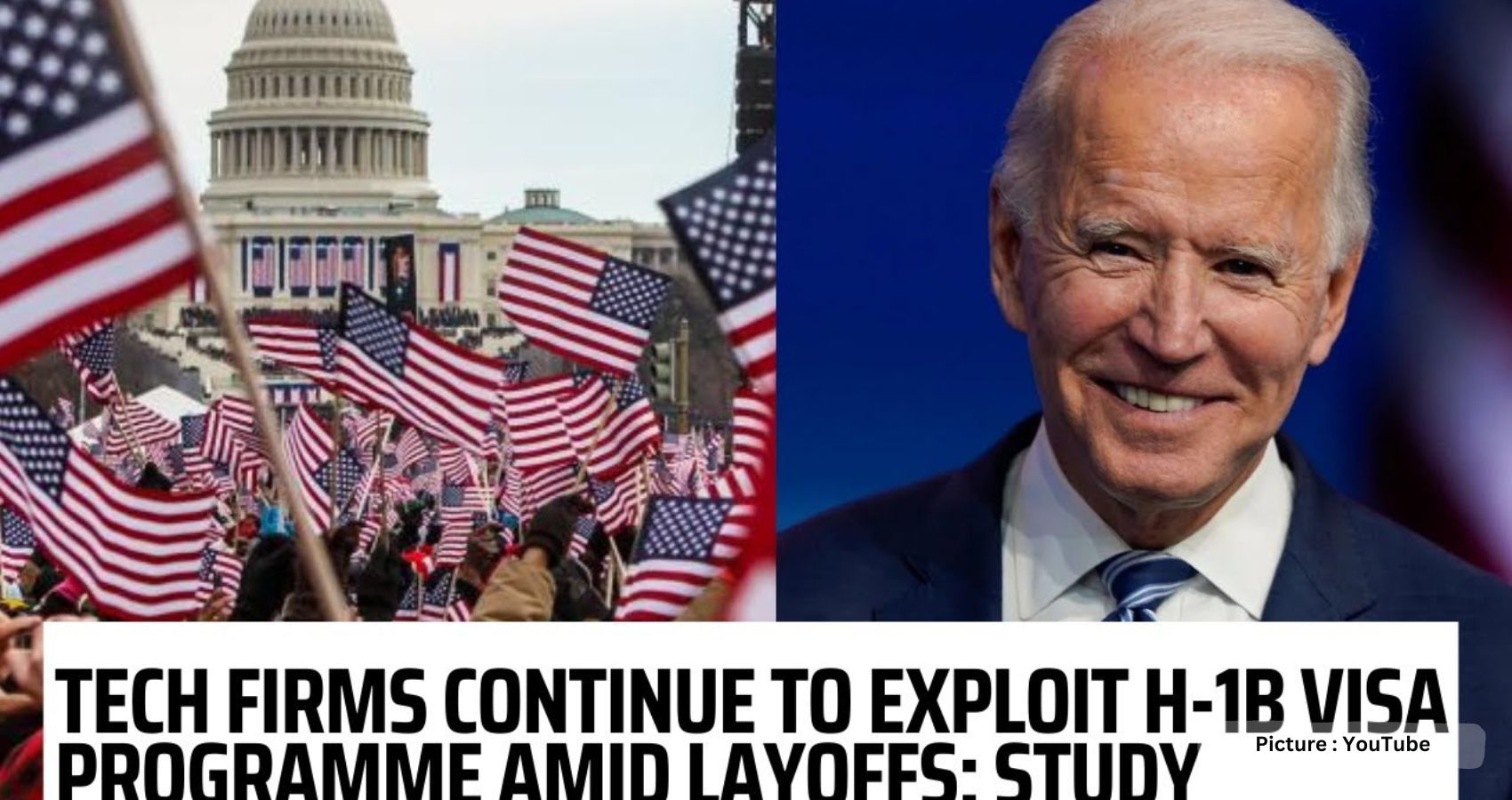
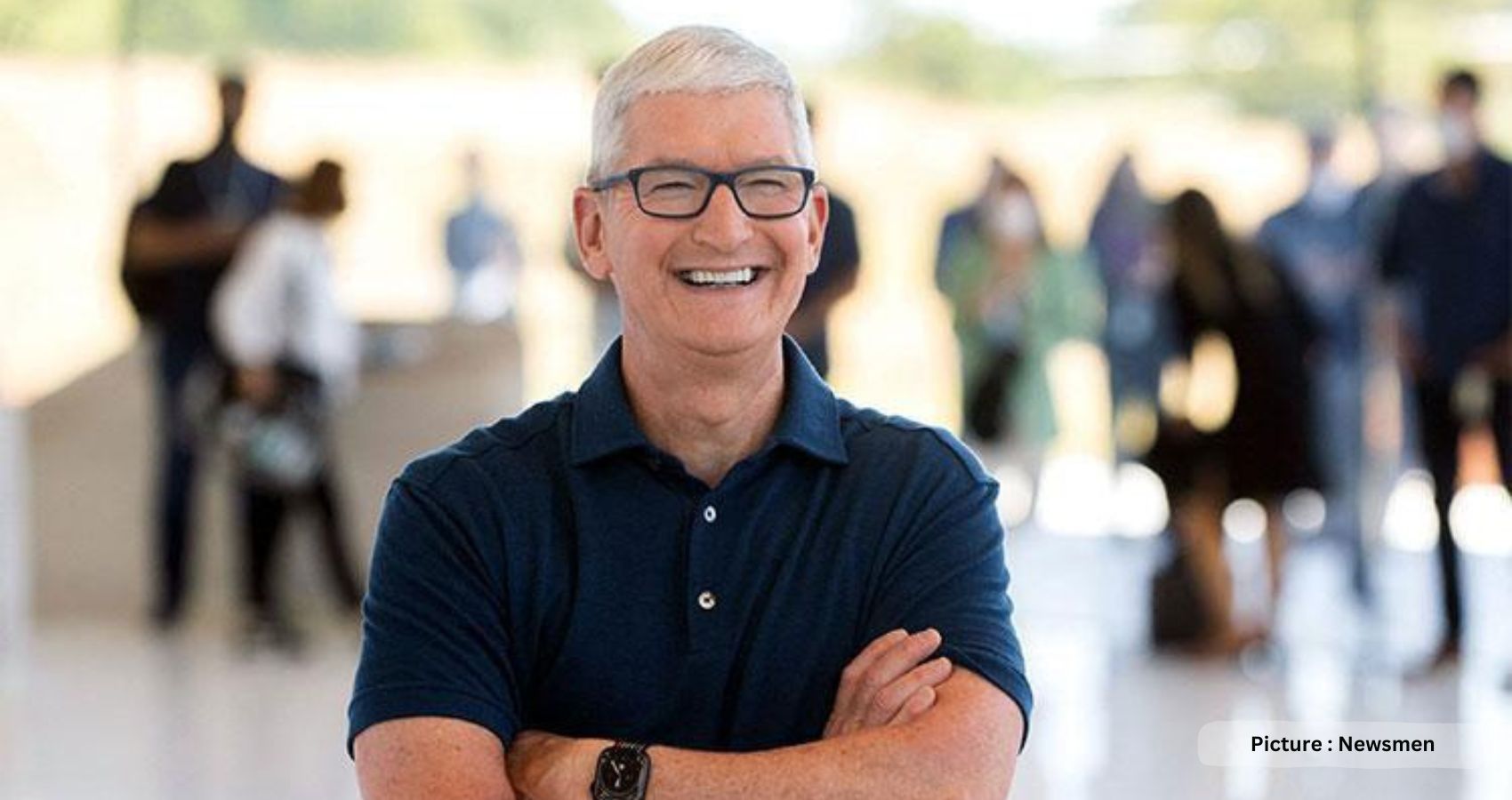
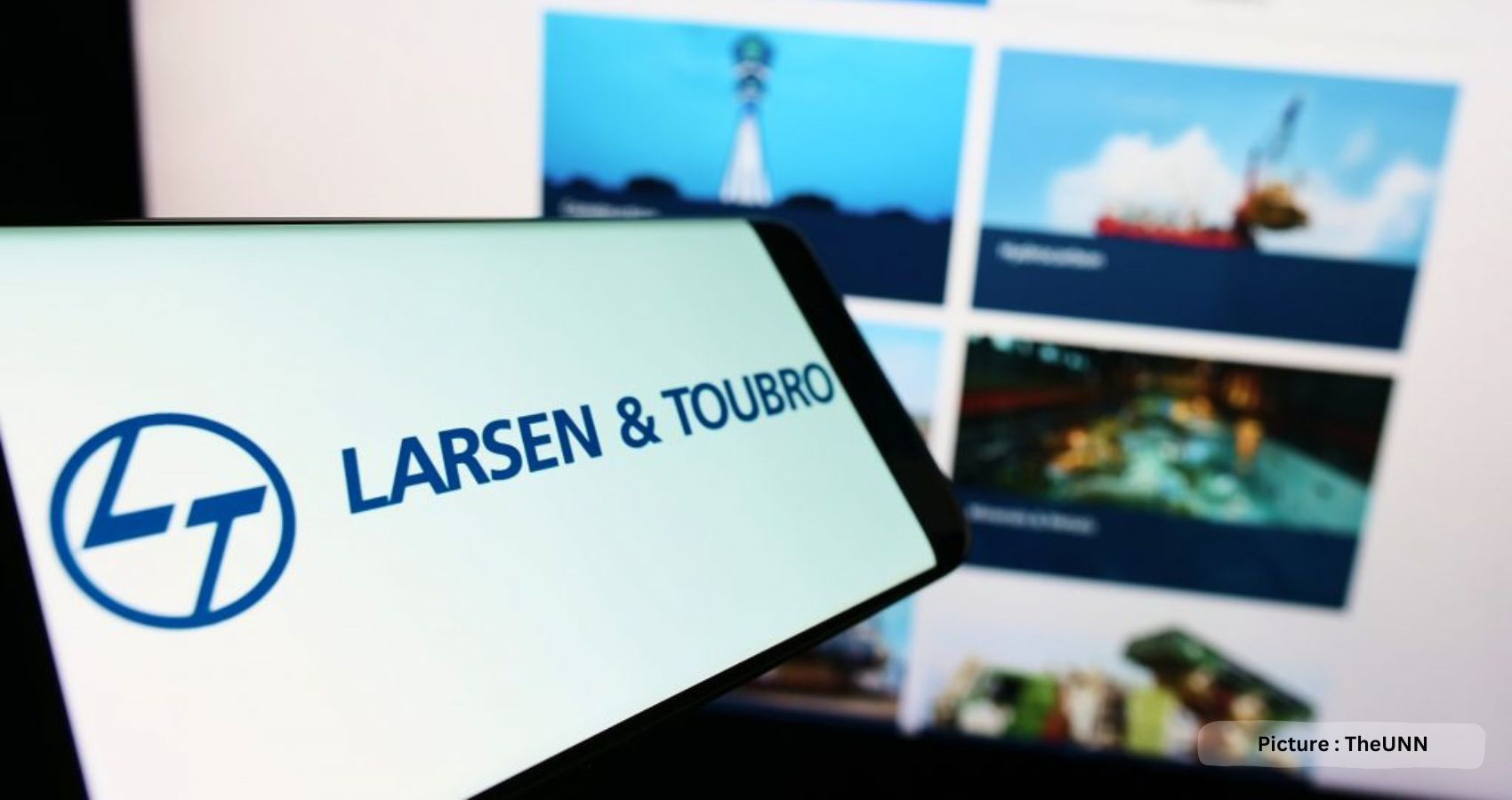
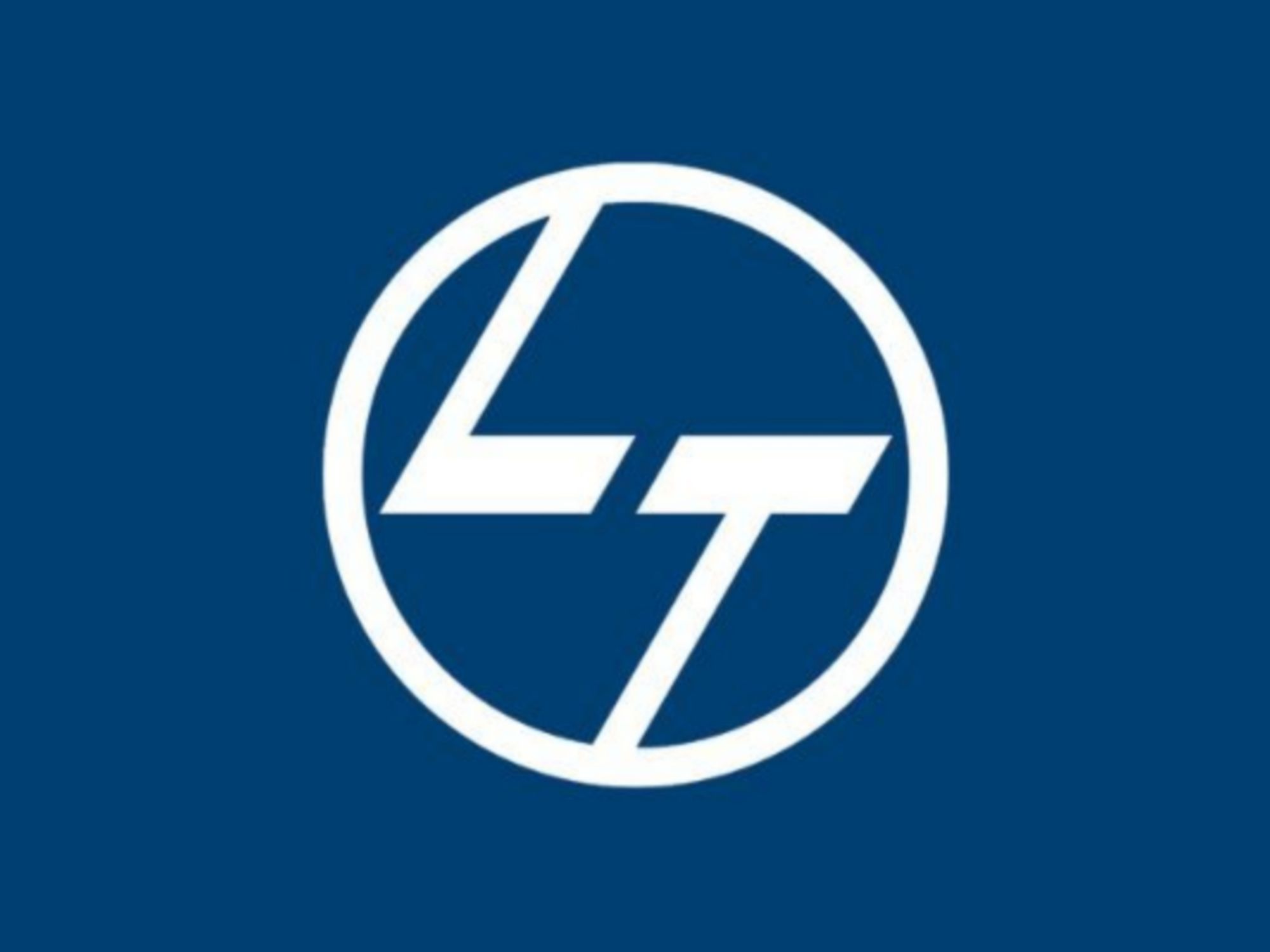

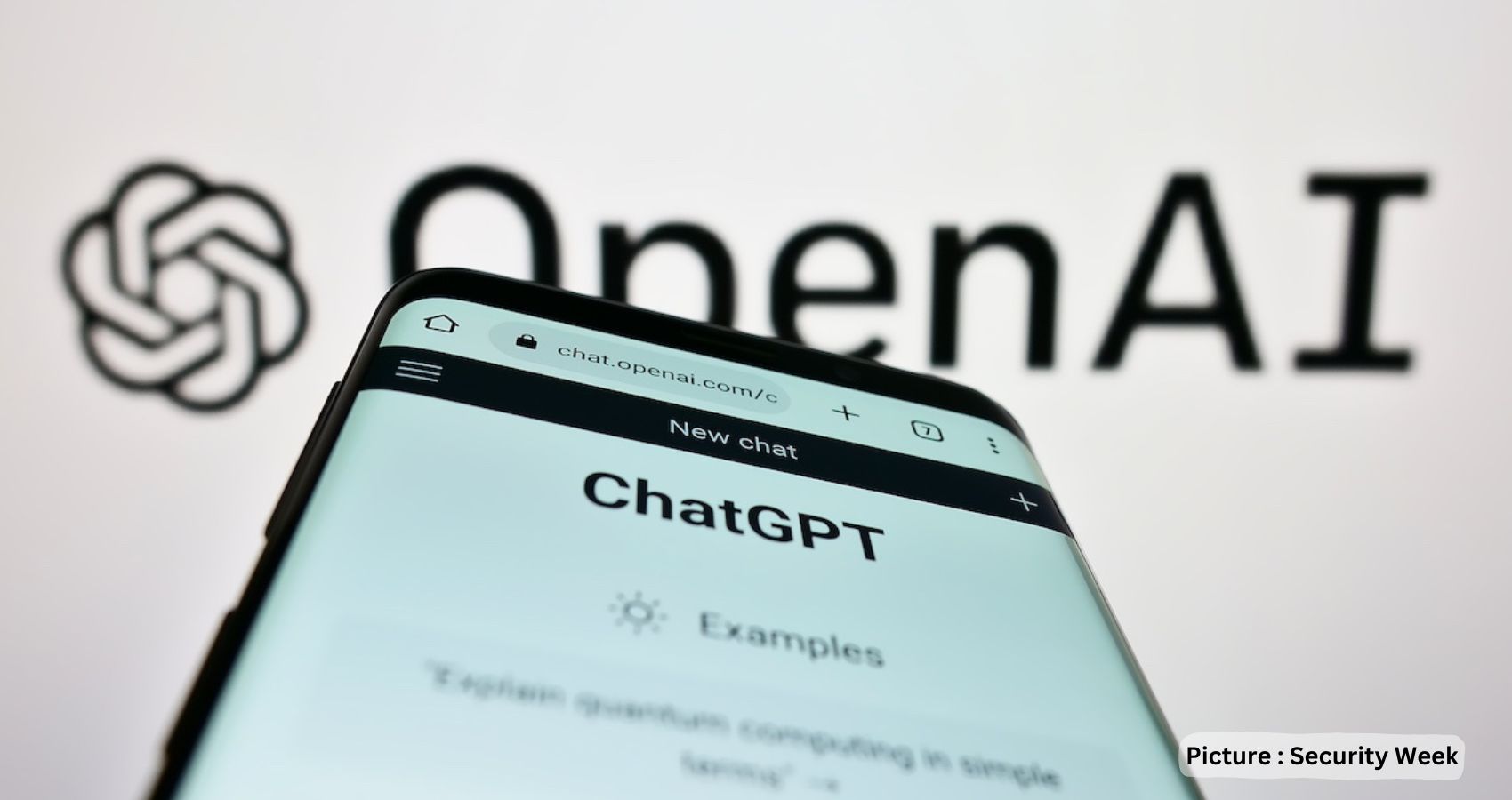

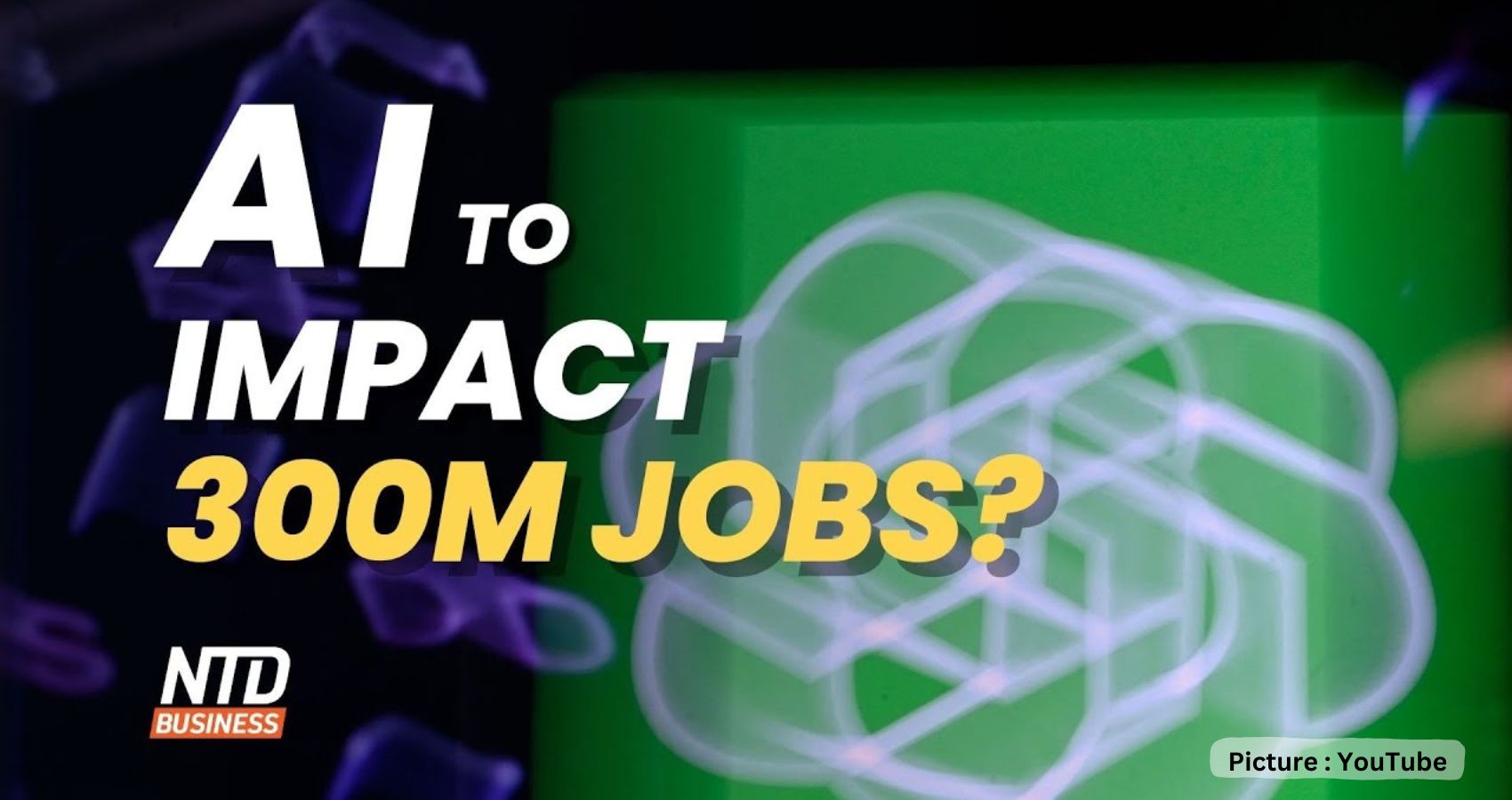

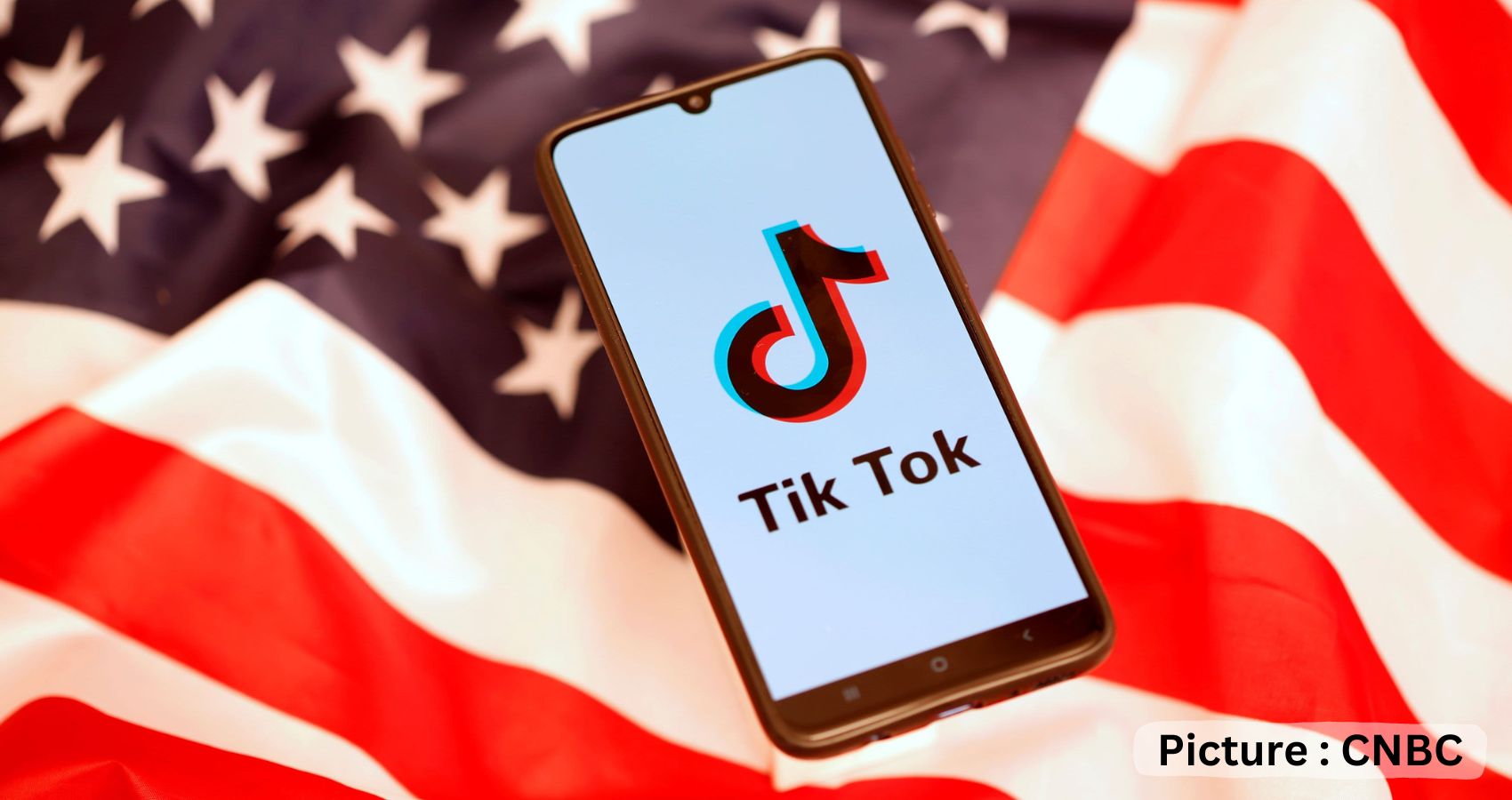
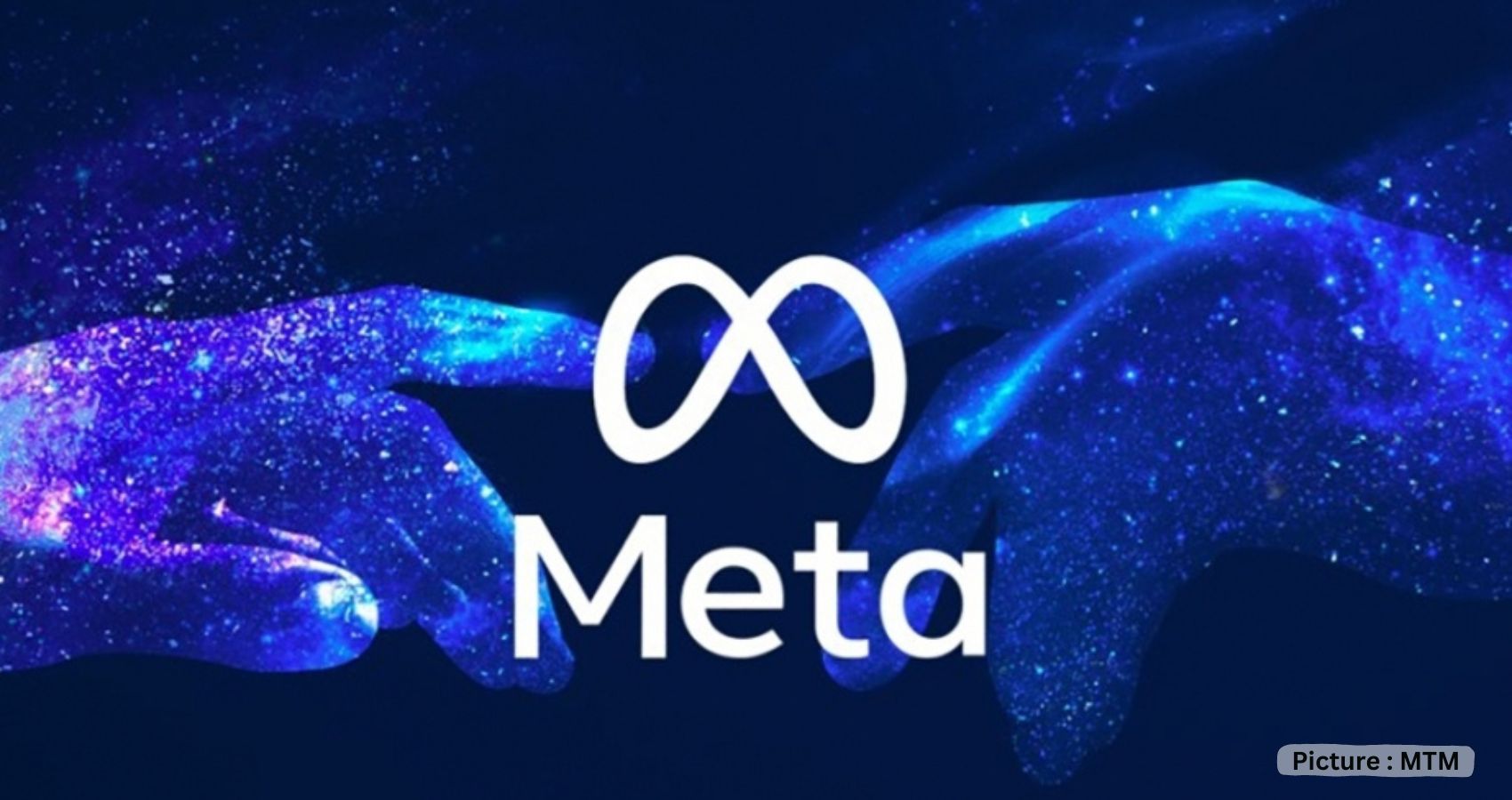

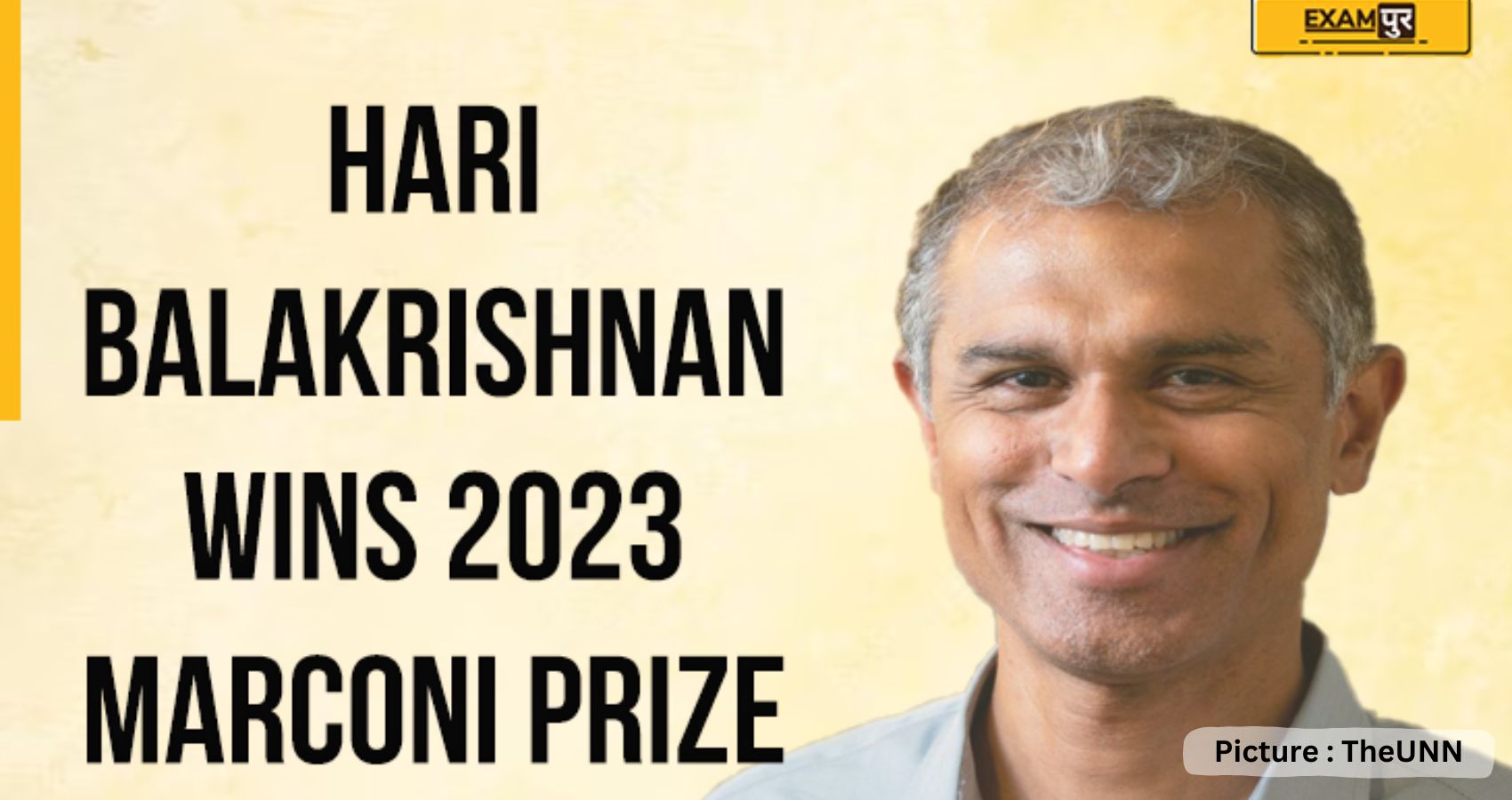
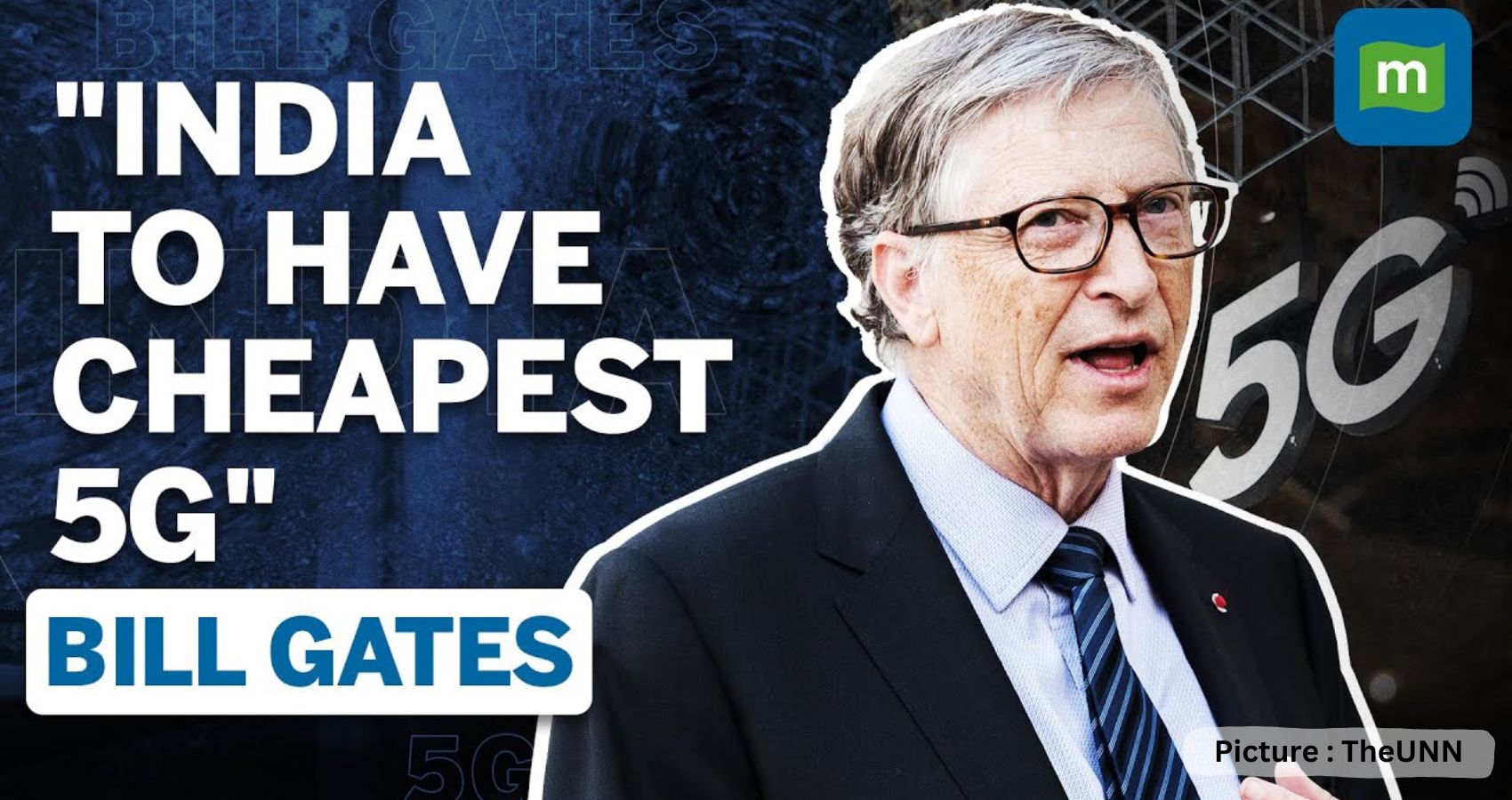
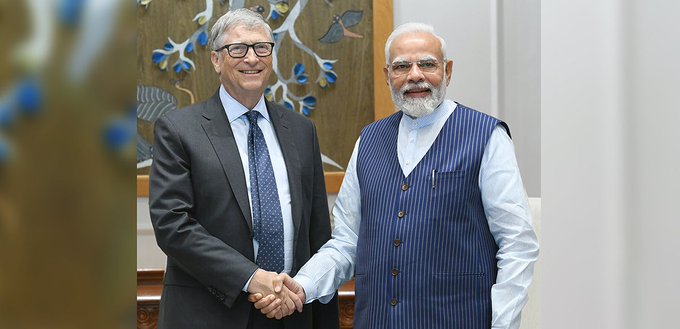
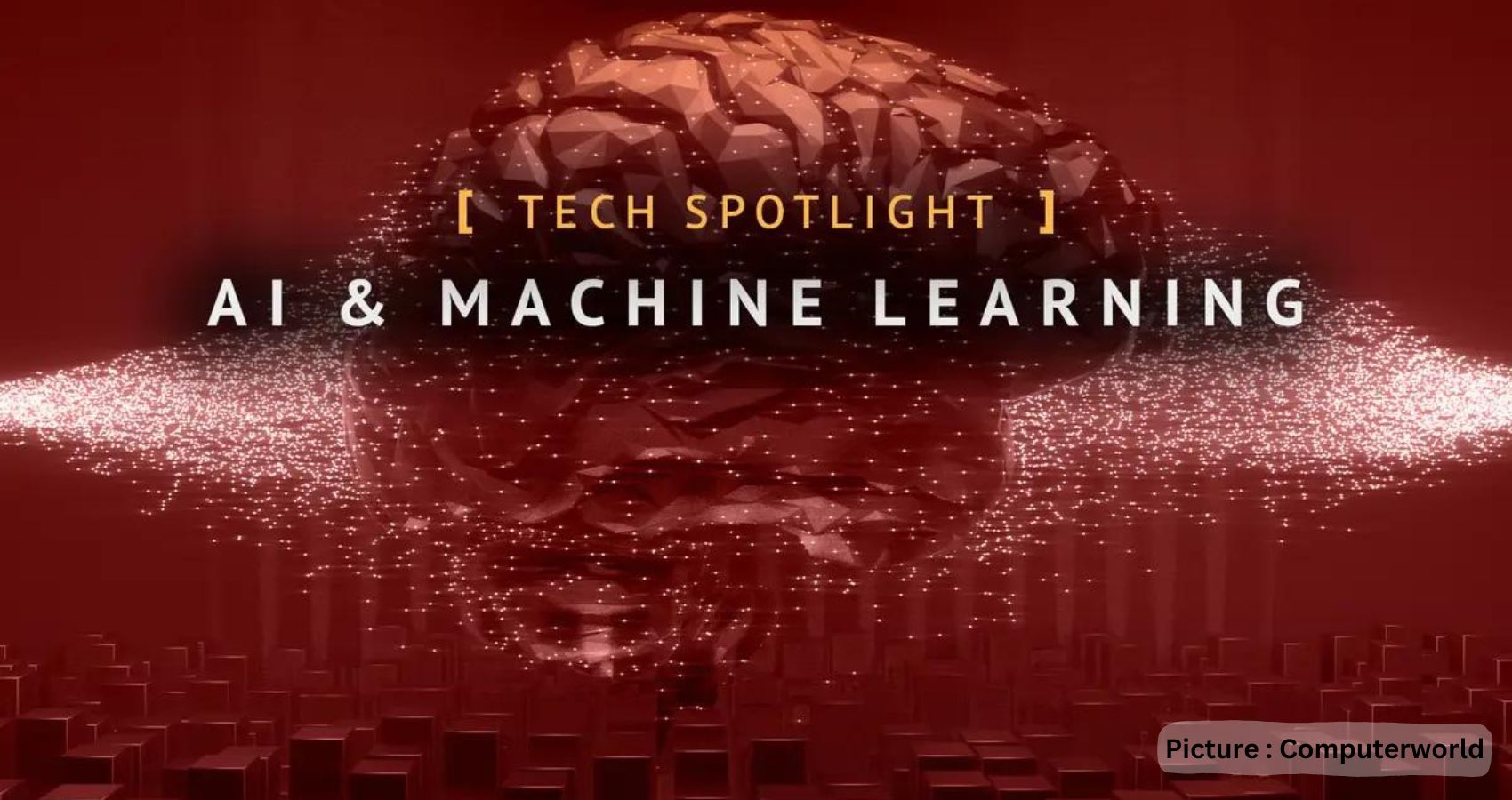

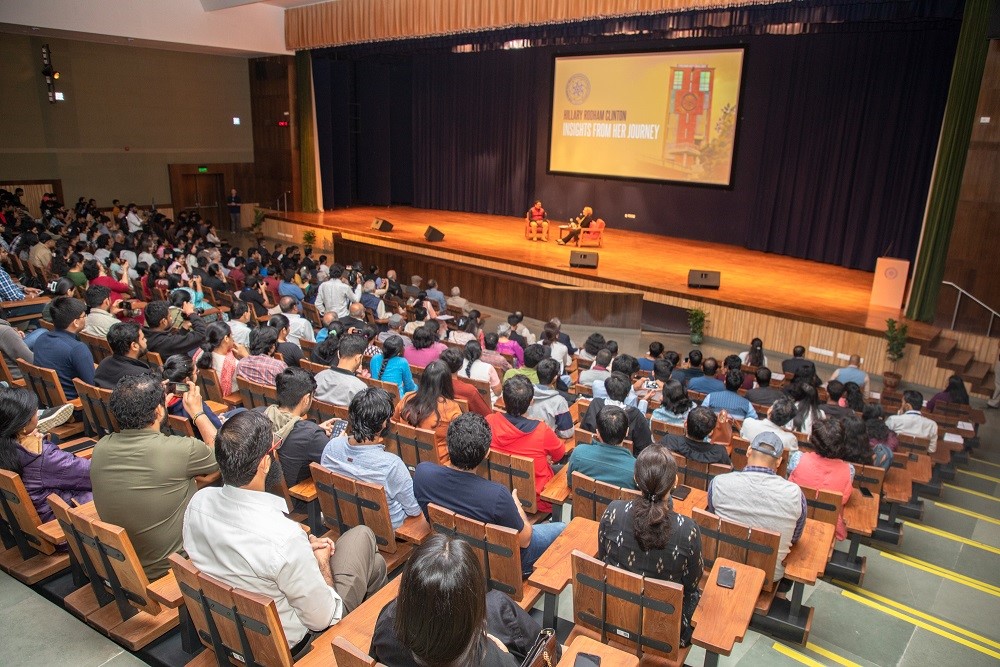
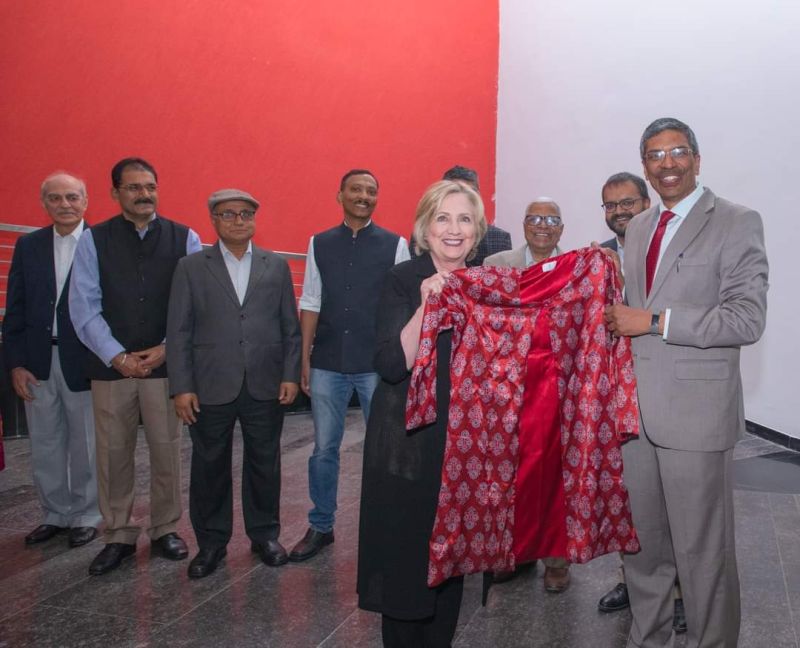
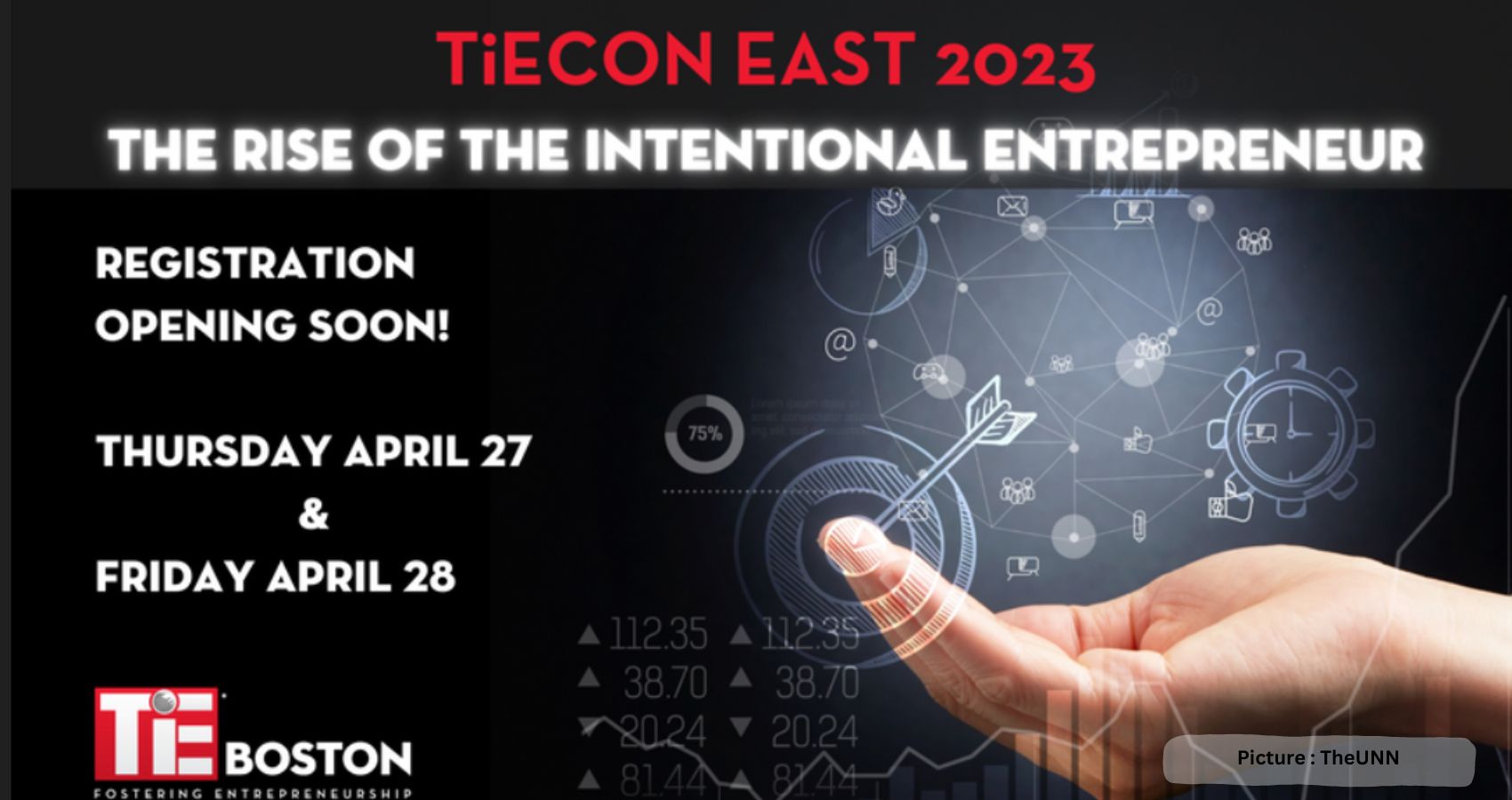
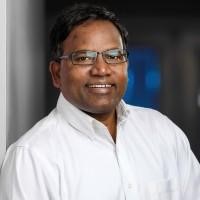
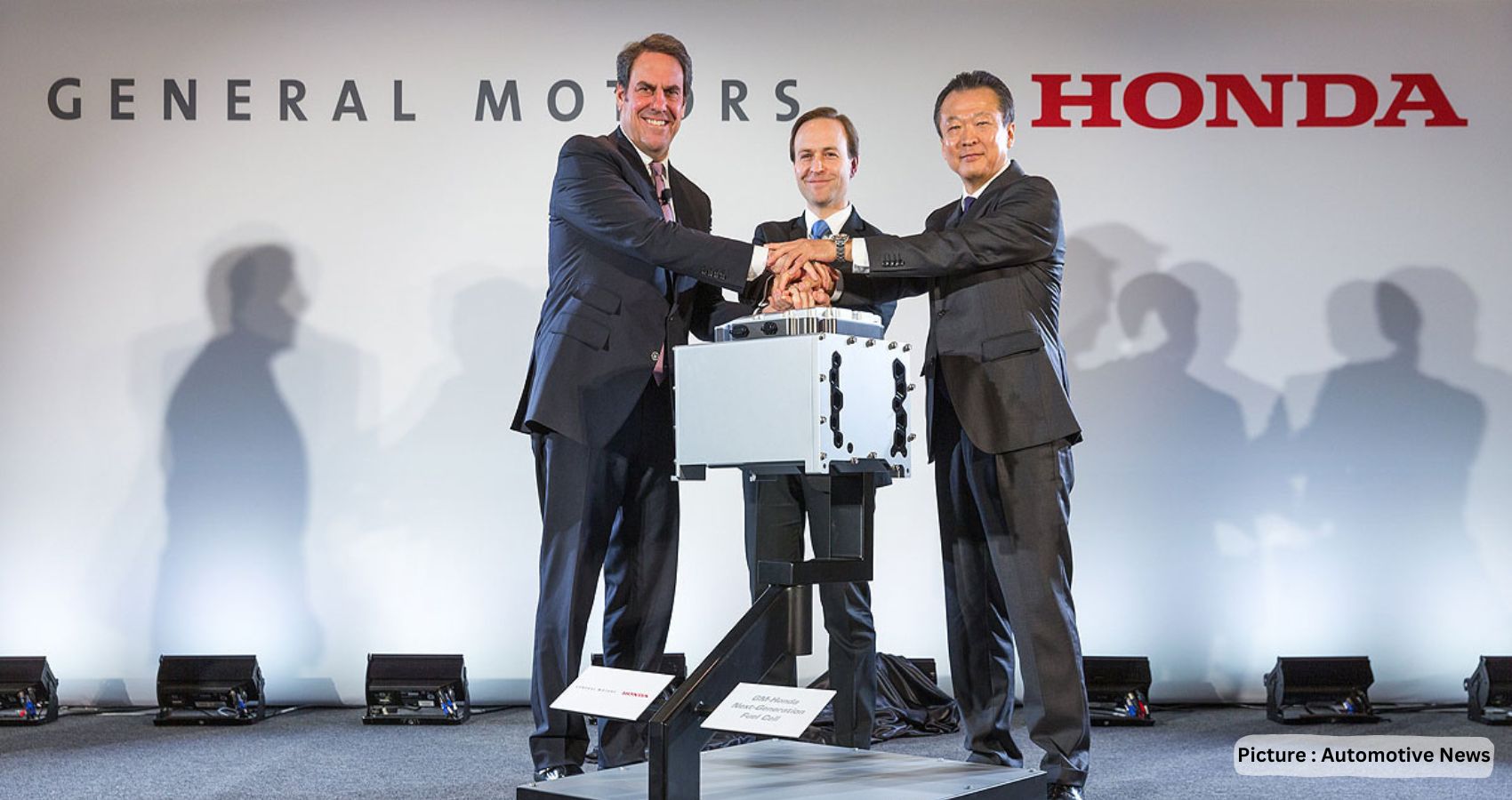

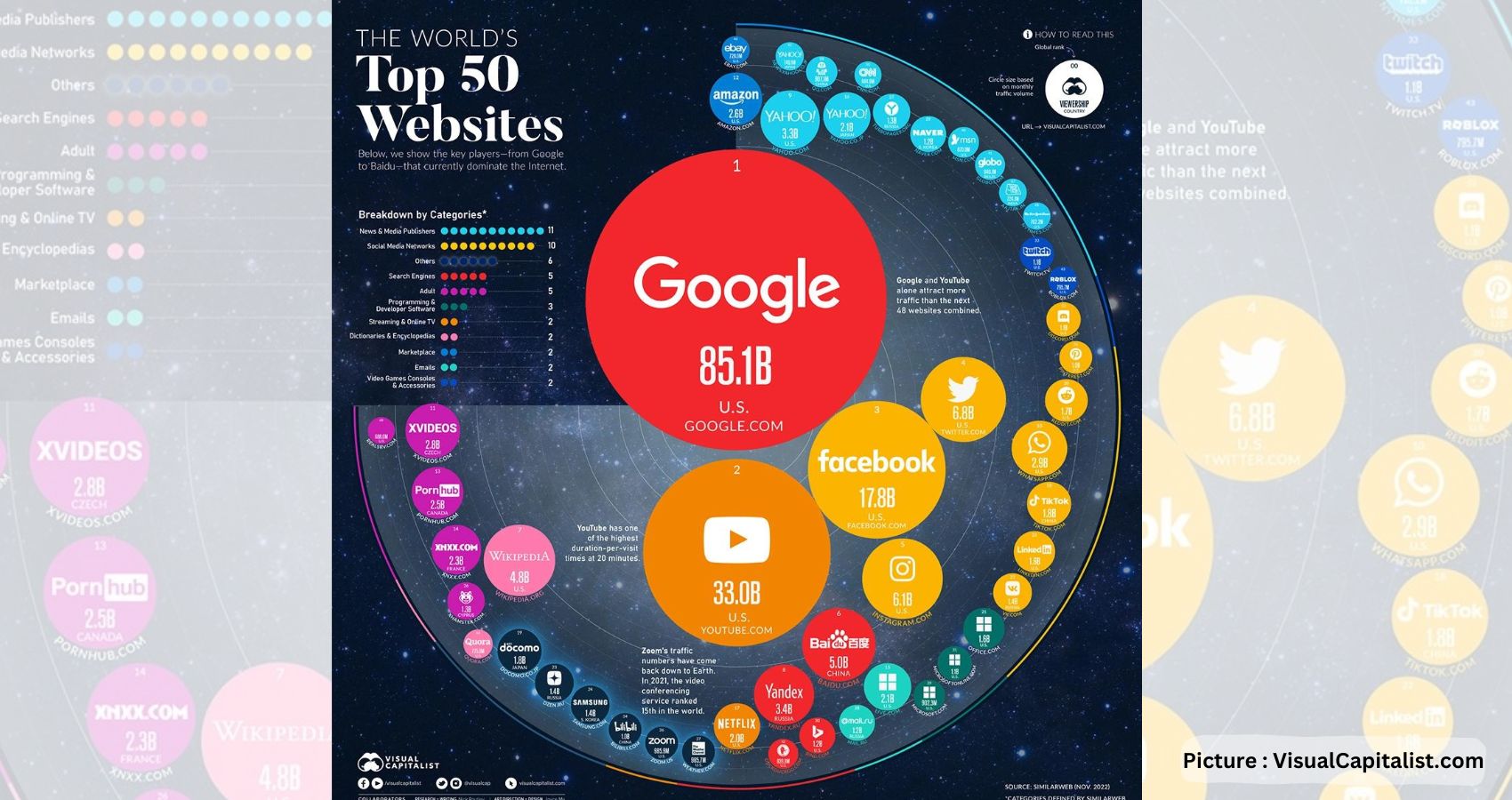
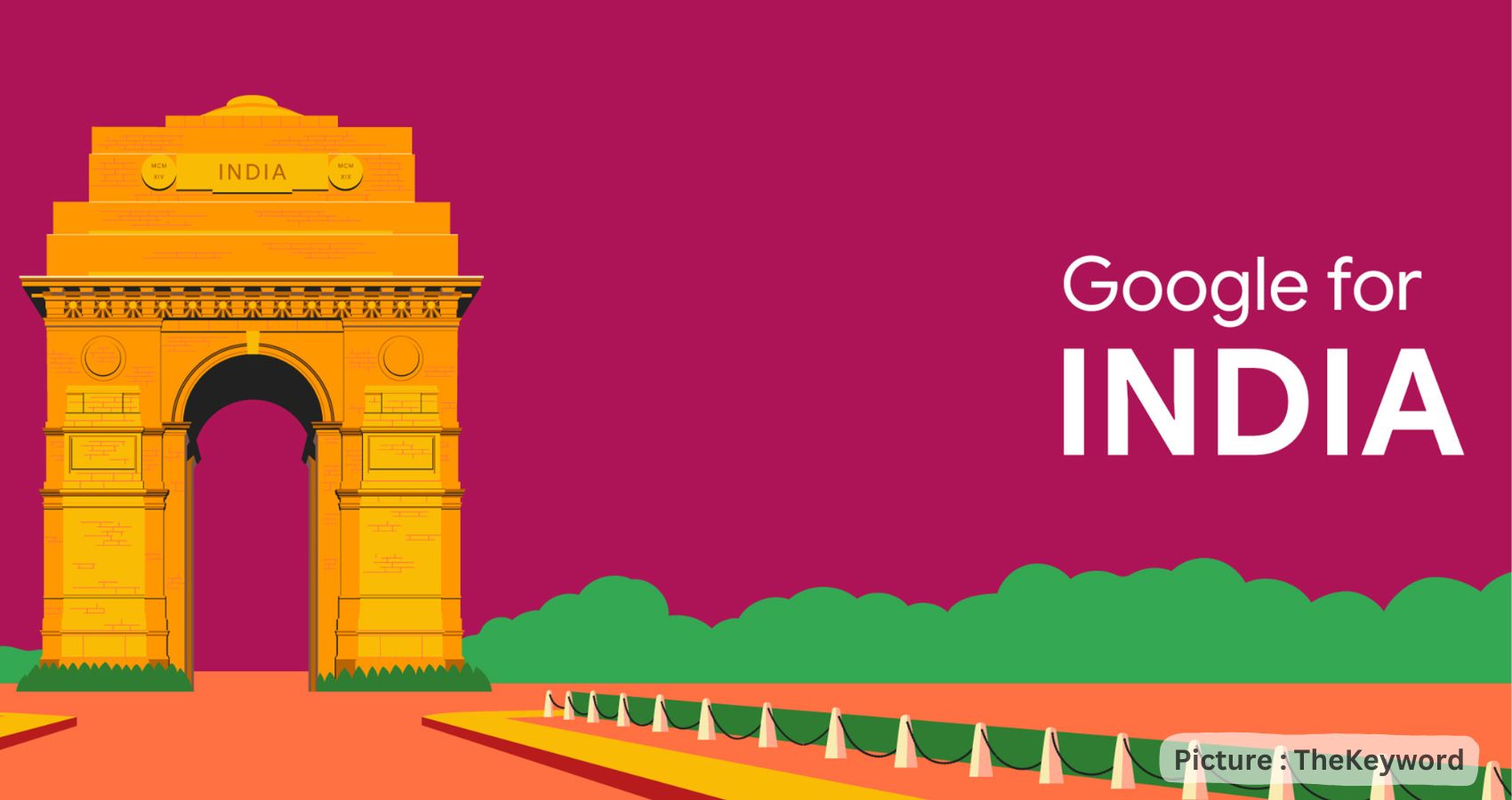
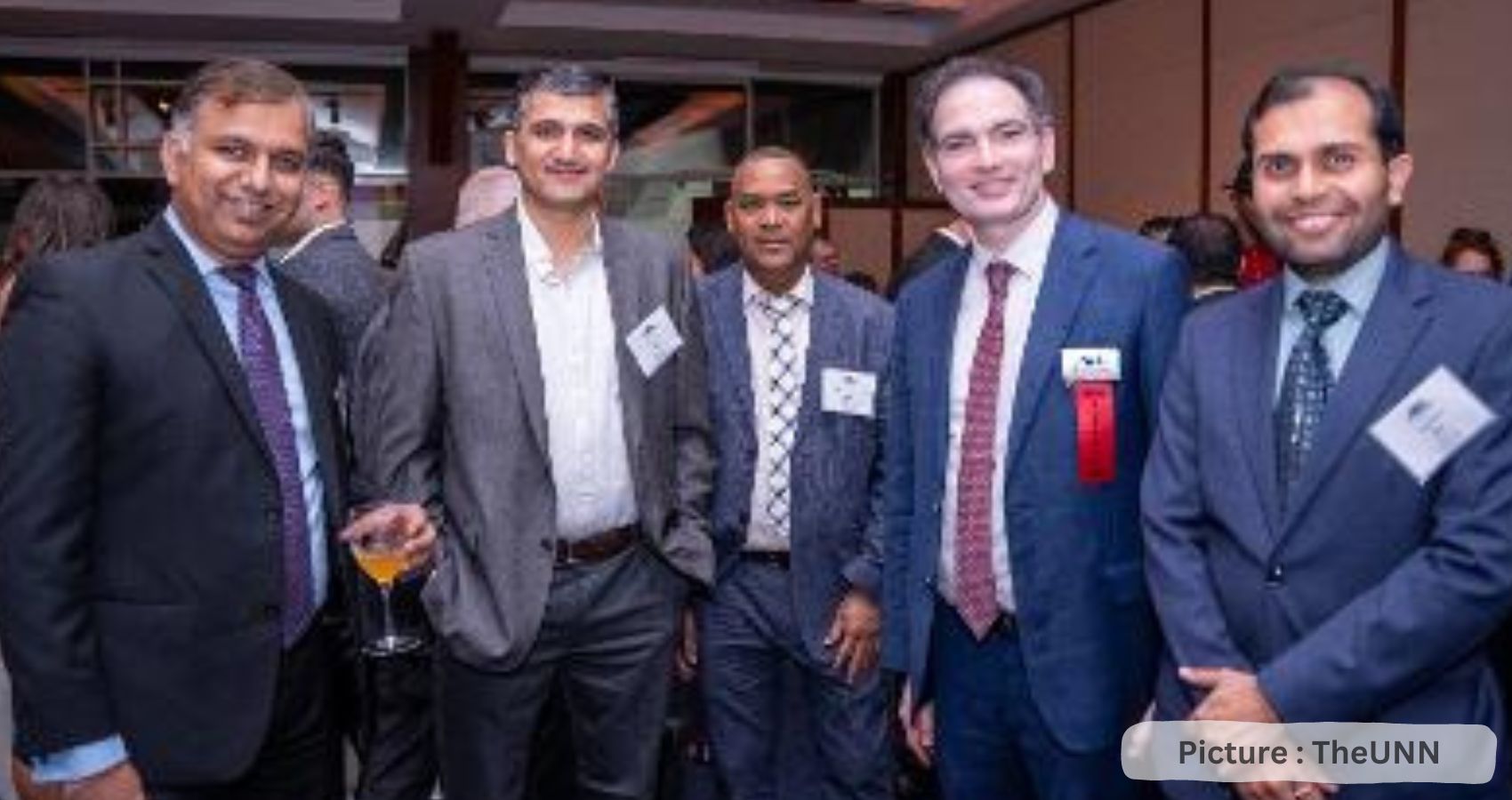
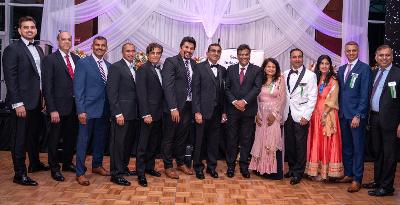



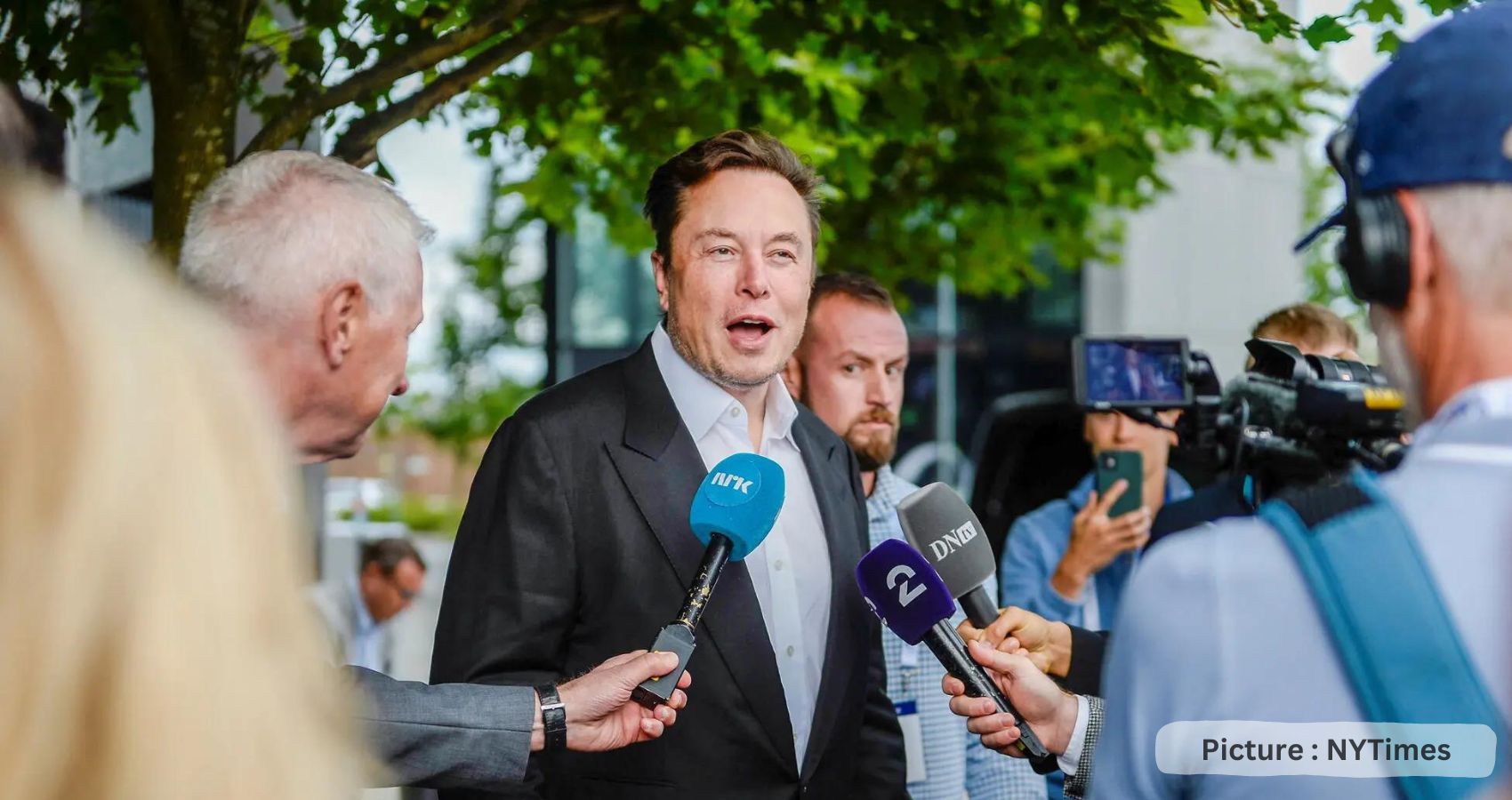


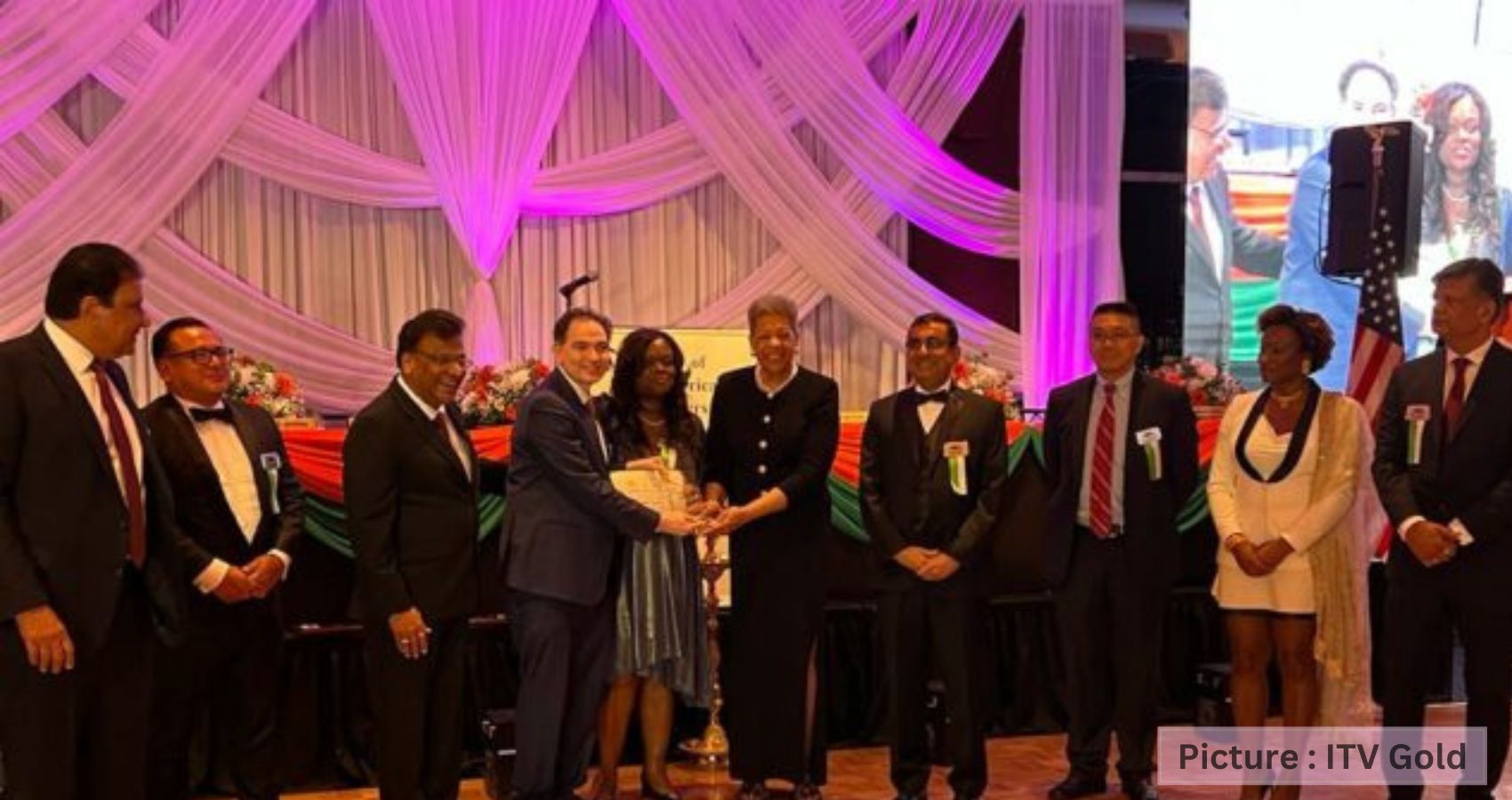
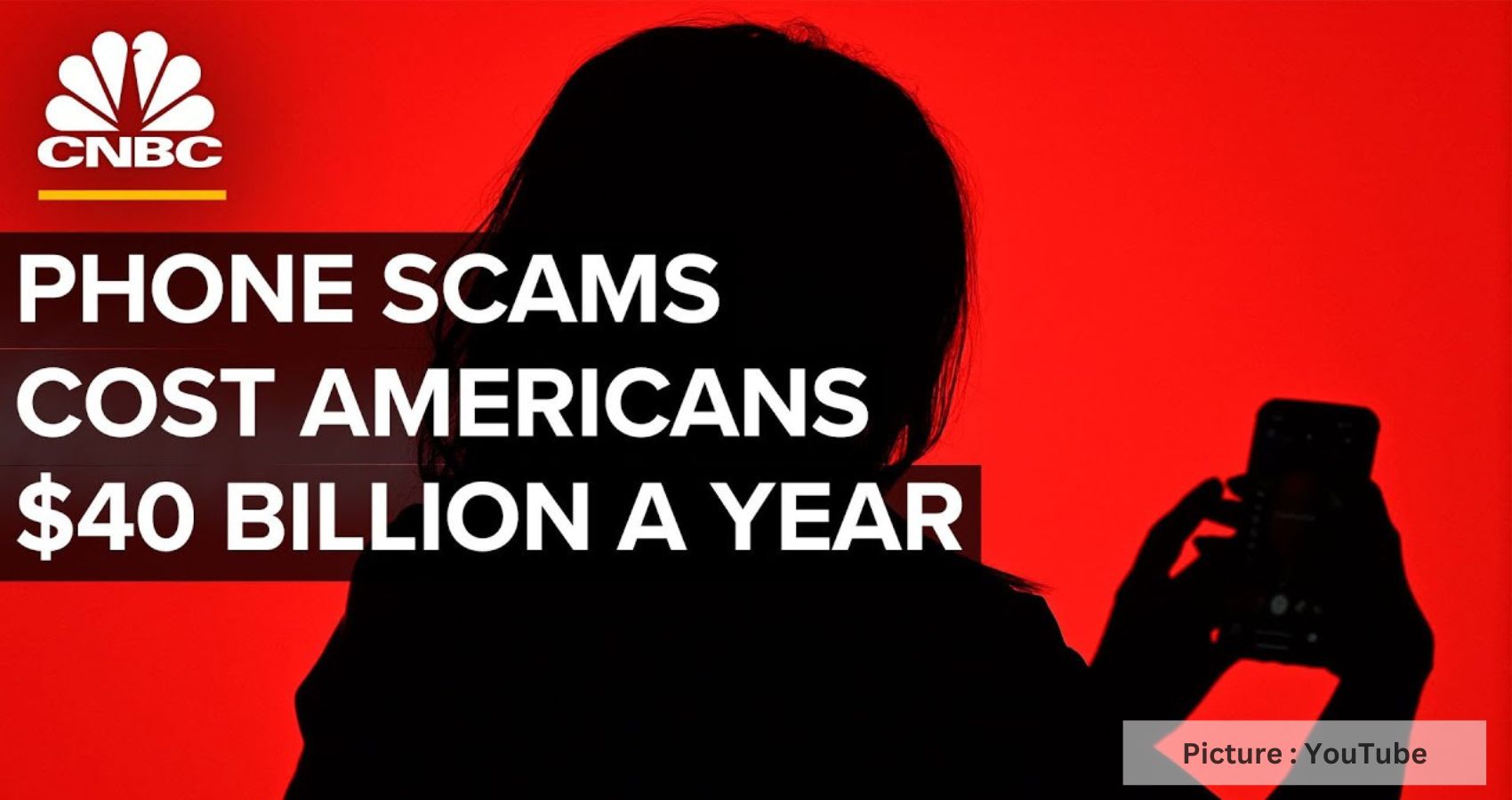

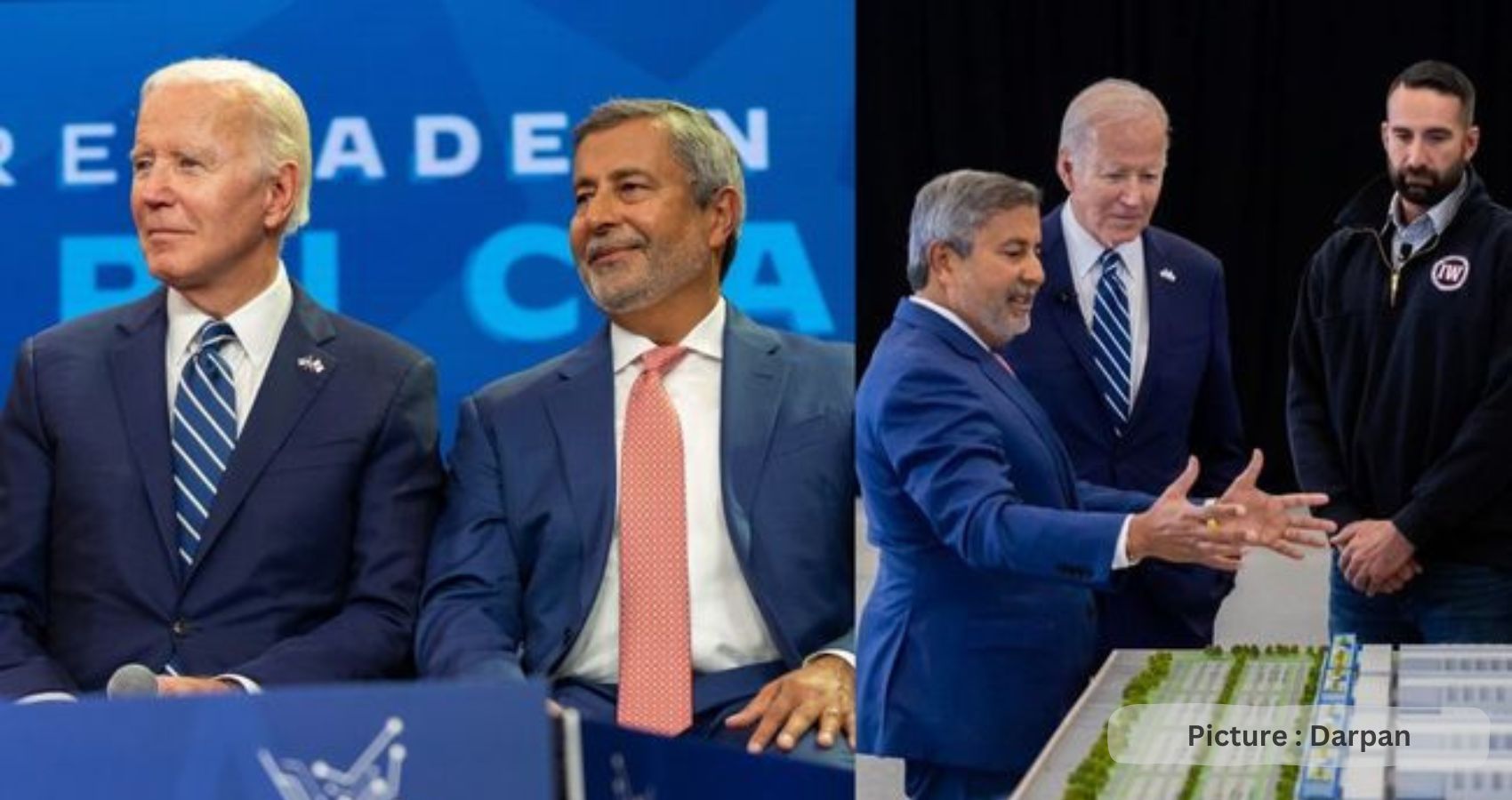

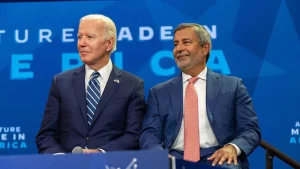
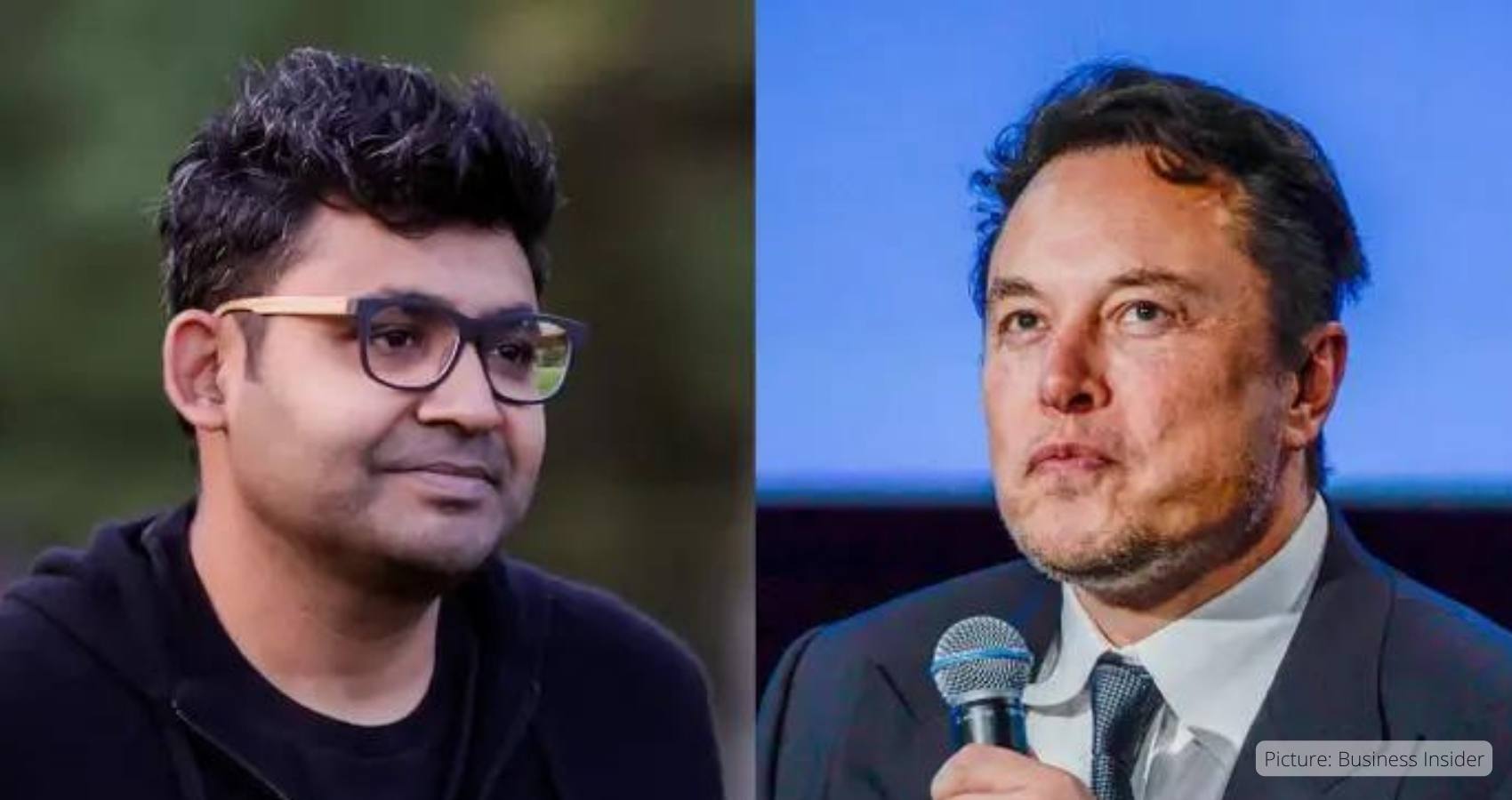

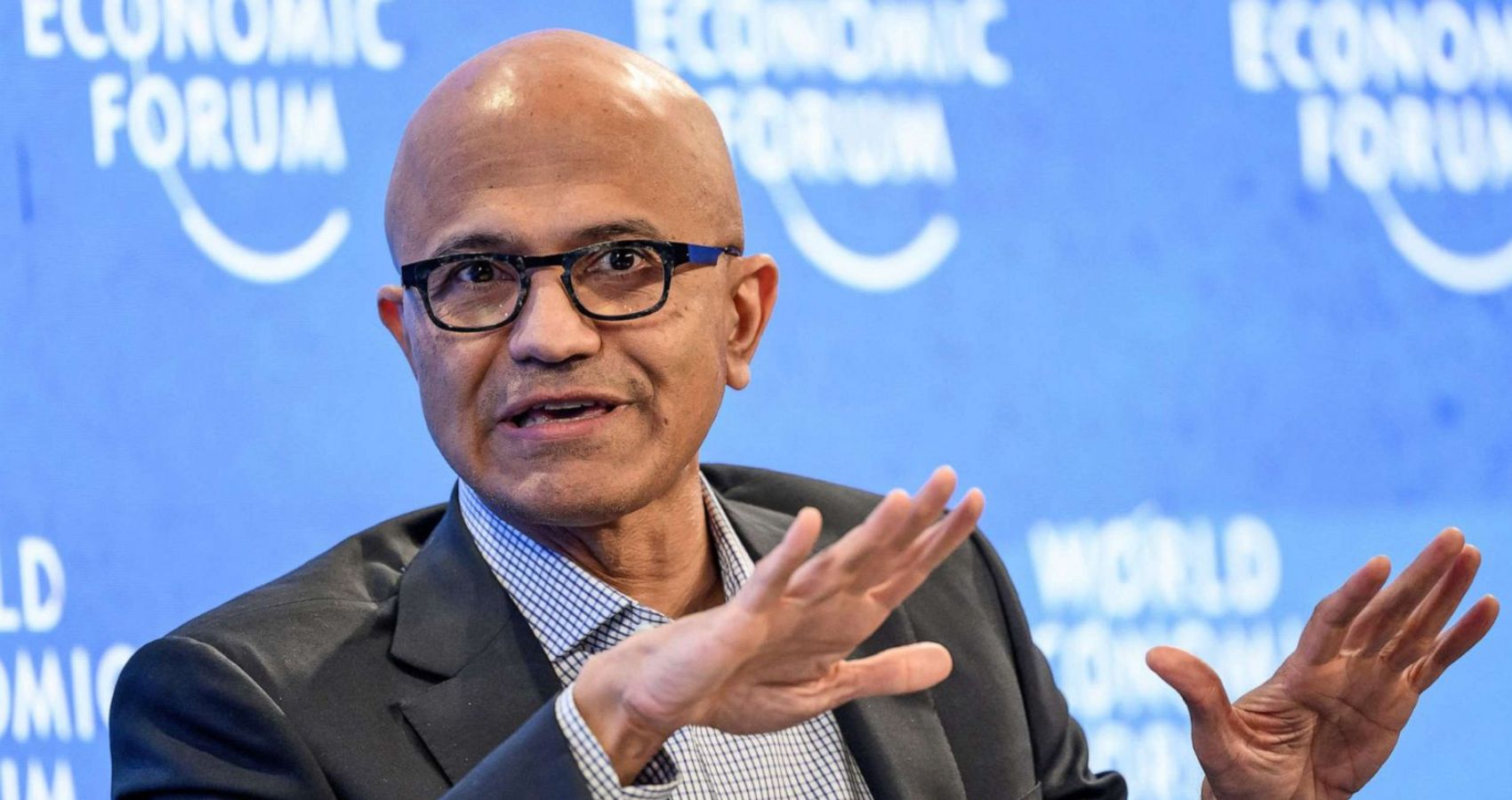
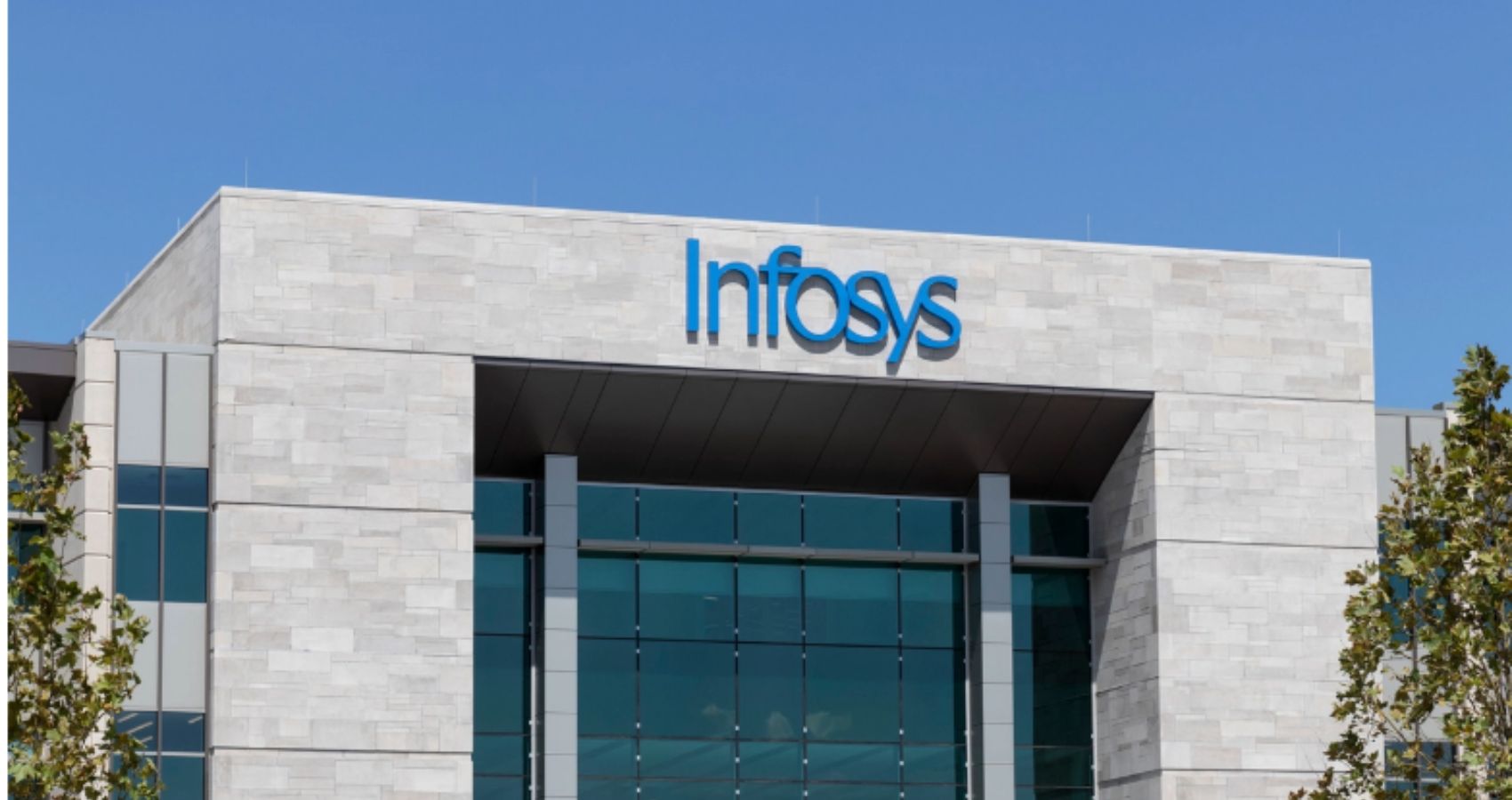
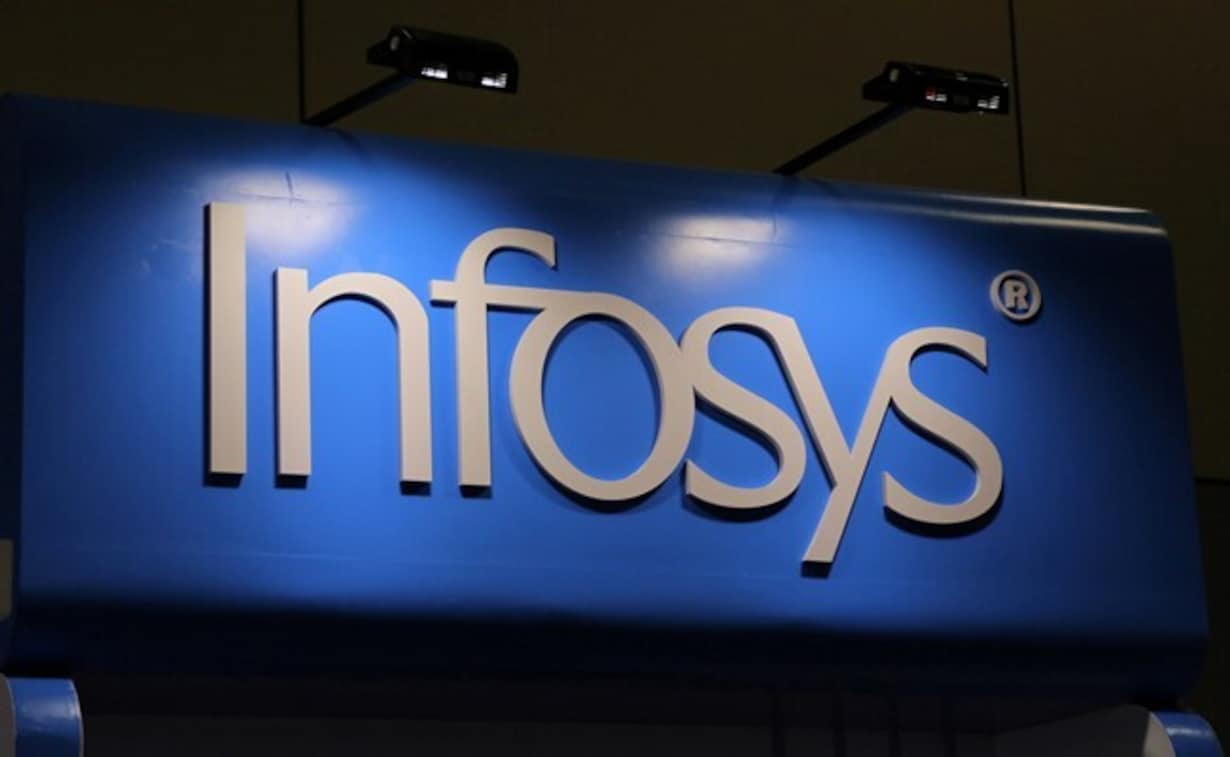 According to the court order, “In December 2018, Livingston joined Infosys as Senior Vice President for Consulting and Prejean’s day-to-day supervisor. Shortly after joining the firm, Livingston allegedly met with Prejean in Infosys’s New York office and told her that he wished her to exclude women “with children at home” and candidates near or over 50 years old. Prejean told Livingston that these demands were illegal, and Livingston allegedly responded by becoming “disturbed and angry.” He also allegedly threatened to remove her from her position if she did not capitulate.”
According to the court order, “In December 2018, Livingston joined Infosys as Senior Vice President for Consulting and Prejean’s day-to-day supervisor. Shortly after joining the firm, Livingston allegedly met with Prejean in Infosys’s New York office and told her that he wished her to exclude women “with children at home” and candidates near or over 50 years old. Prejean told Livingston that these demands were illegal, and Livingston allegedly responded by becoming “disturbed and angry.” He also allegedly threatened to remove her from her position if she did not capitulate.”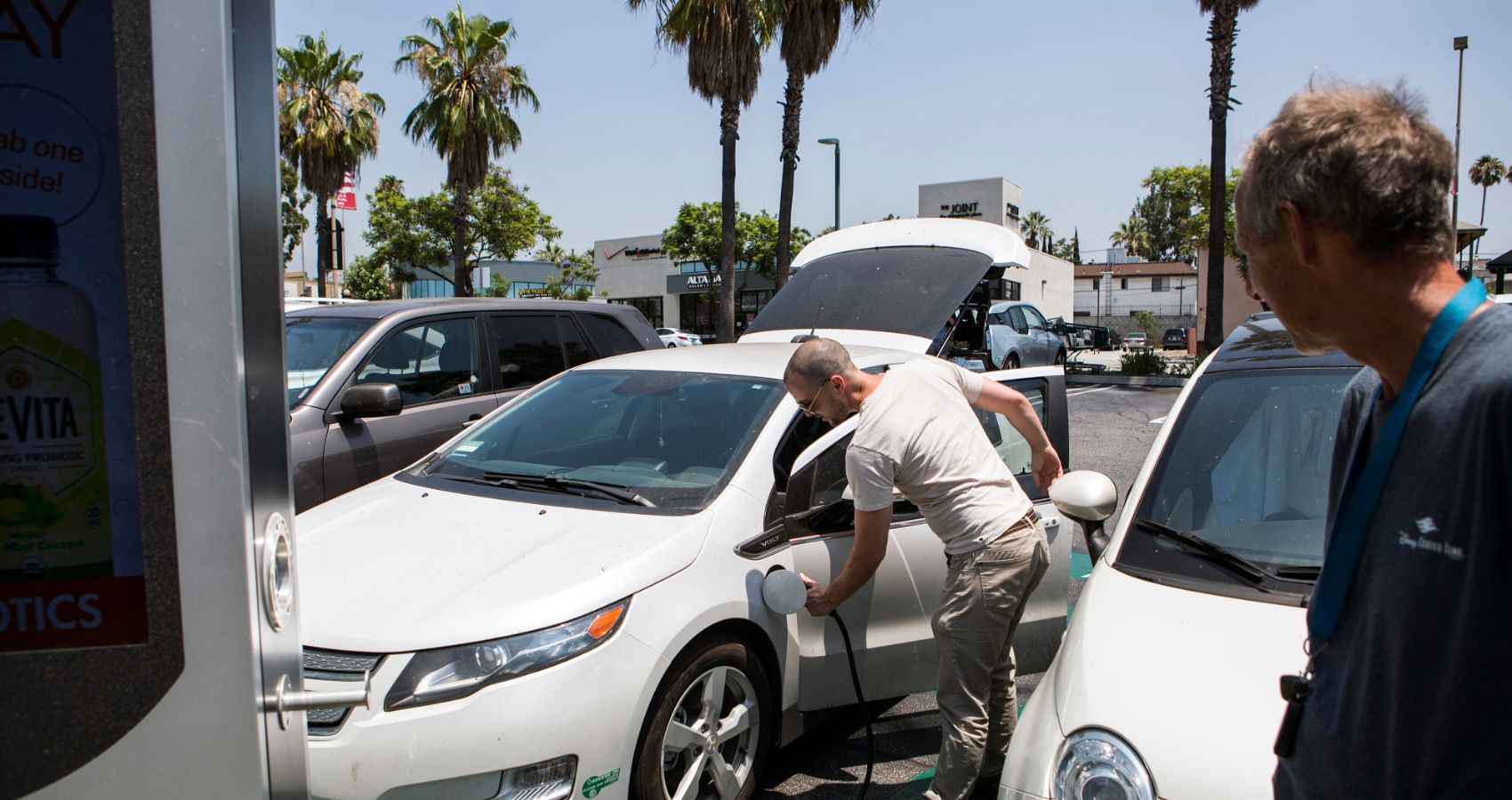
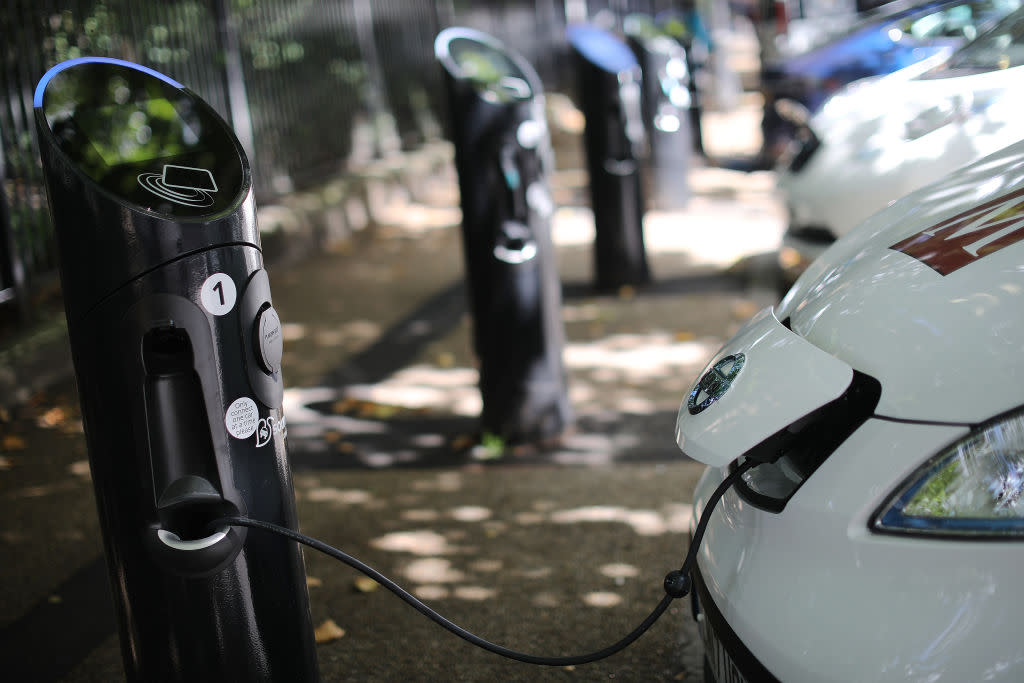 Wang is something of a rarity in the world of battery engineering—he’s been in the field since the early 1990s, contributing work on GM’s groundbreaking EV1, and his papers stretching back through the decades have been referenced by hundreds of other studies. About seven years ago, Wang and his team started looking into the question of how to make batteries charge faster. They tried several approaches, including methods to modulate the electrical current feeding energy into the battery, but ultimately cast that option aside.
Wang is something of a rarity in the world of battery engineering—he’s been in the field since the early 1990s, contributing work on GM’s groundbreaking EV1, and his papers stretching back through the decades have been referenced by hundreds of other studies. About seven years ago, Wang and his team started looking into the question of how to make batteries charge faster. They tried several approaches, including methods to modulate the electrical current feeding energy into the battery, but ultimately cast that option aside. 